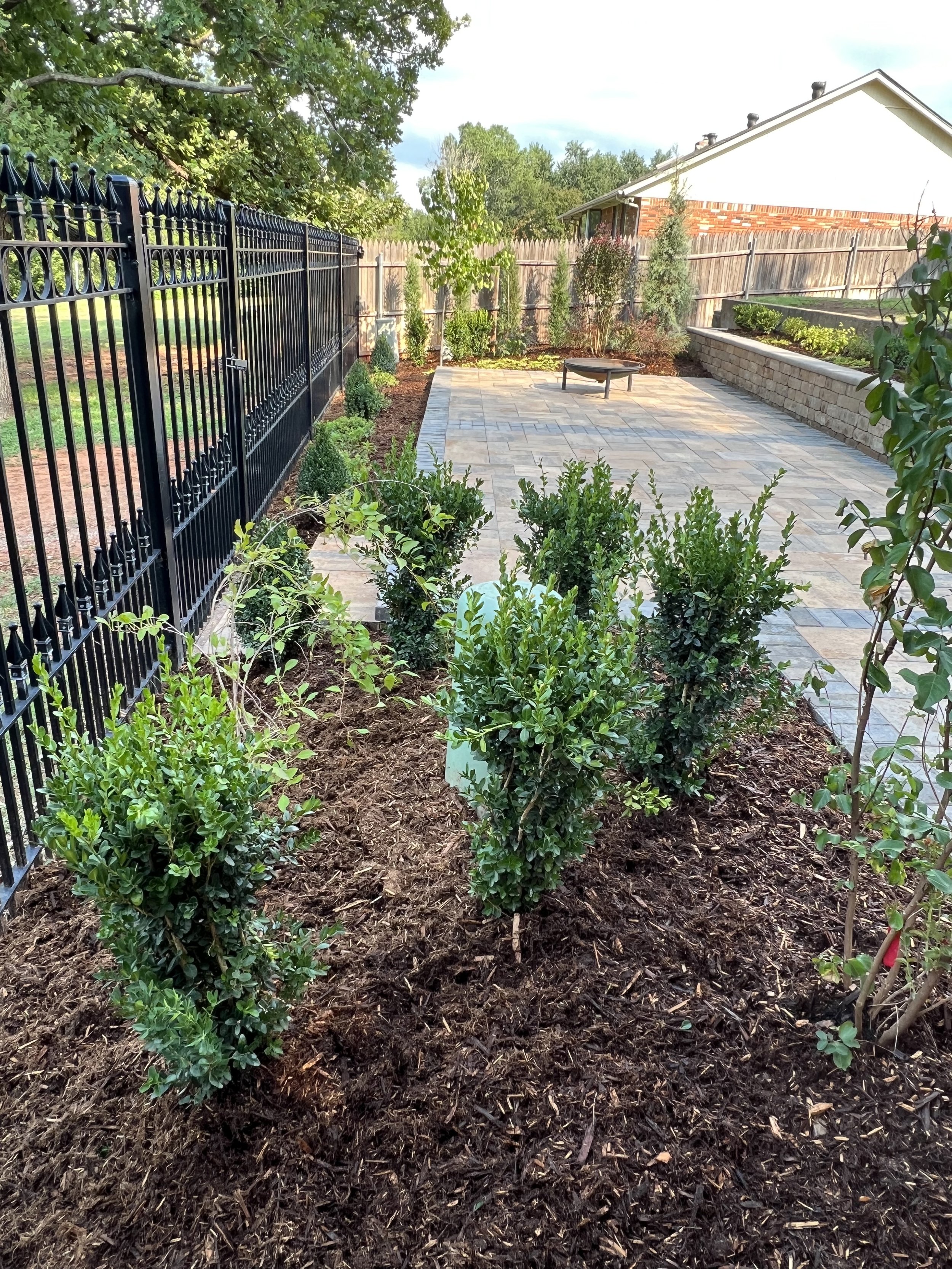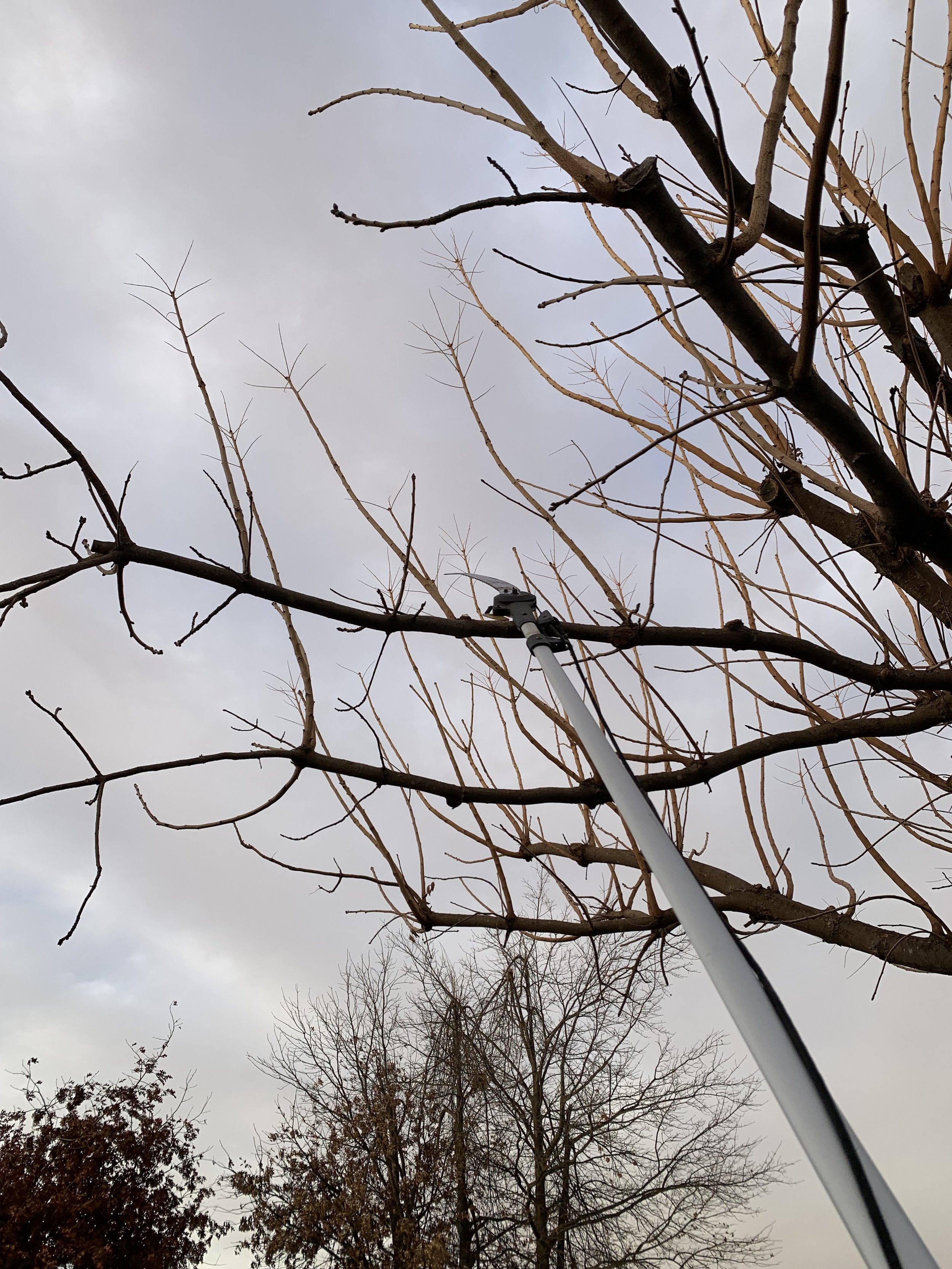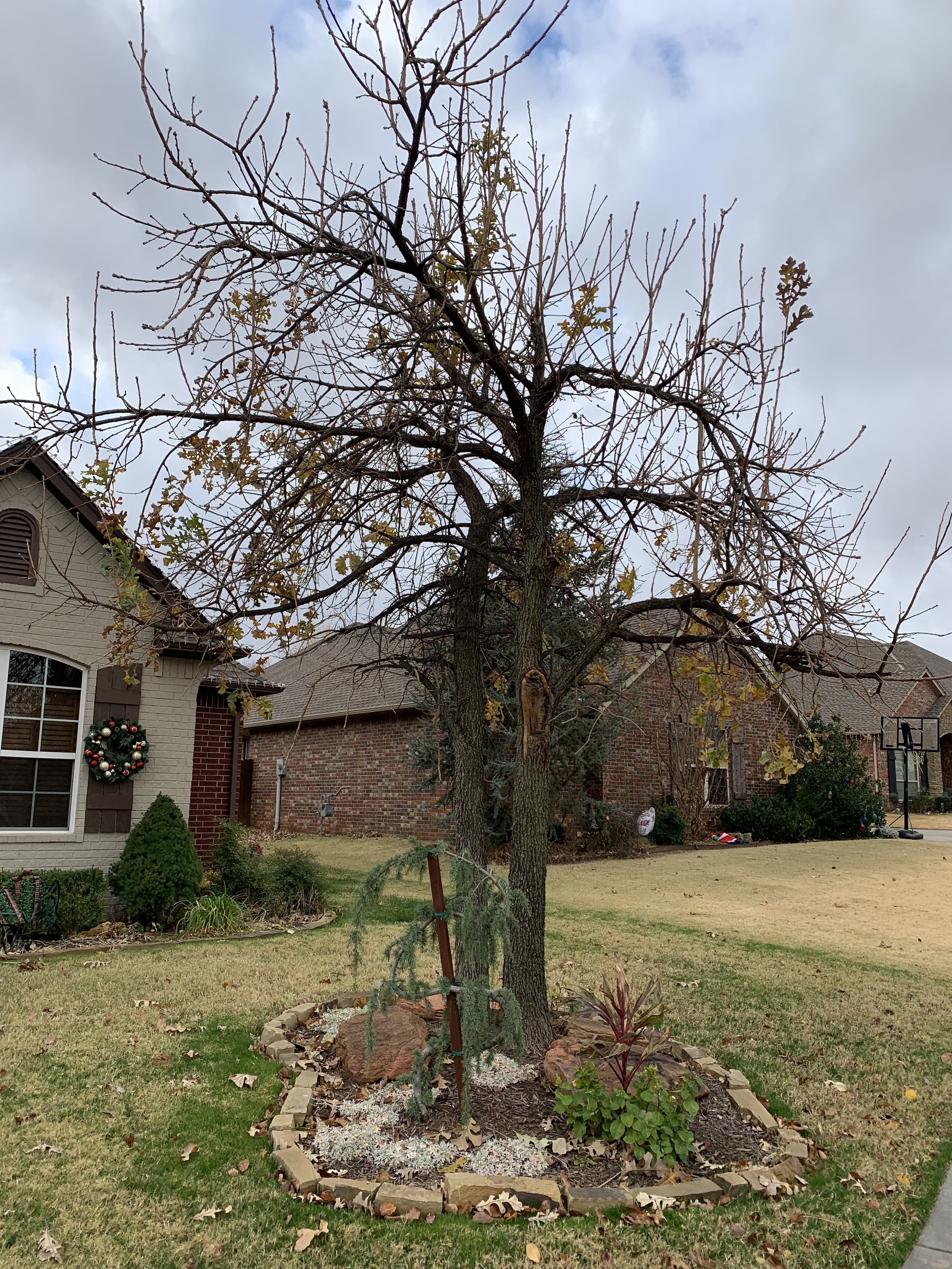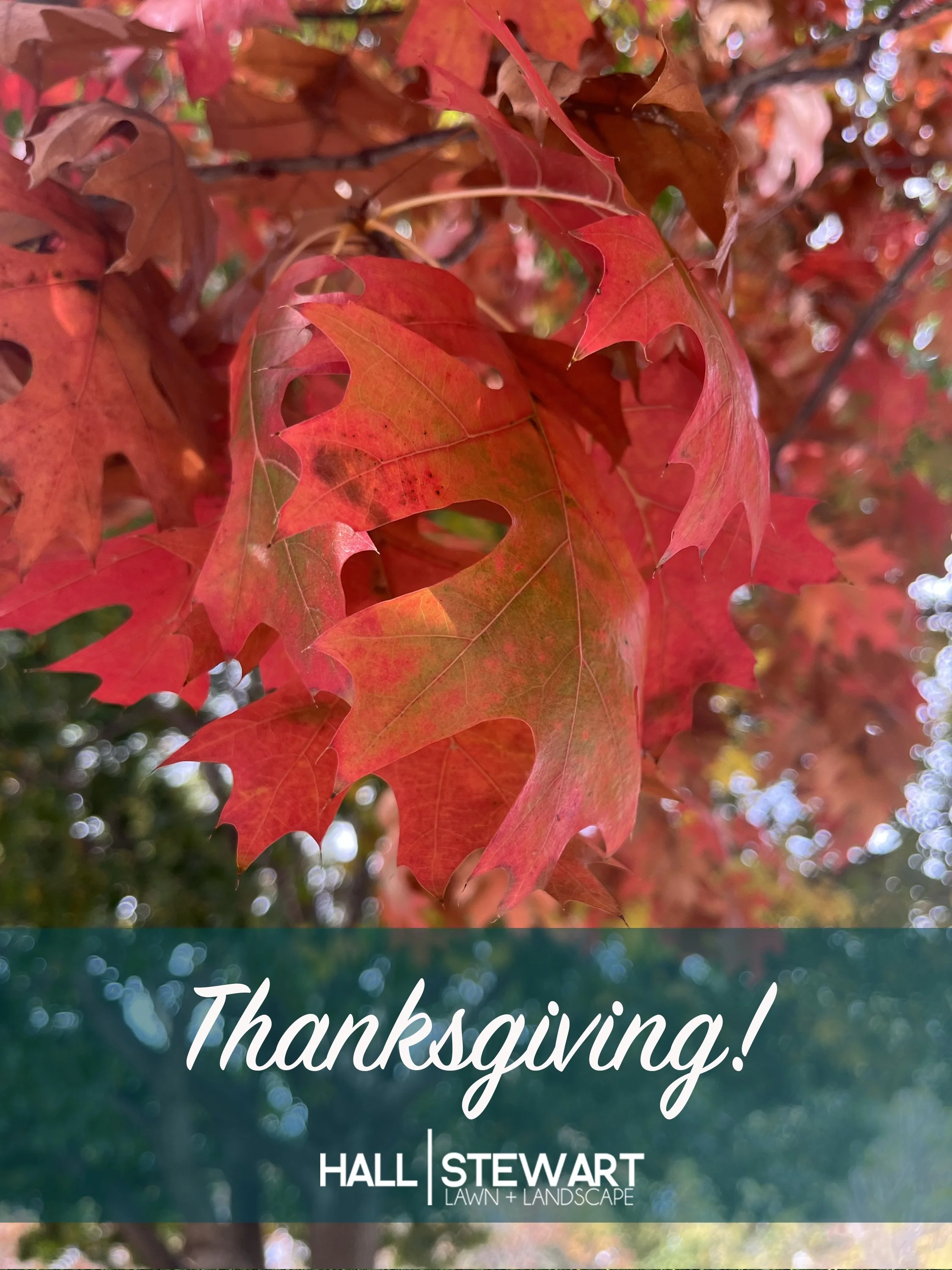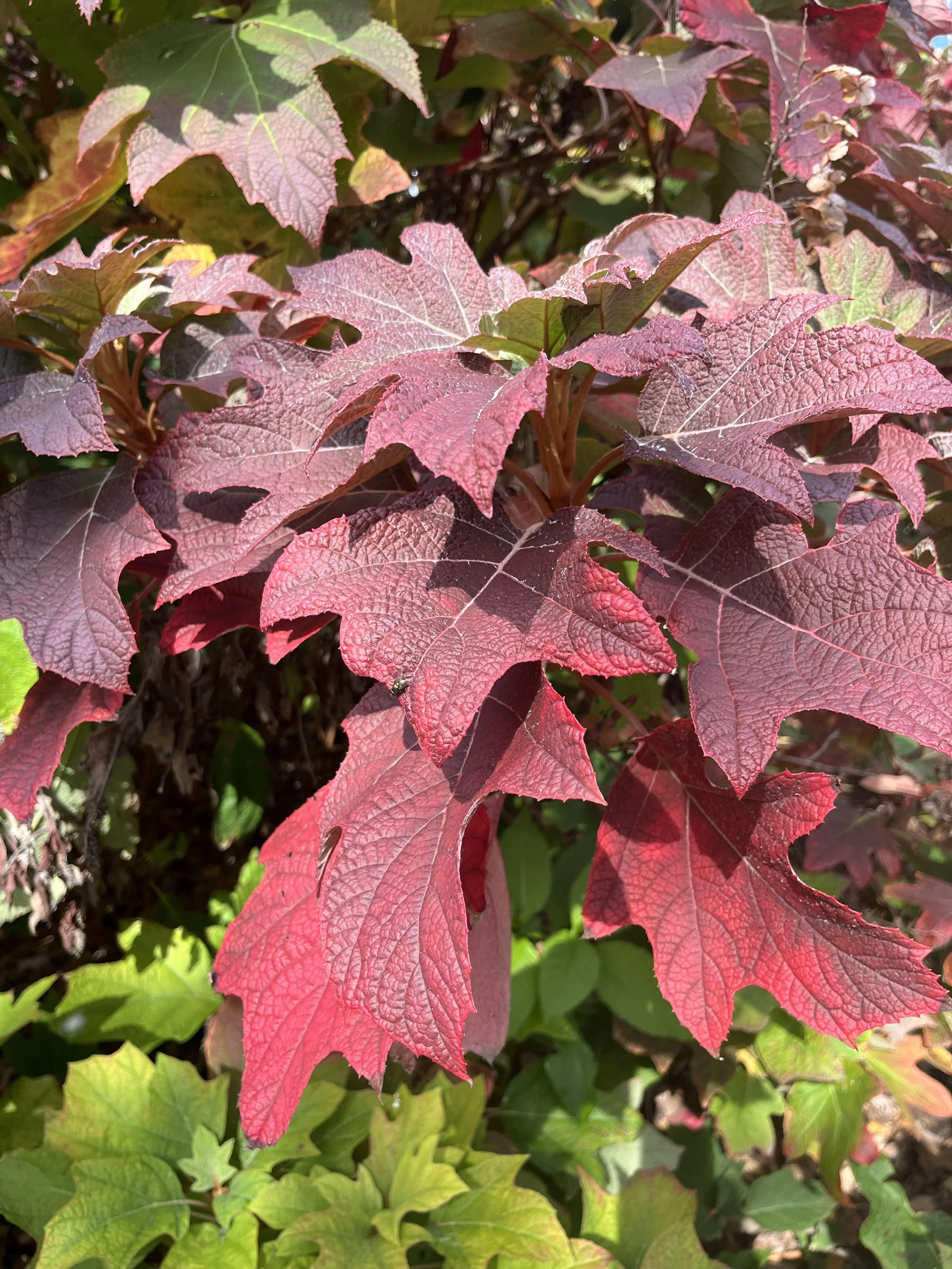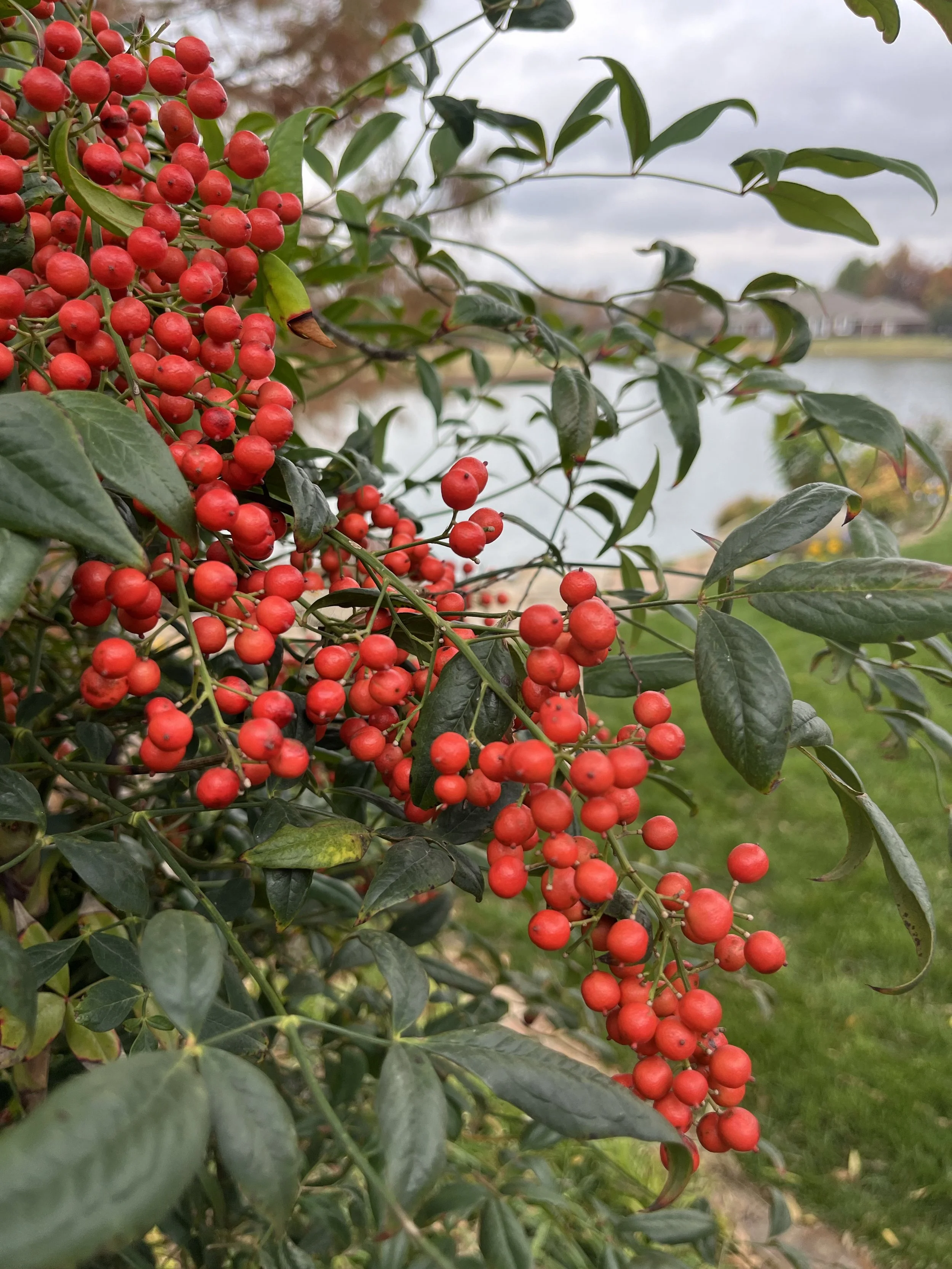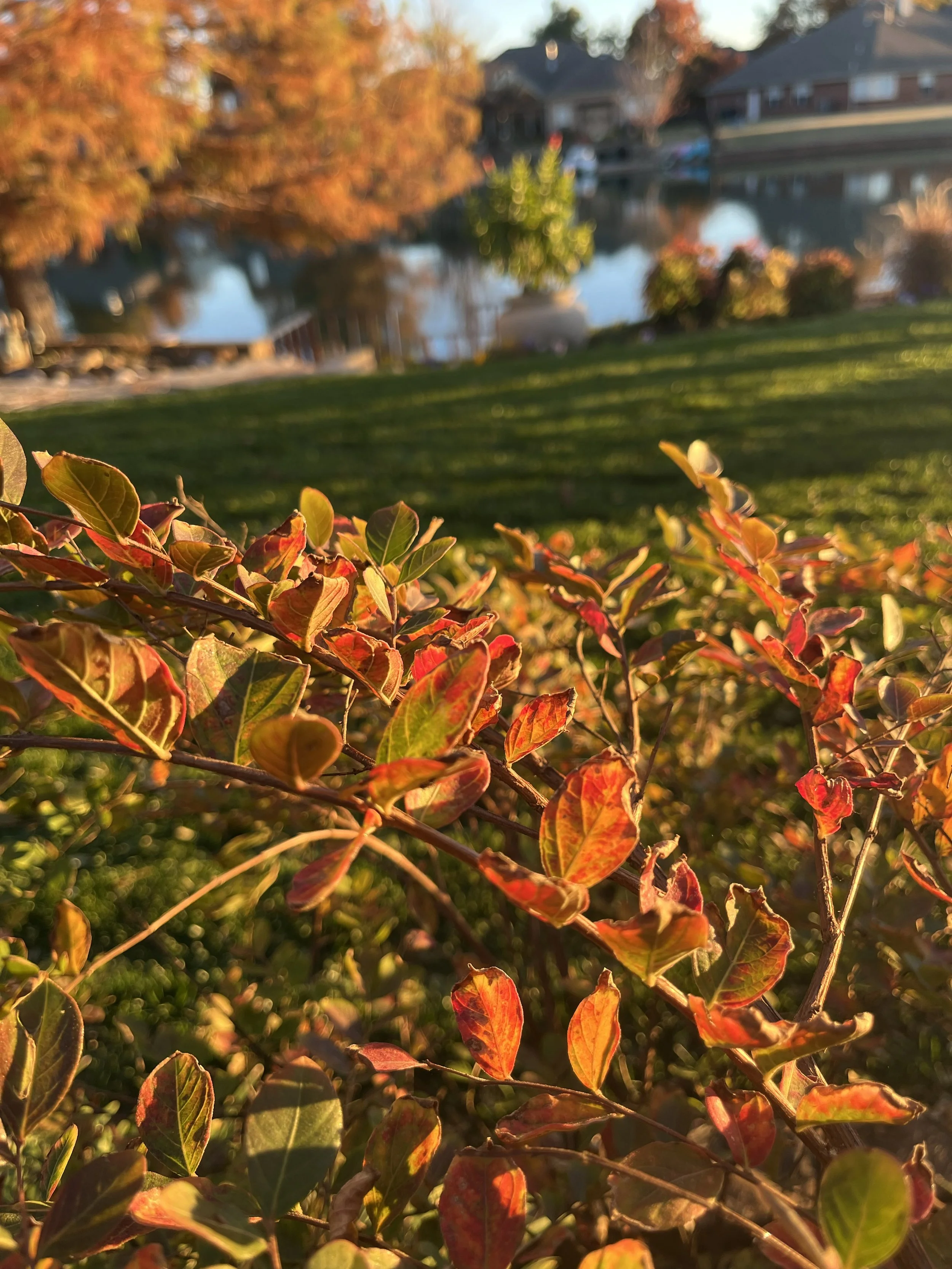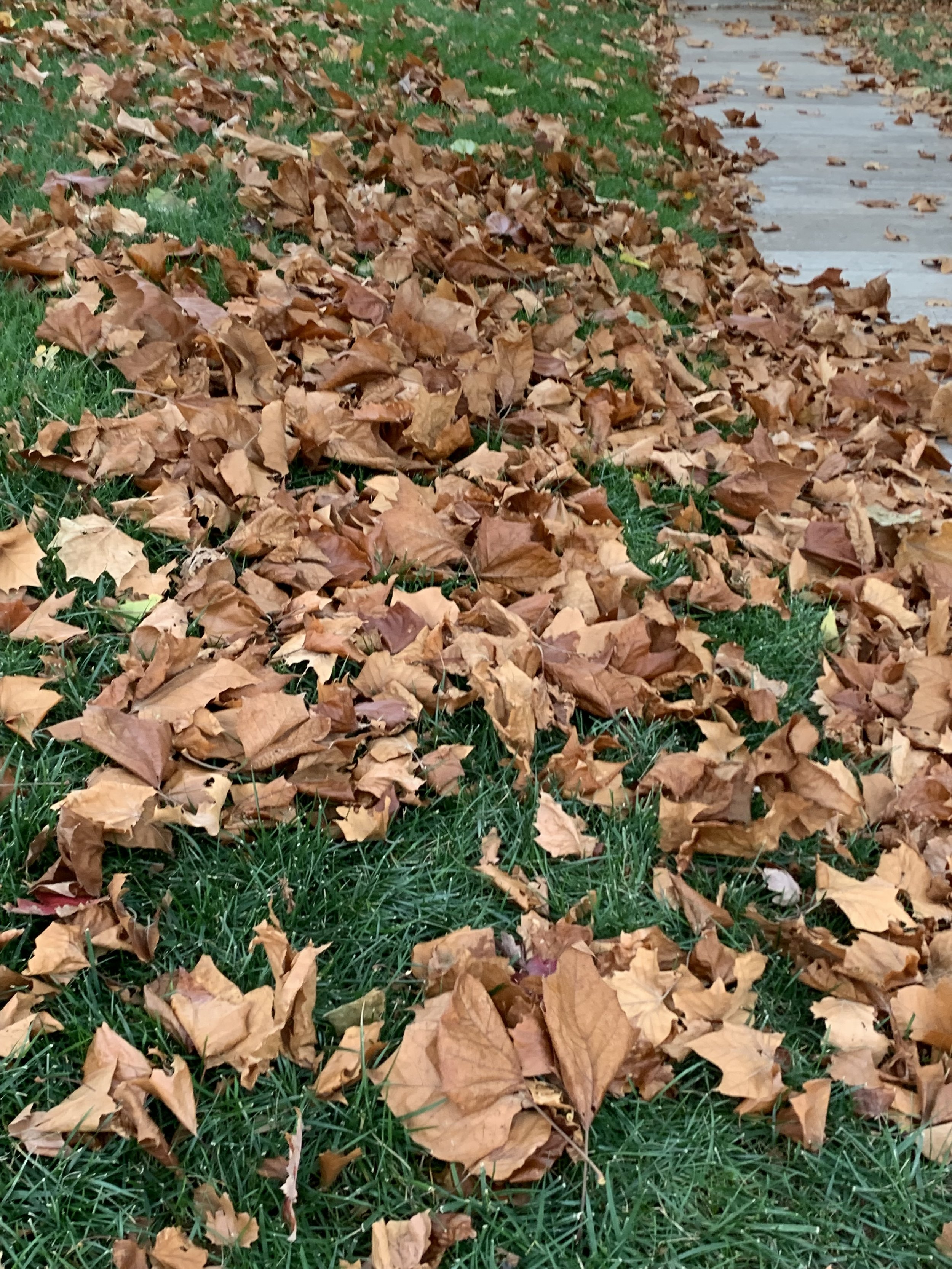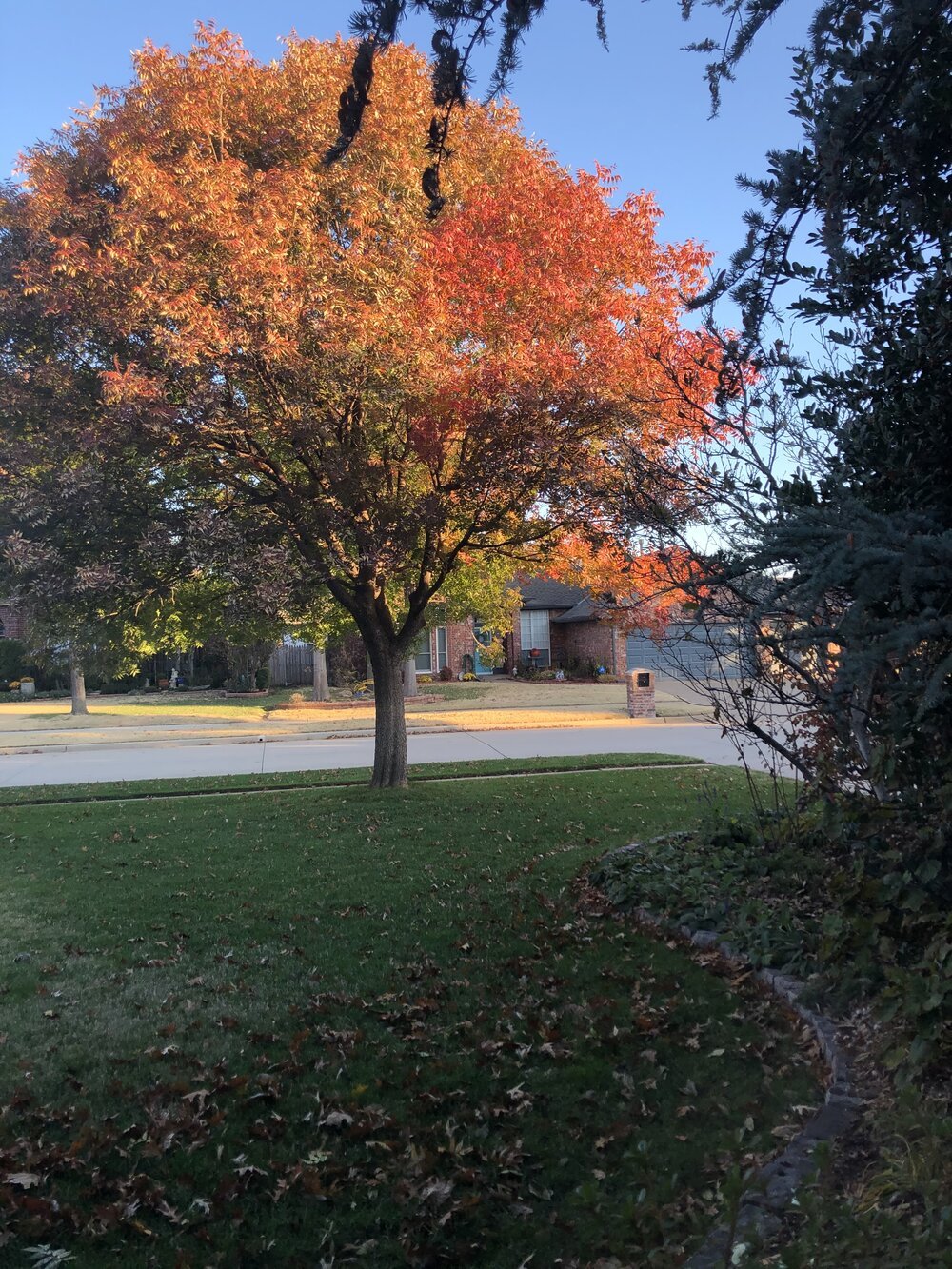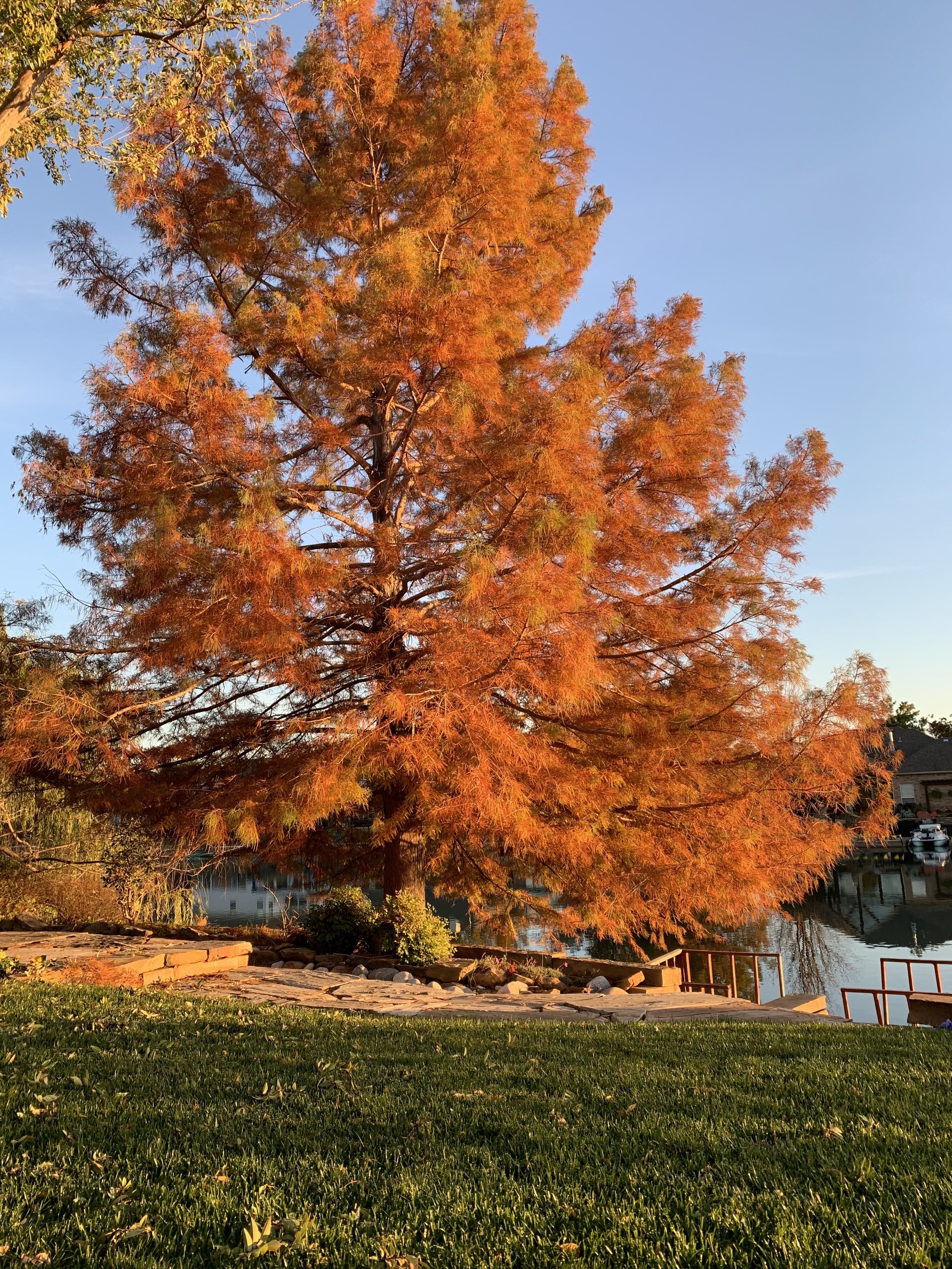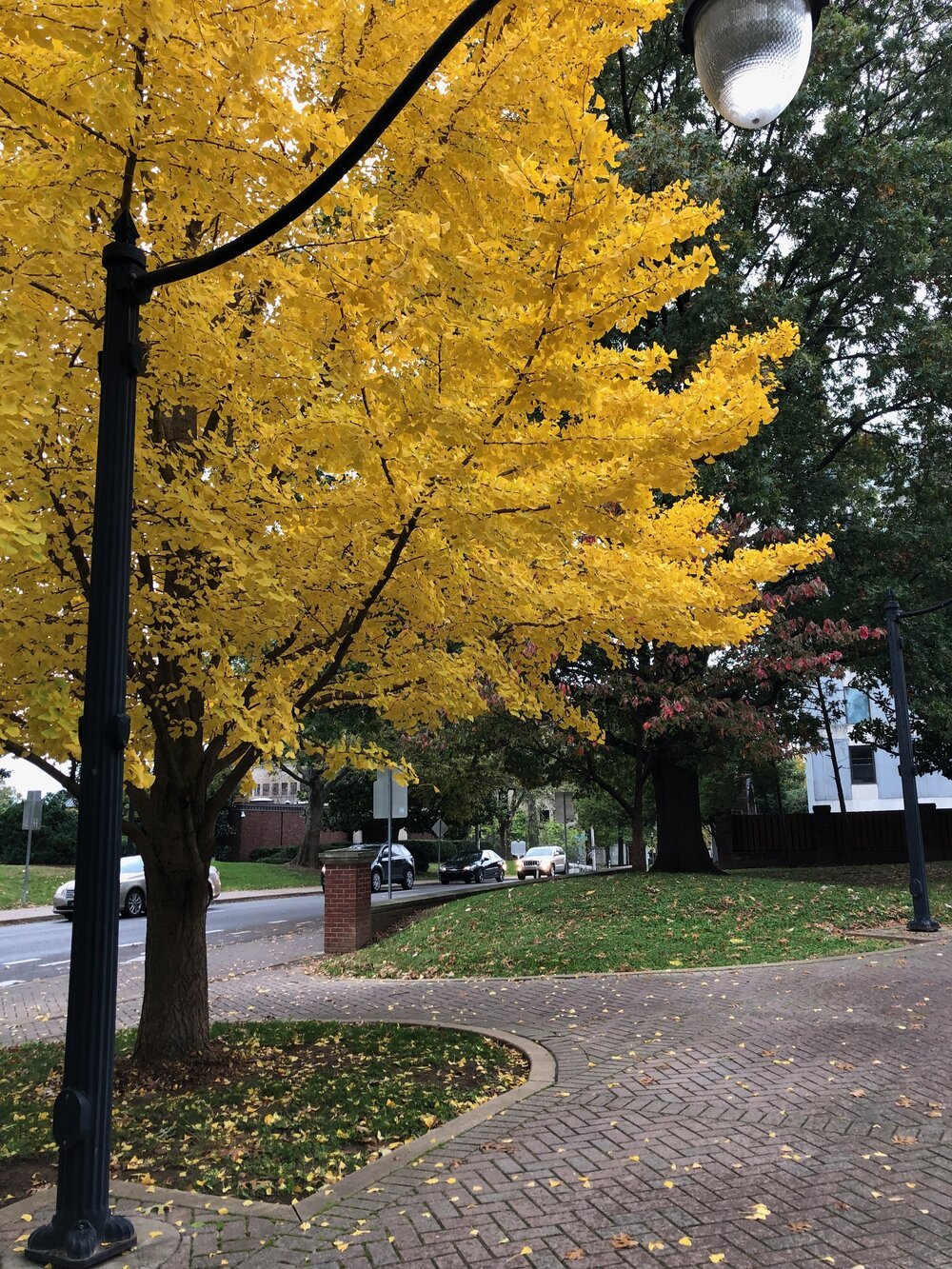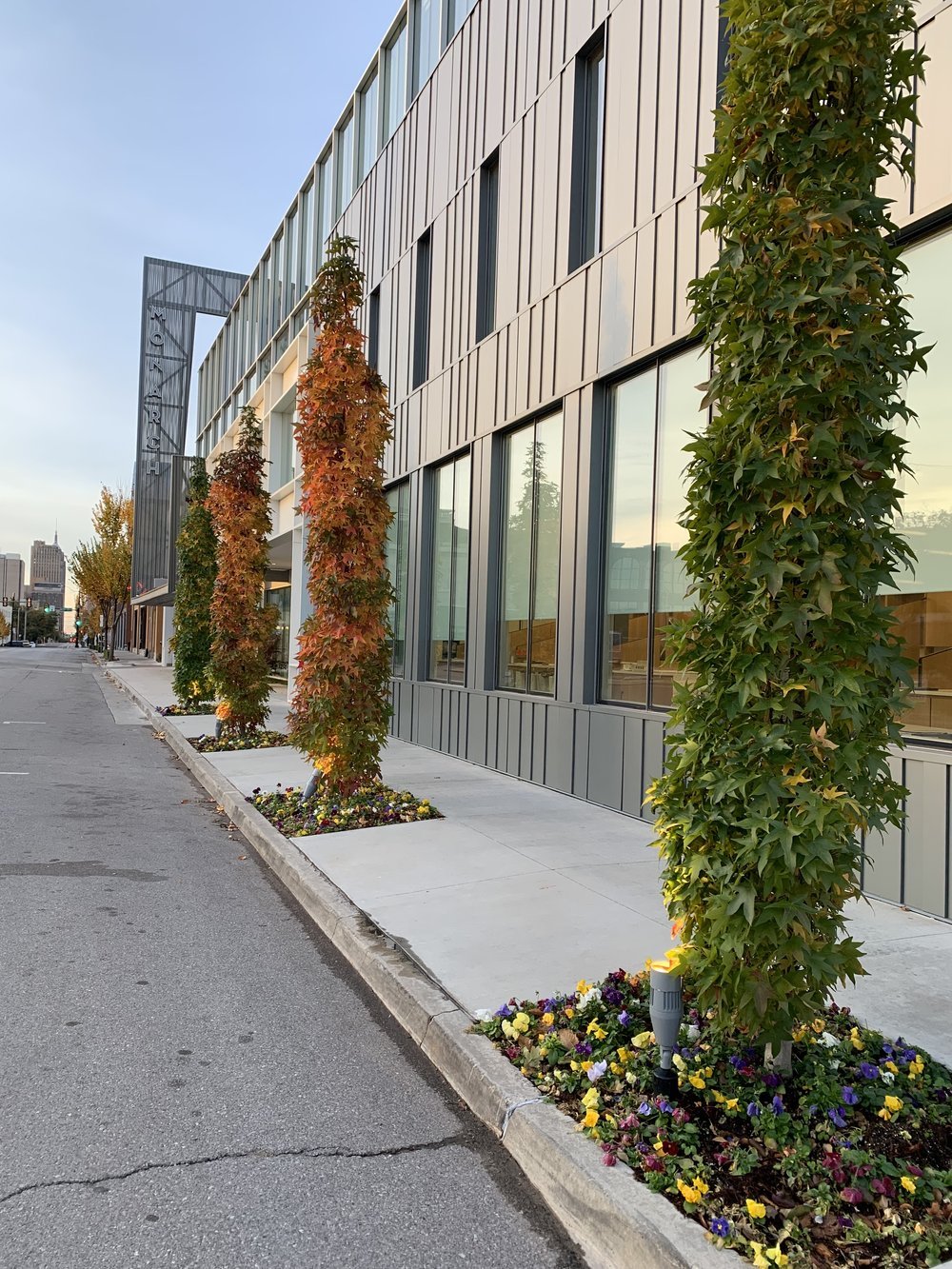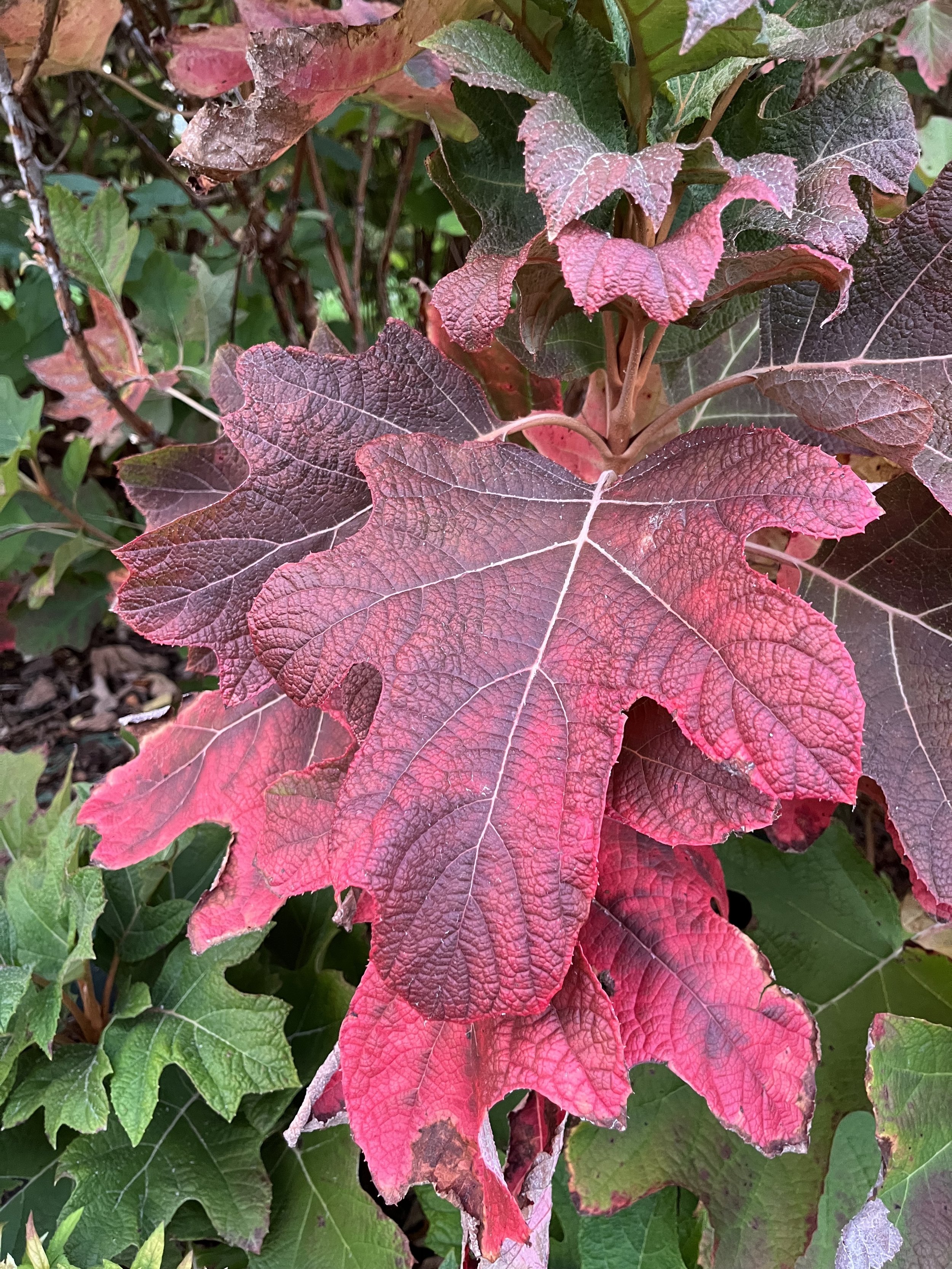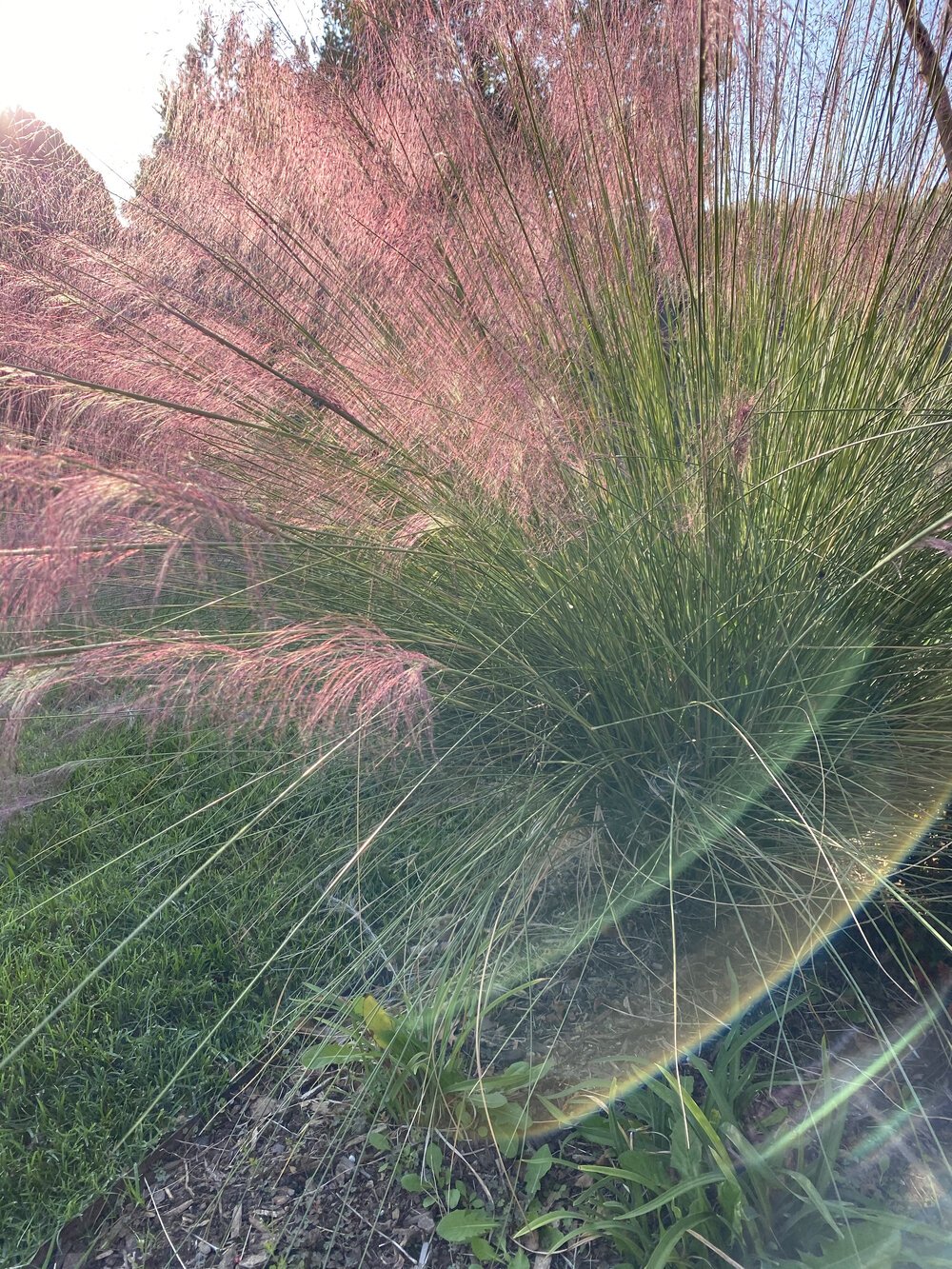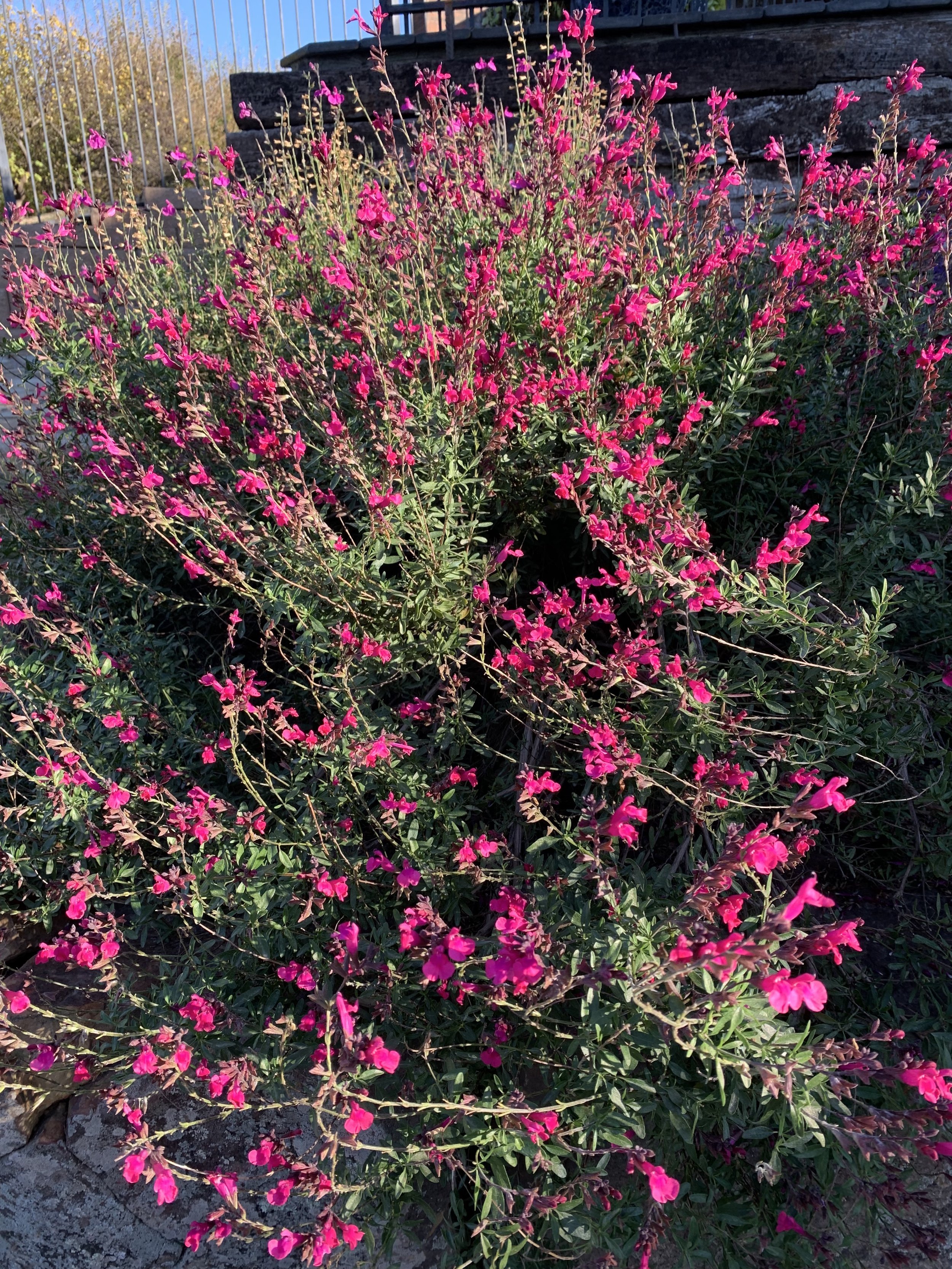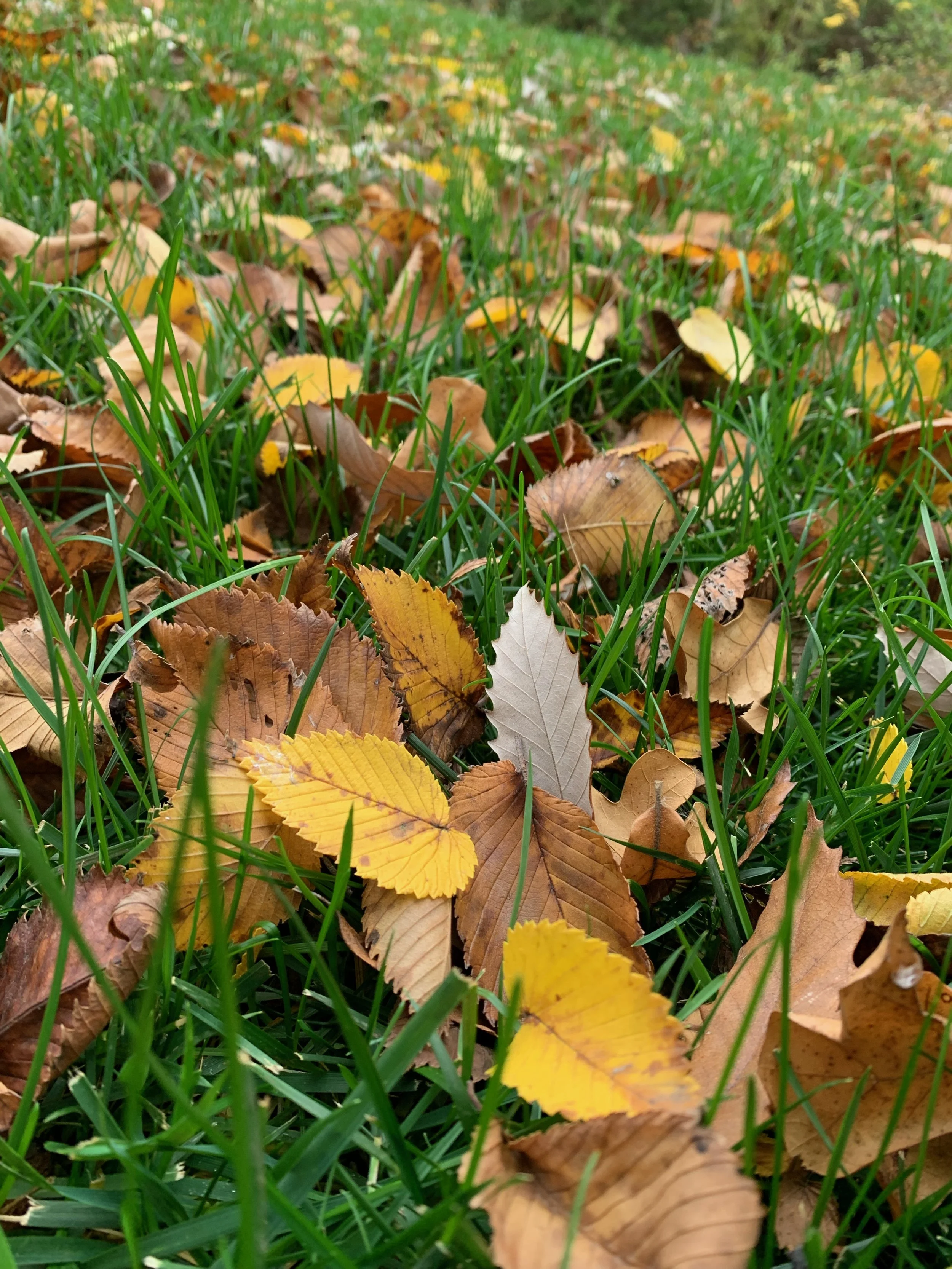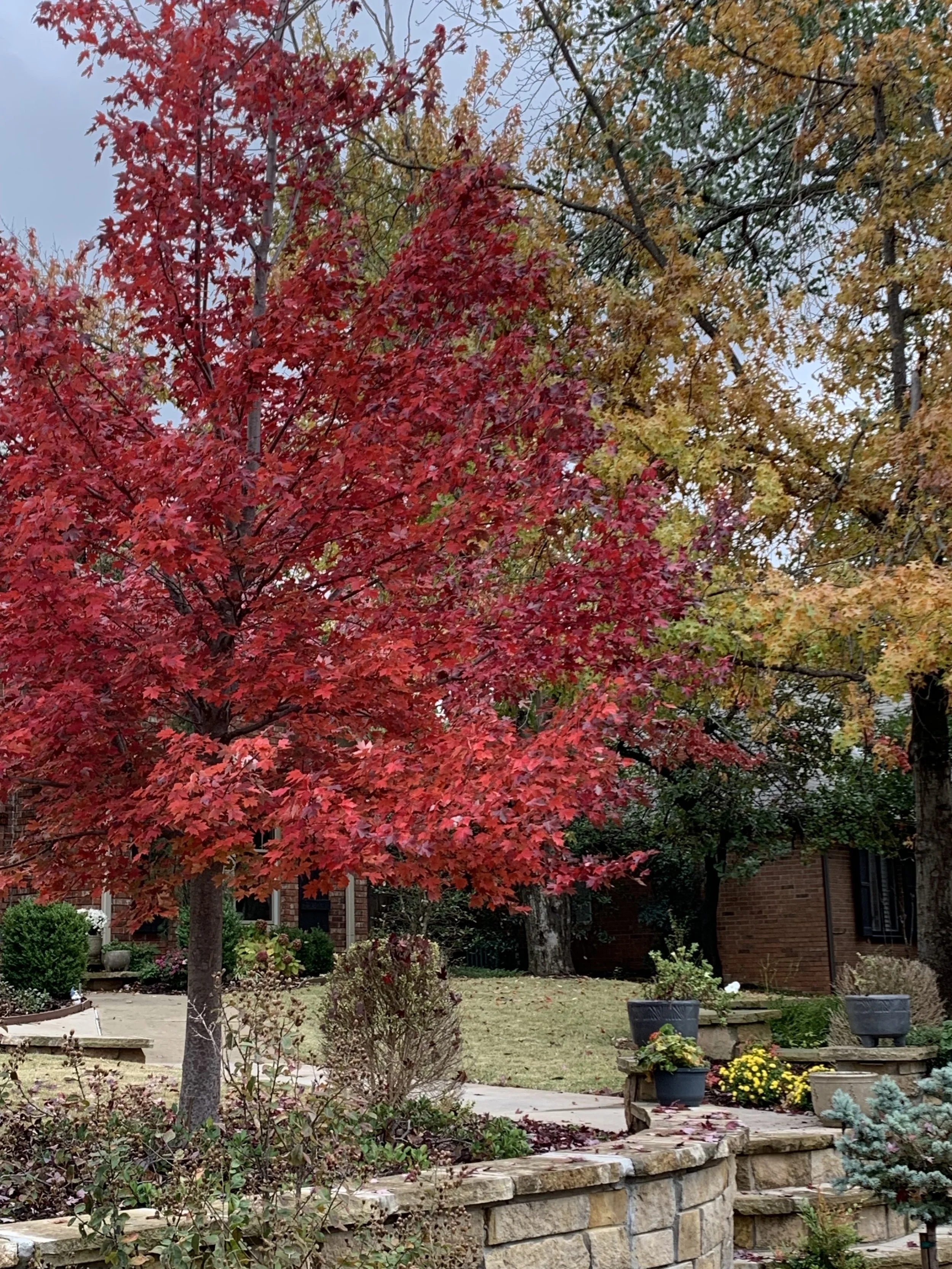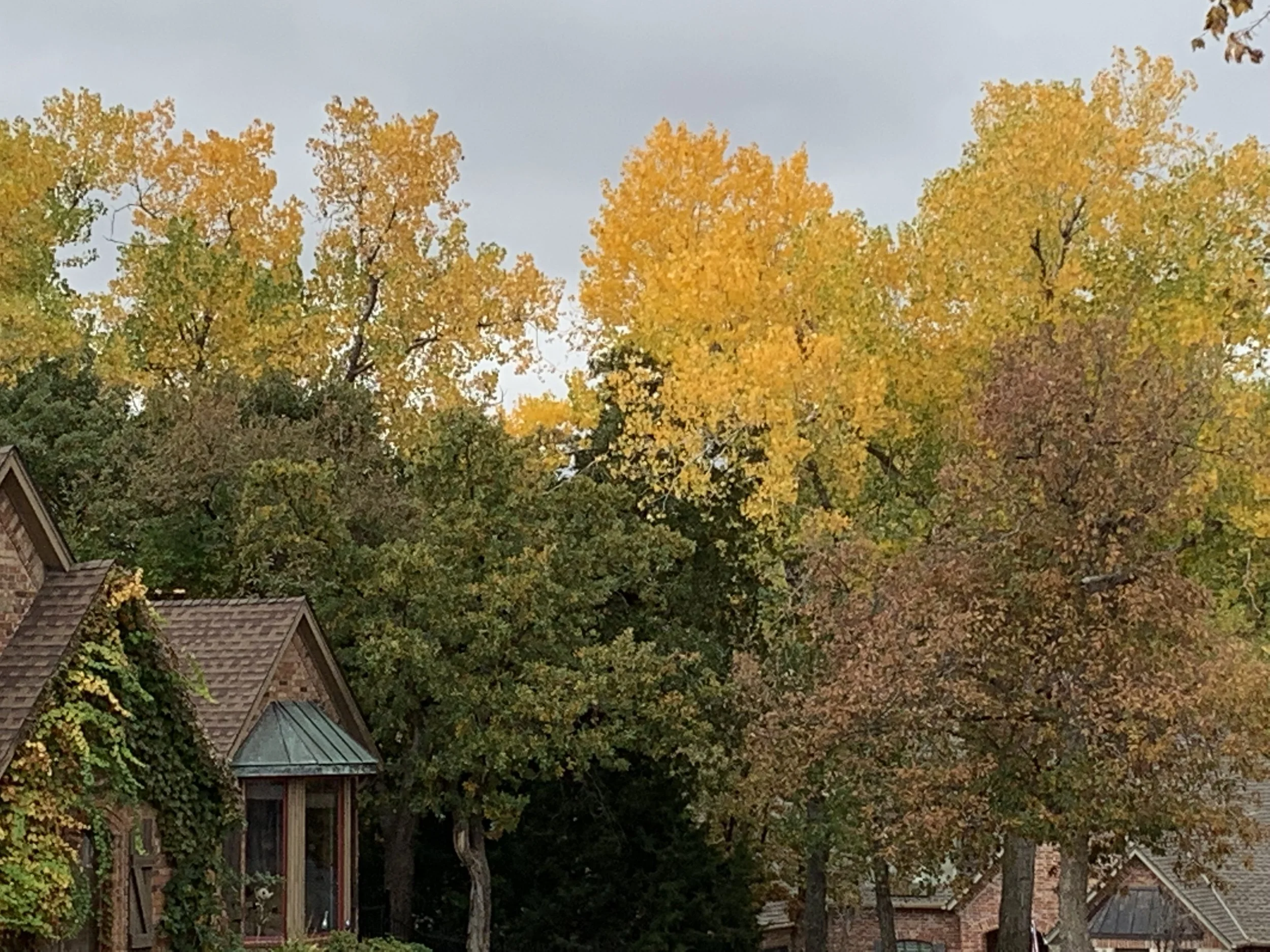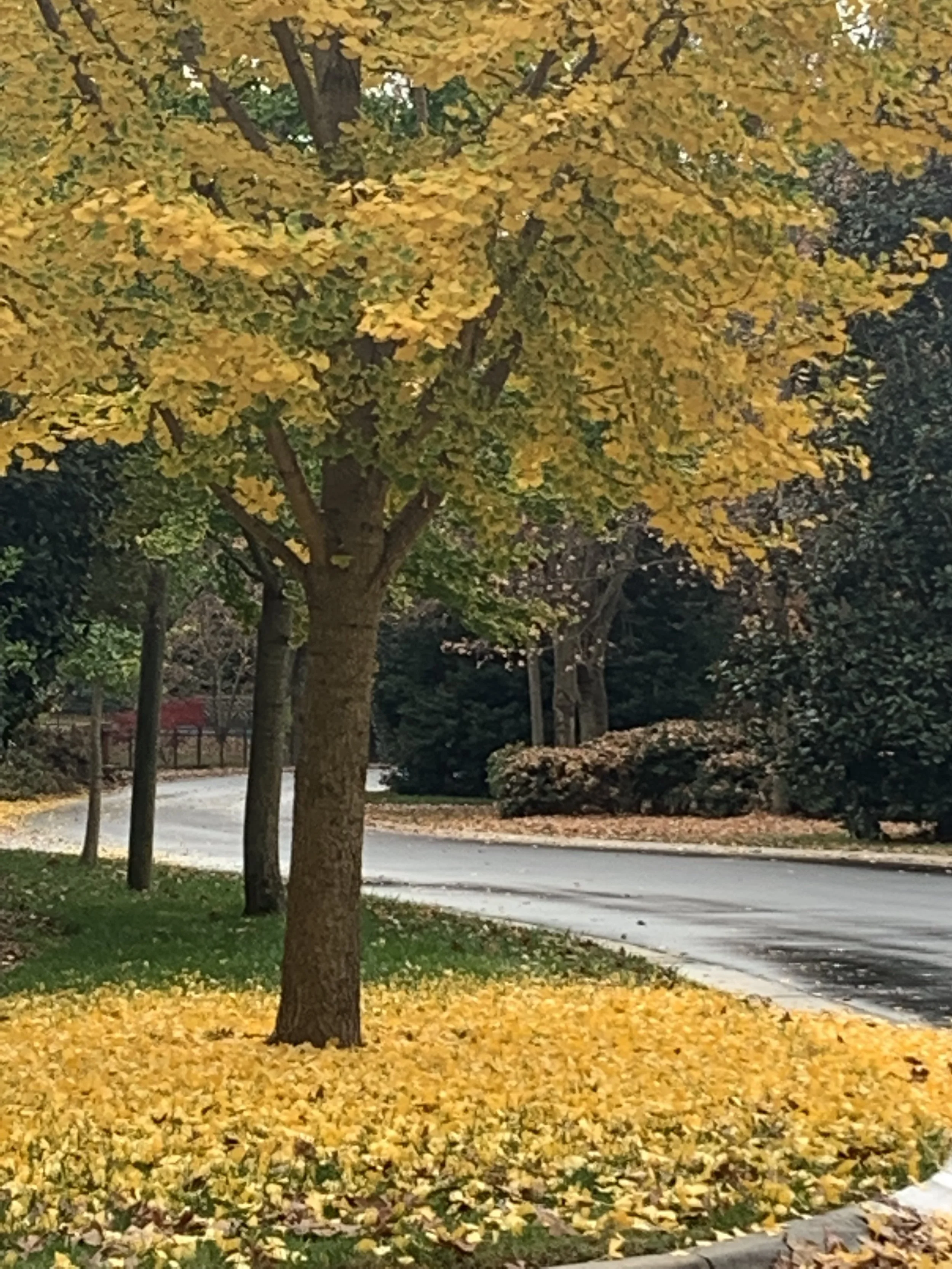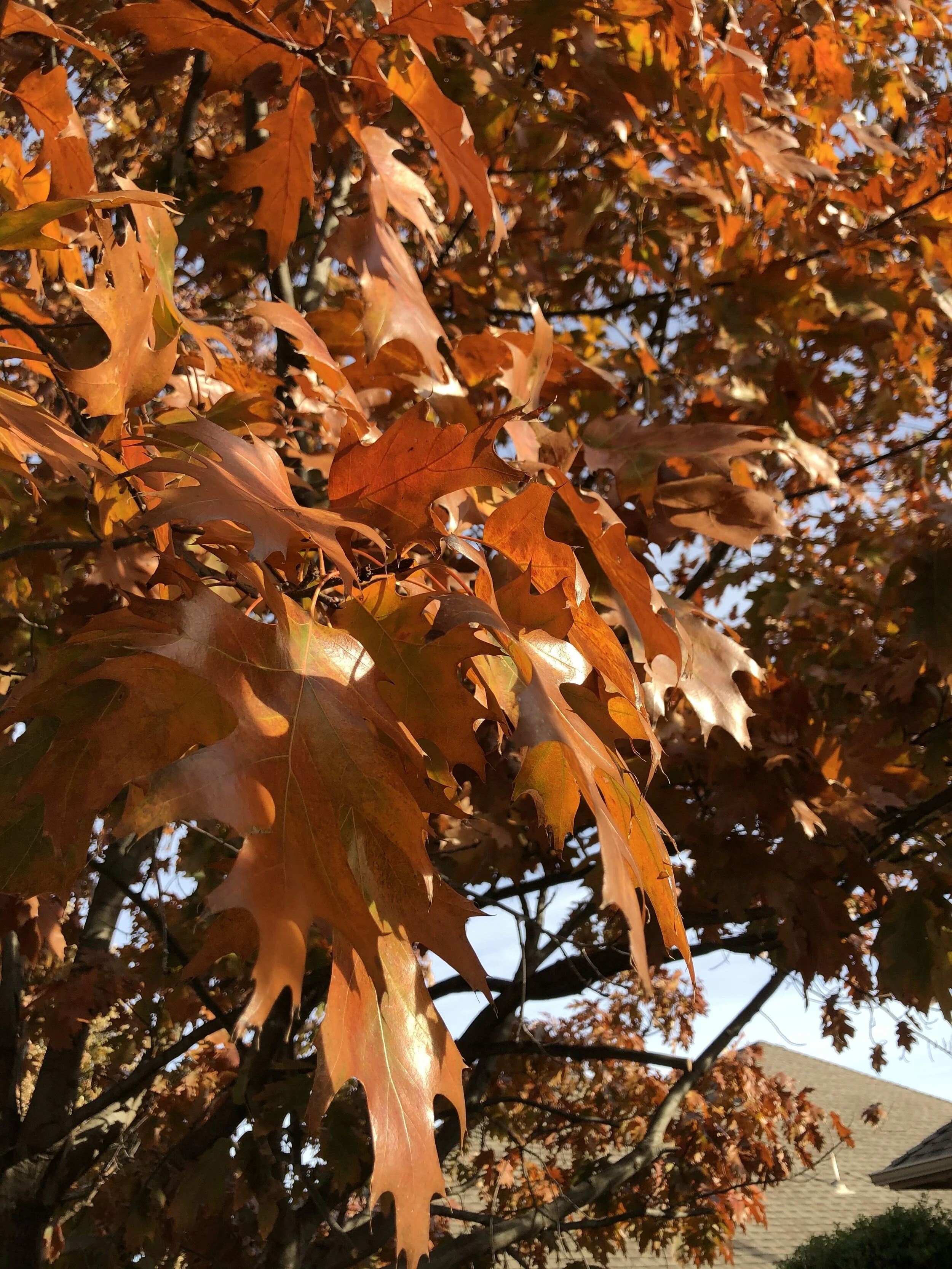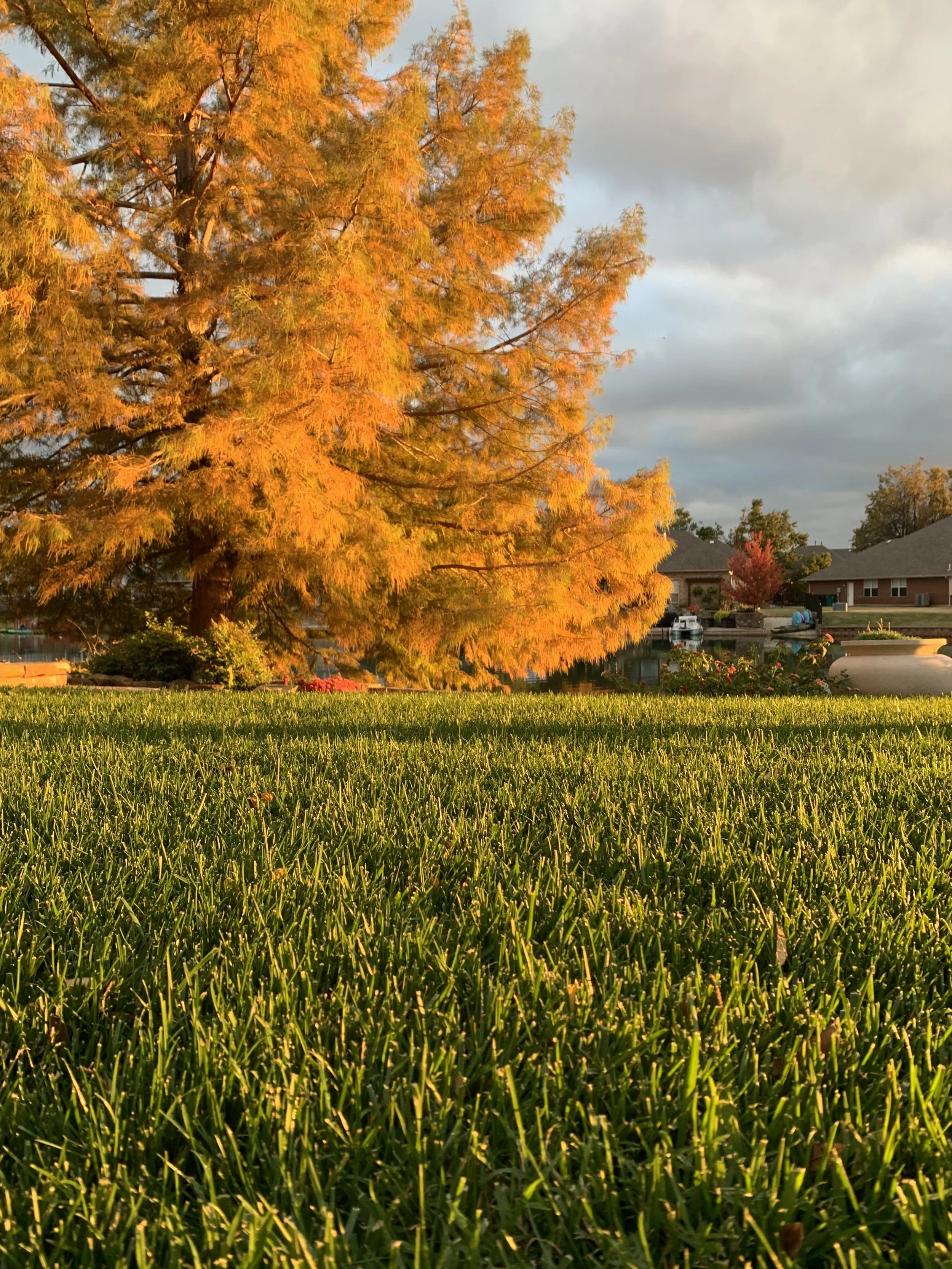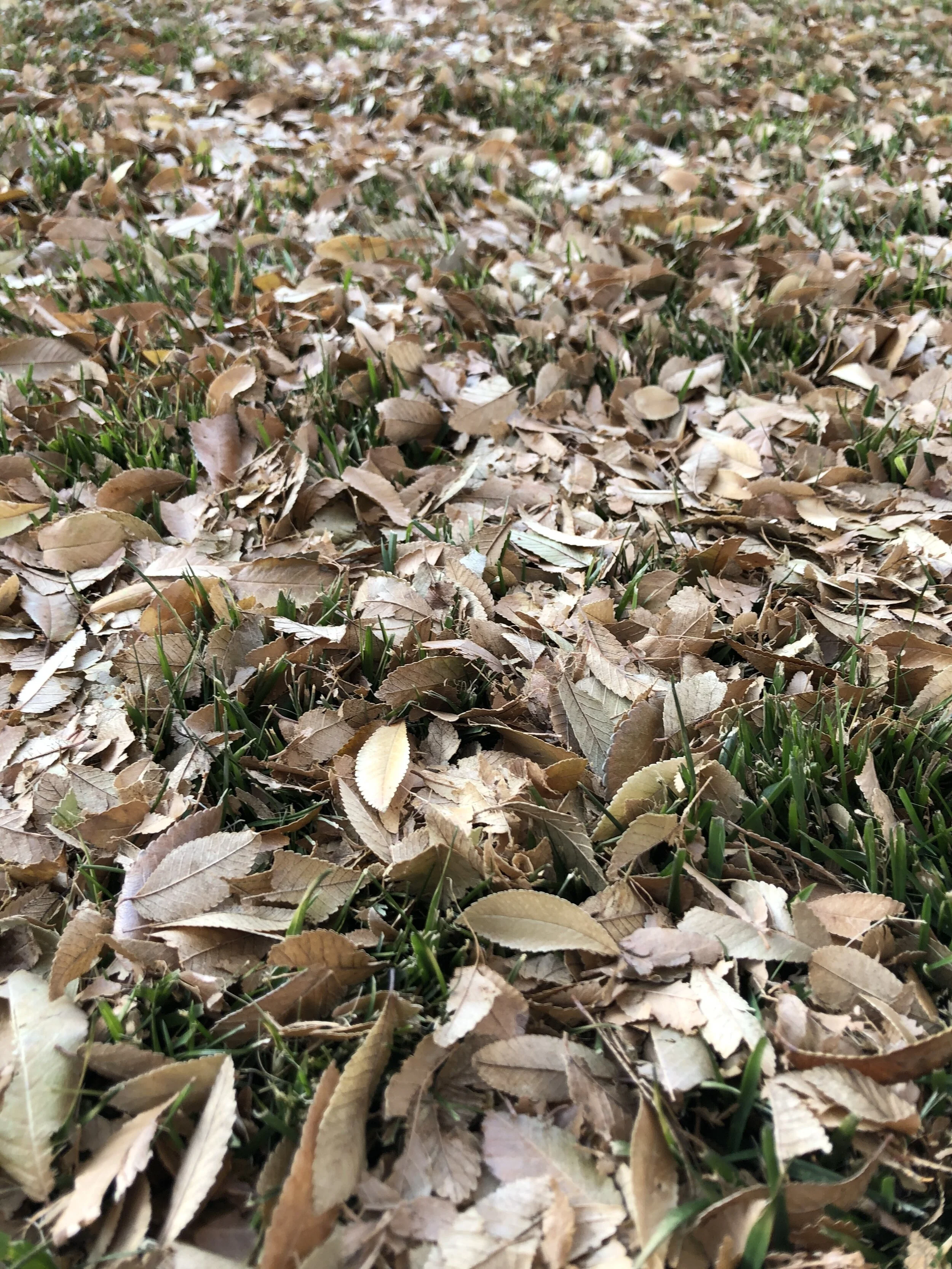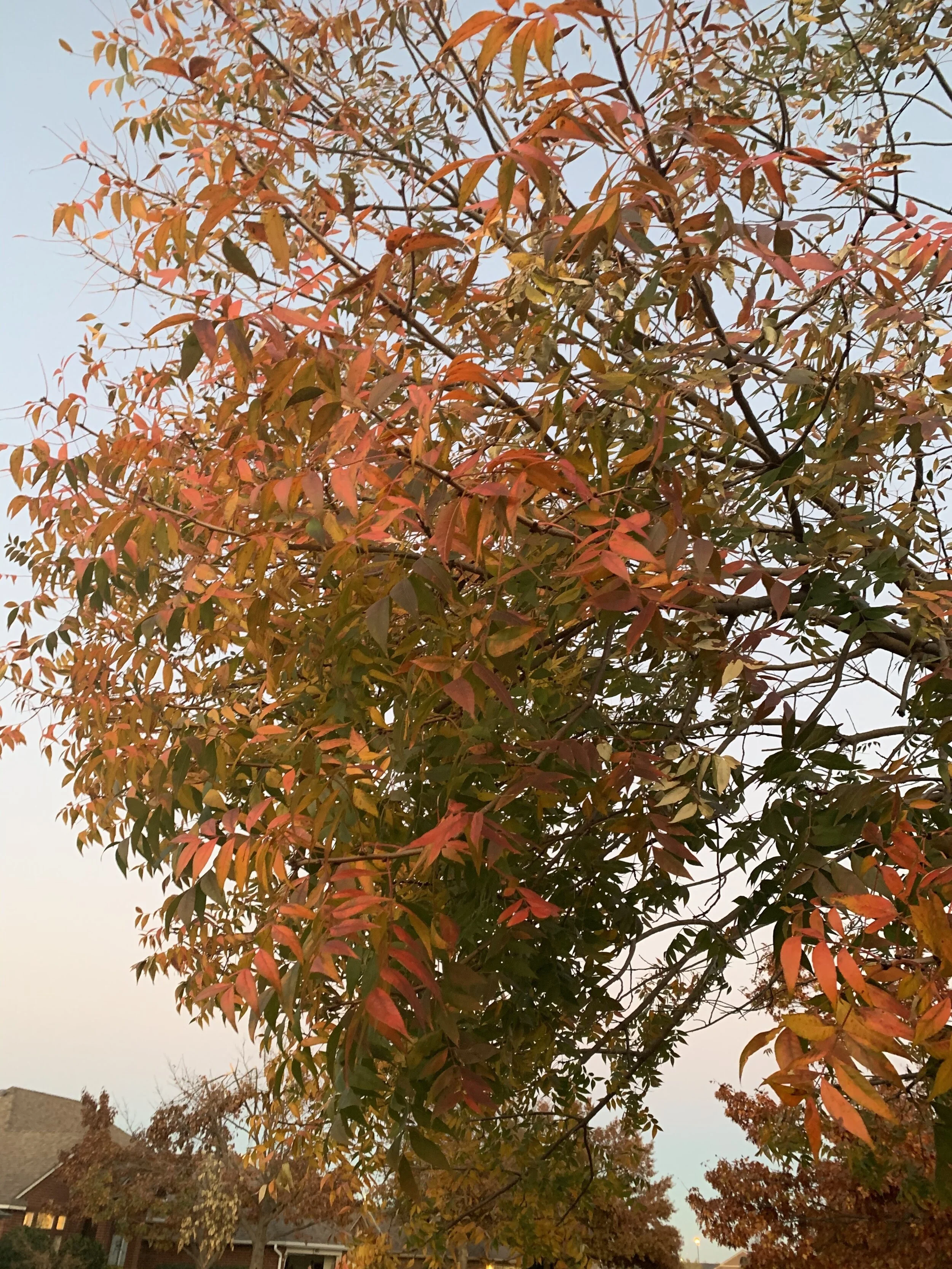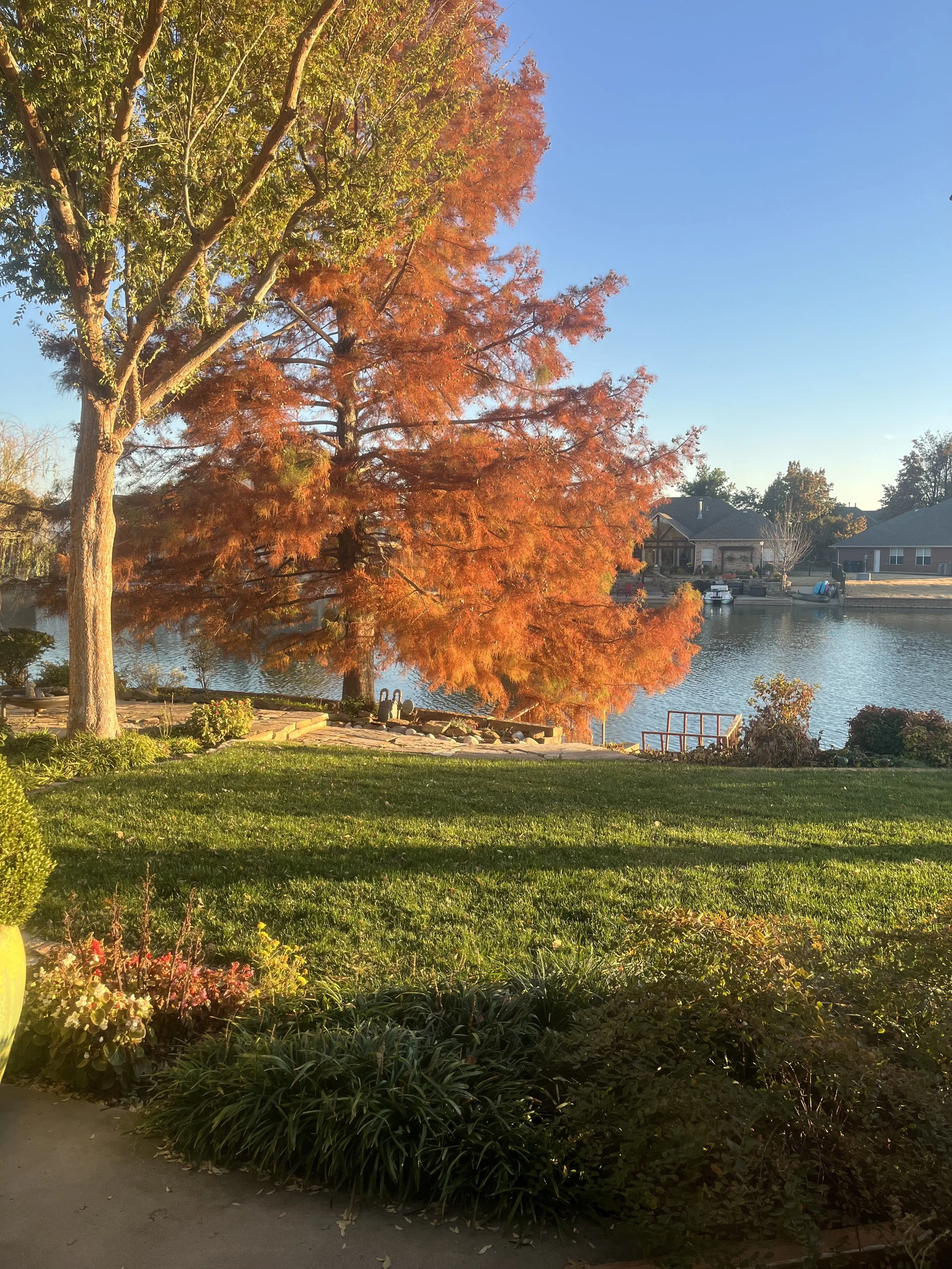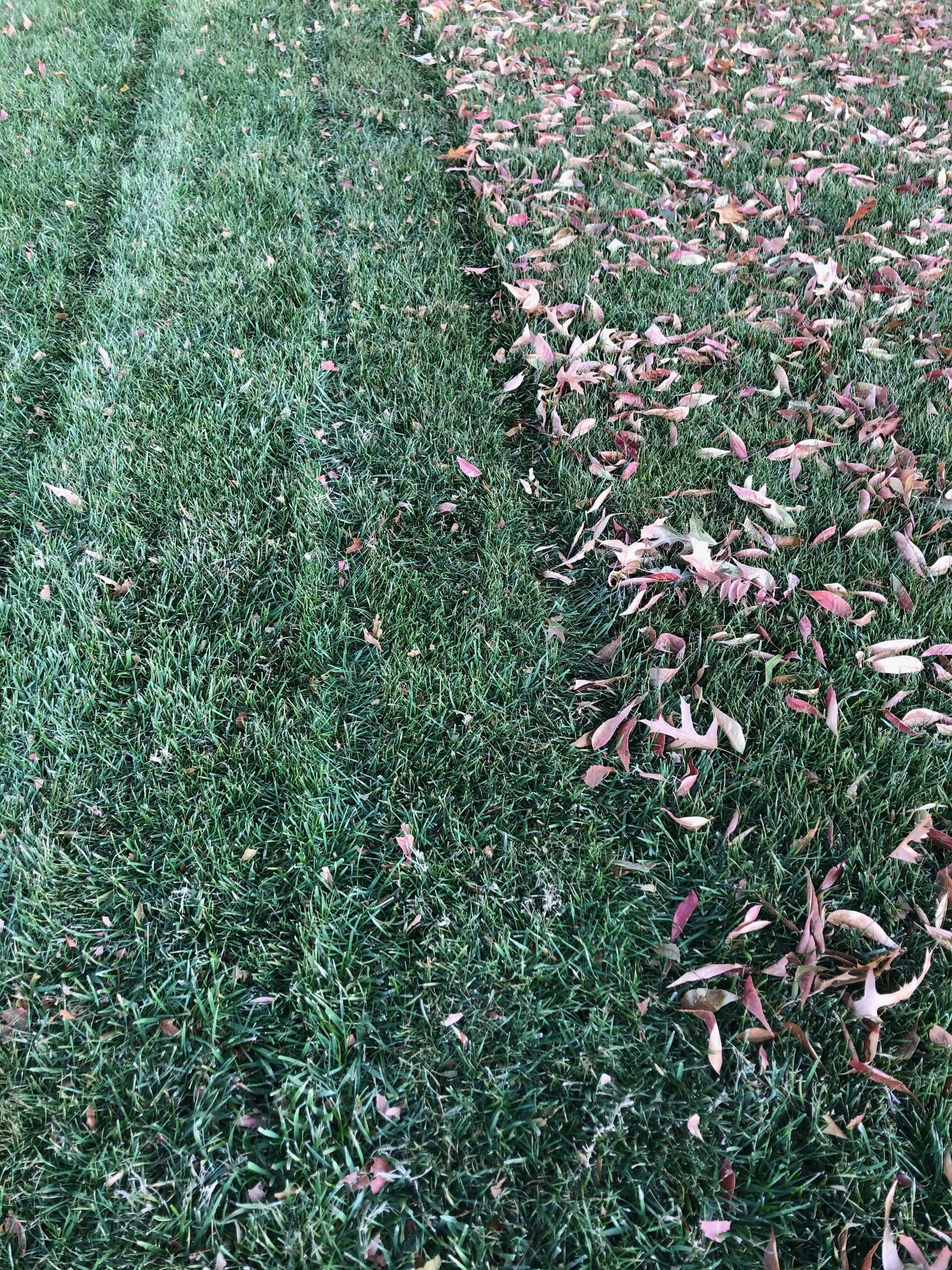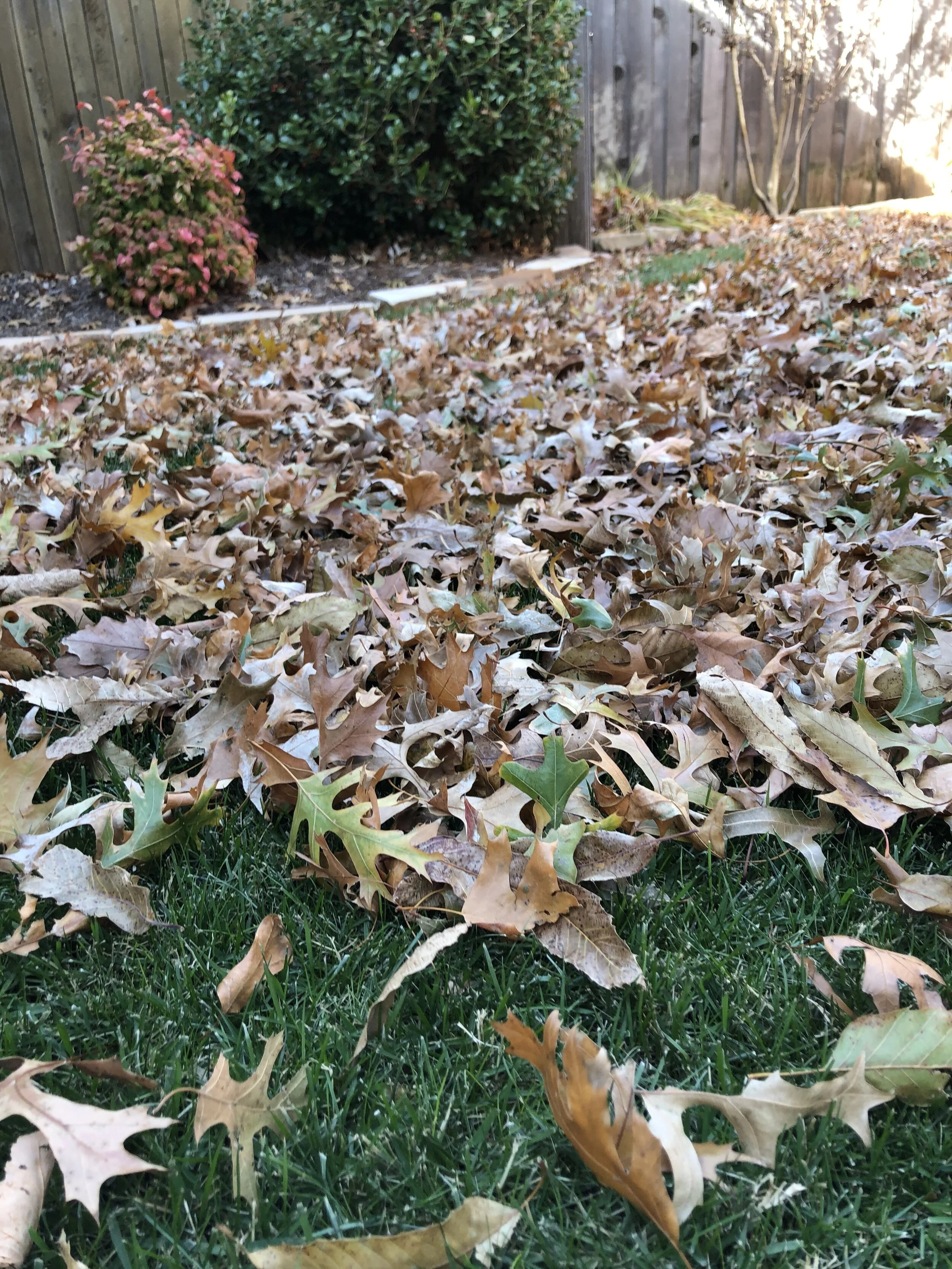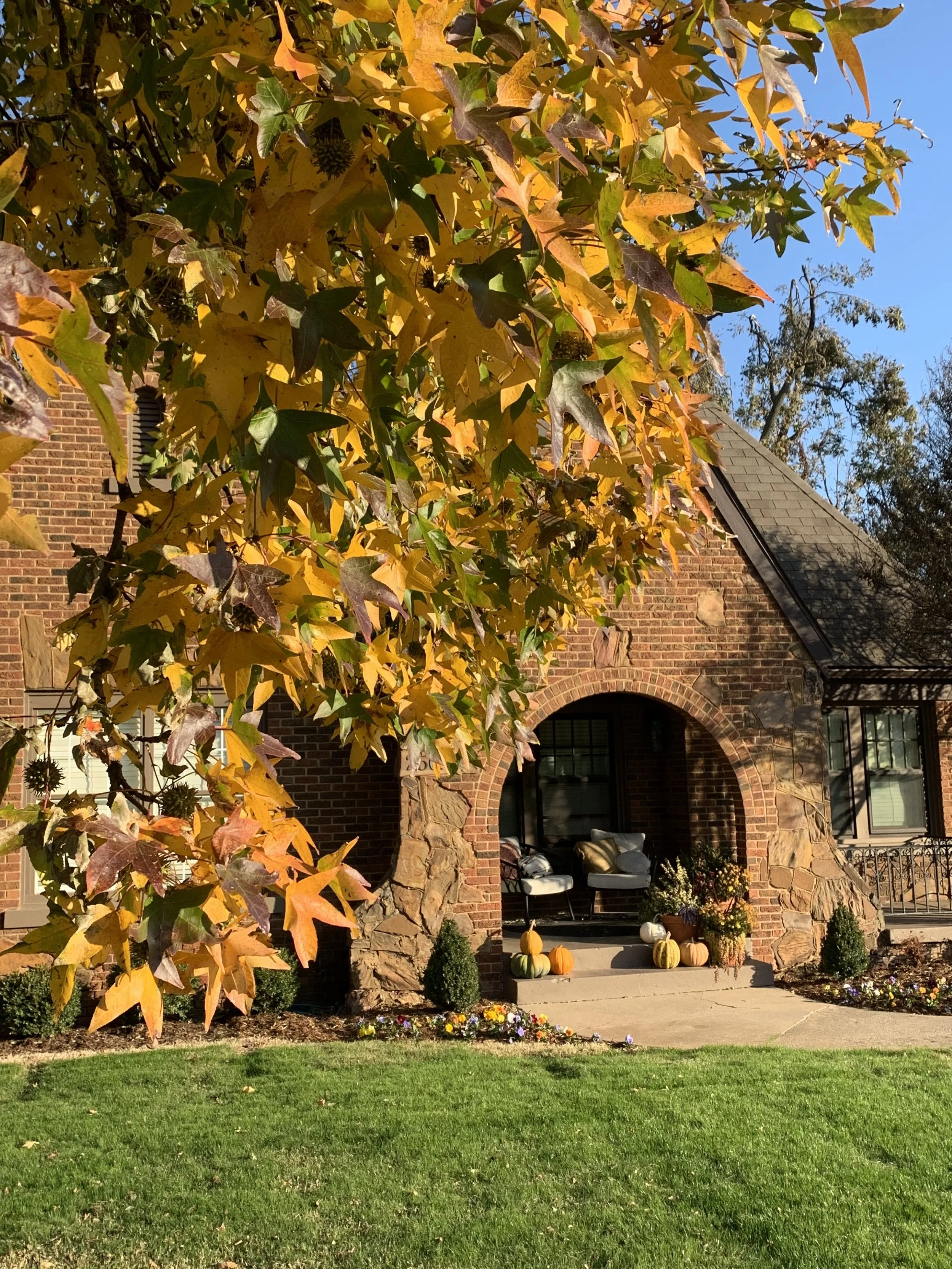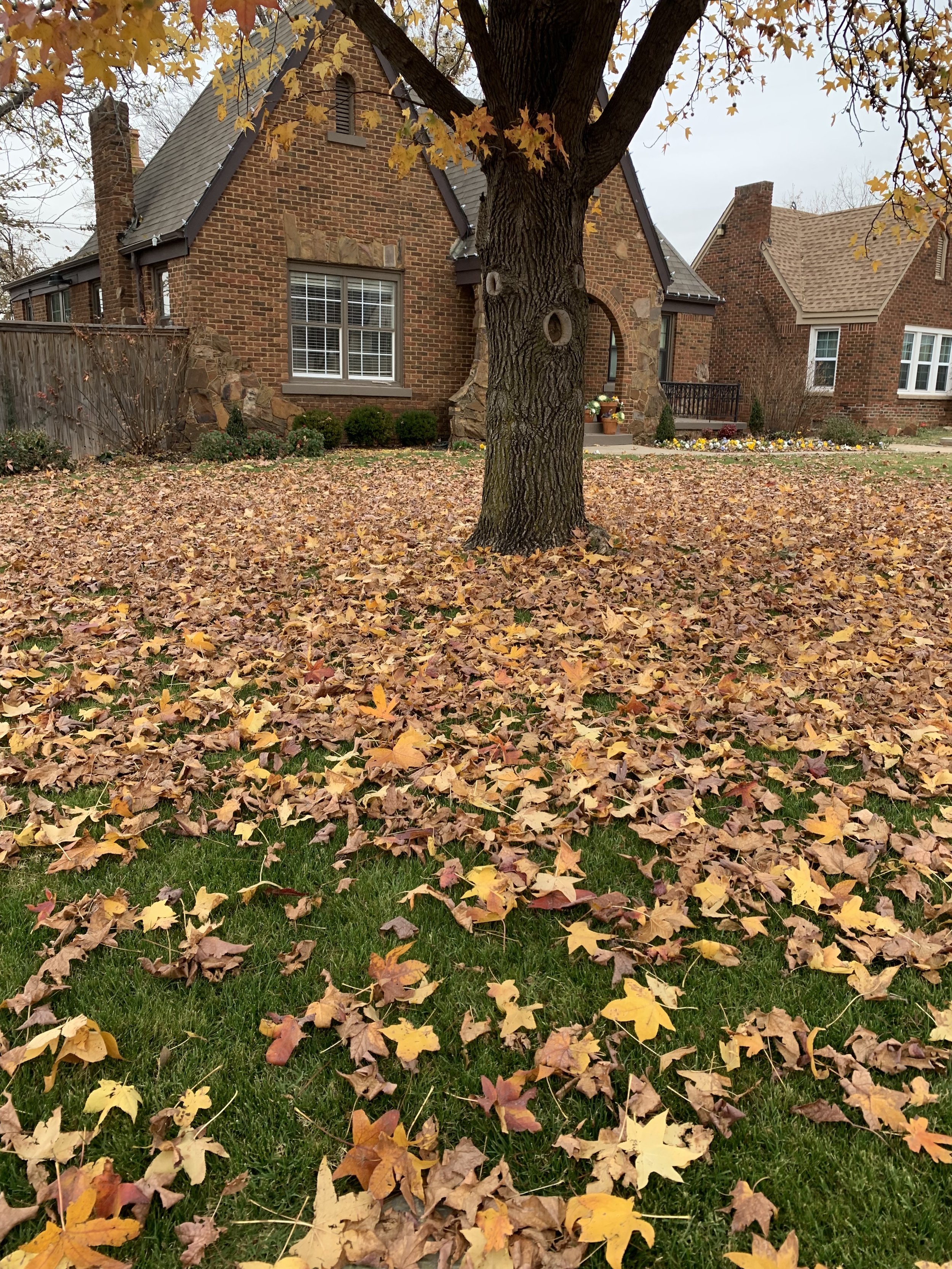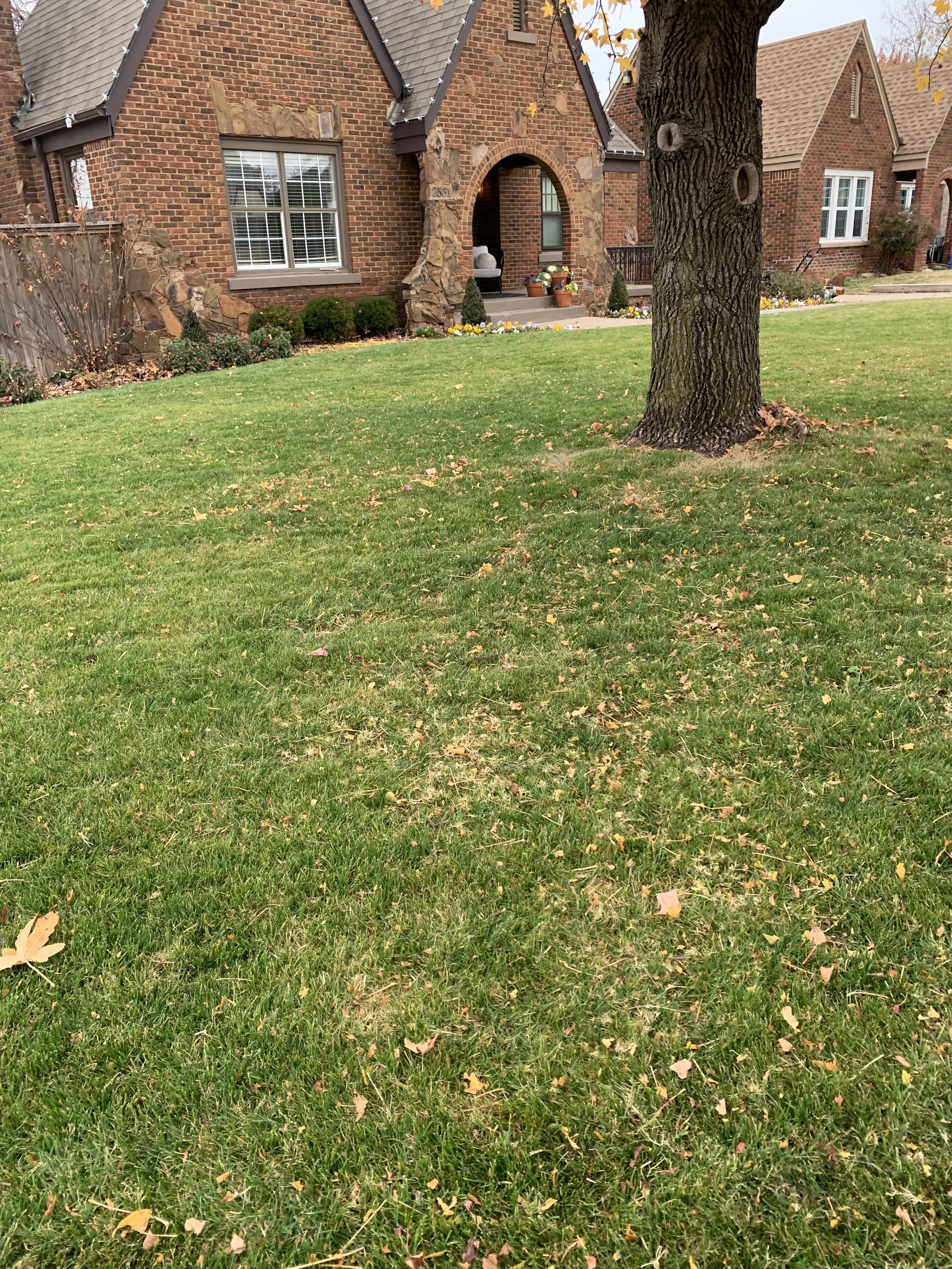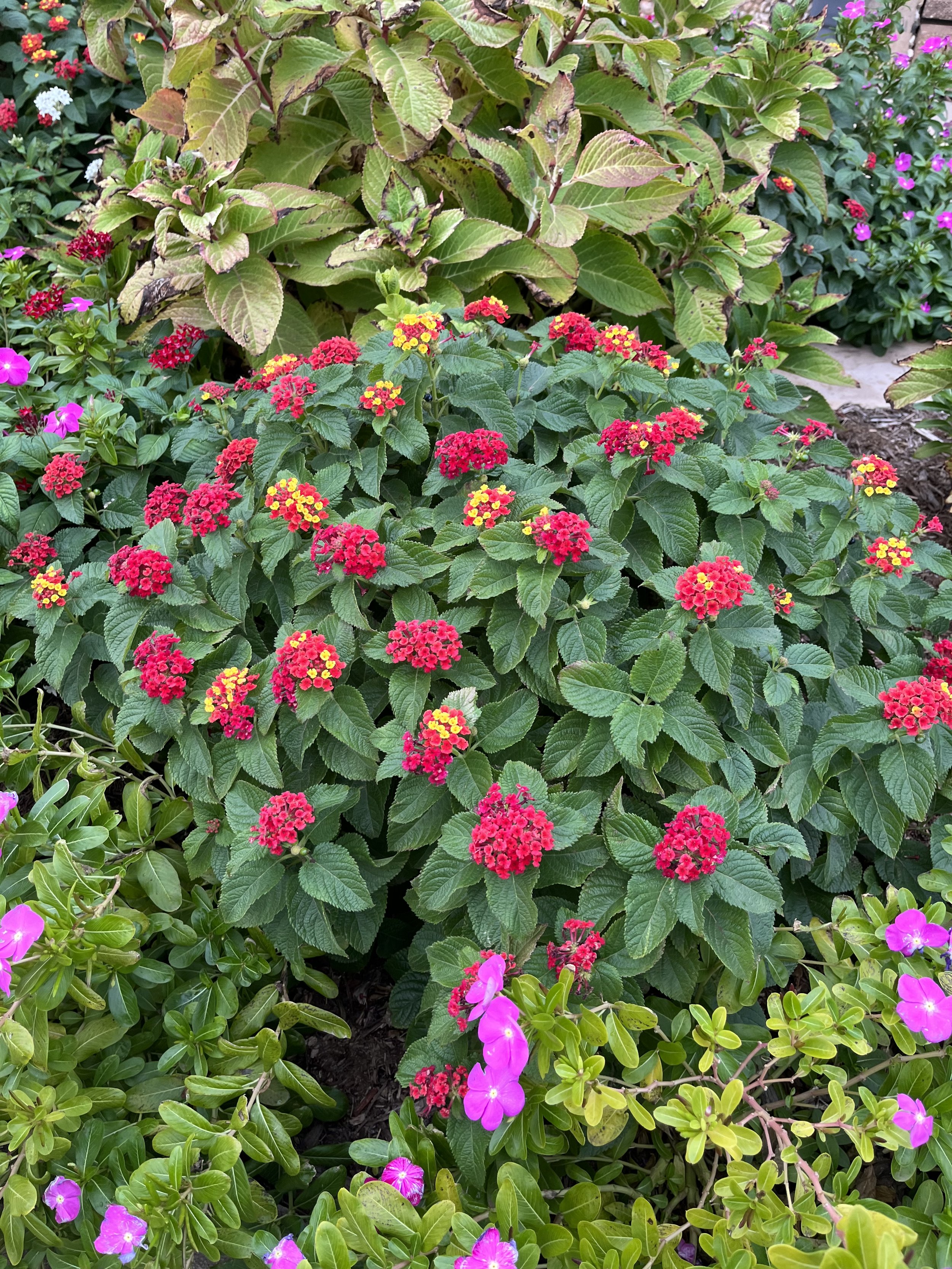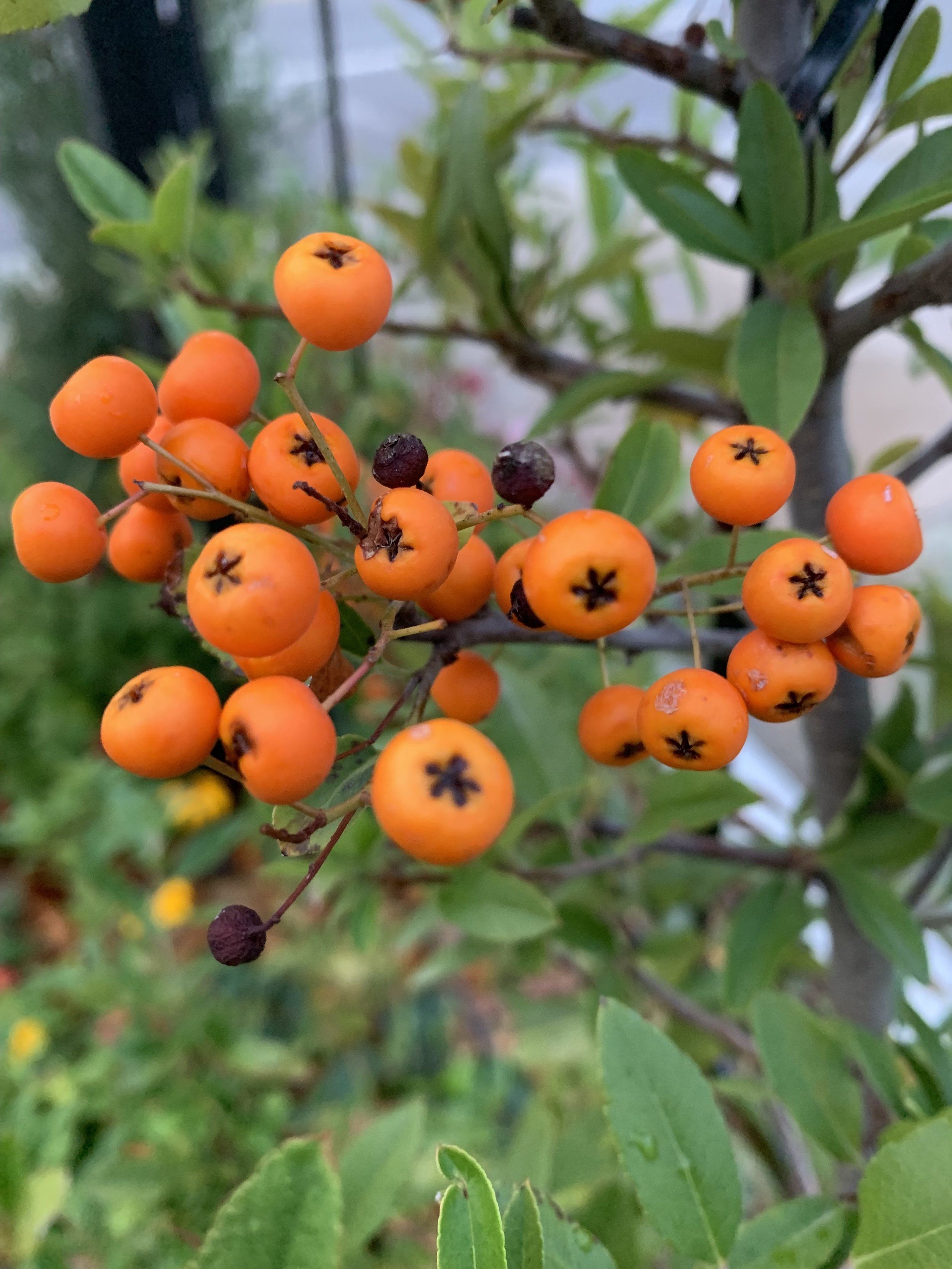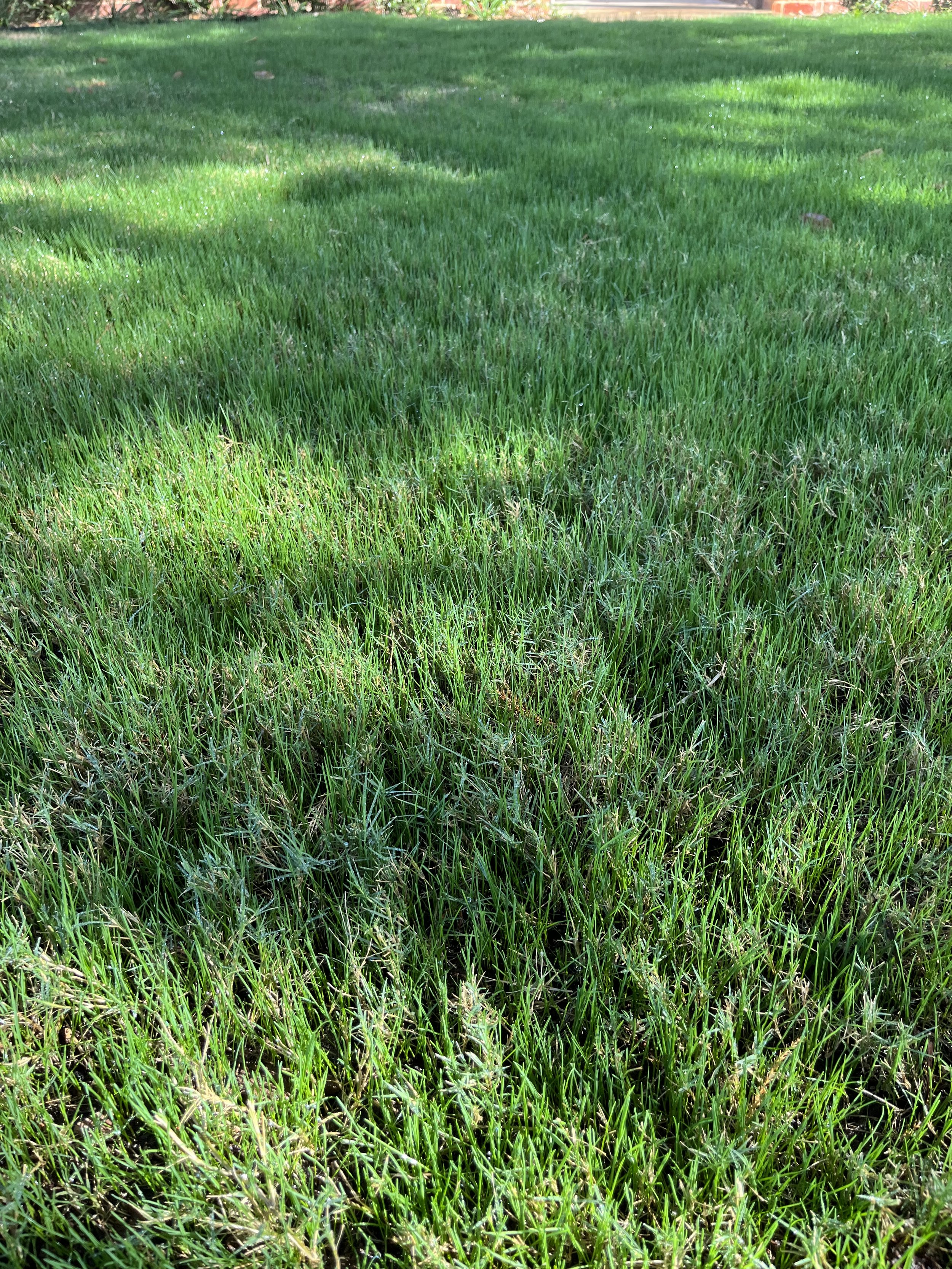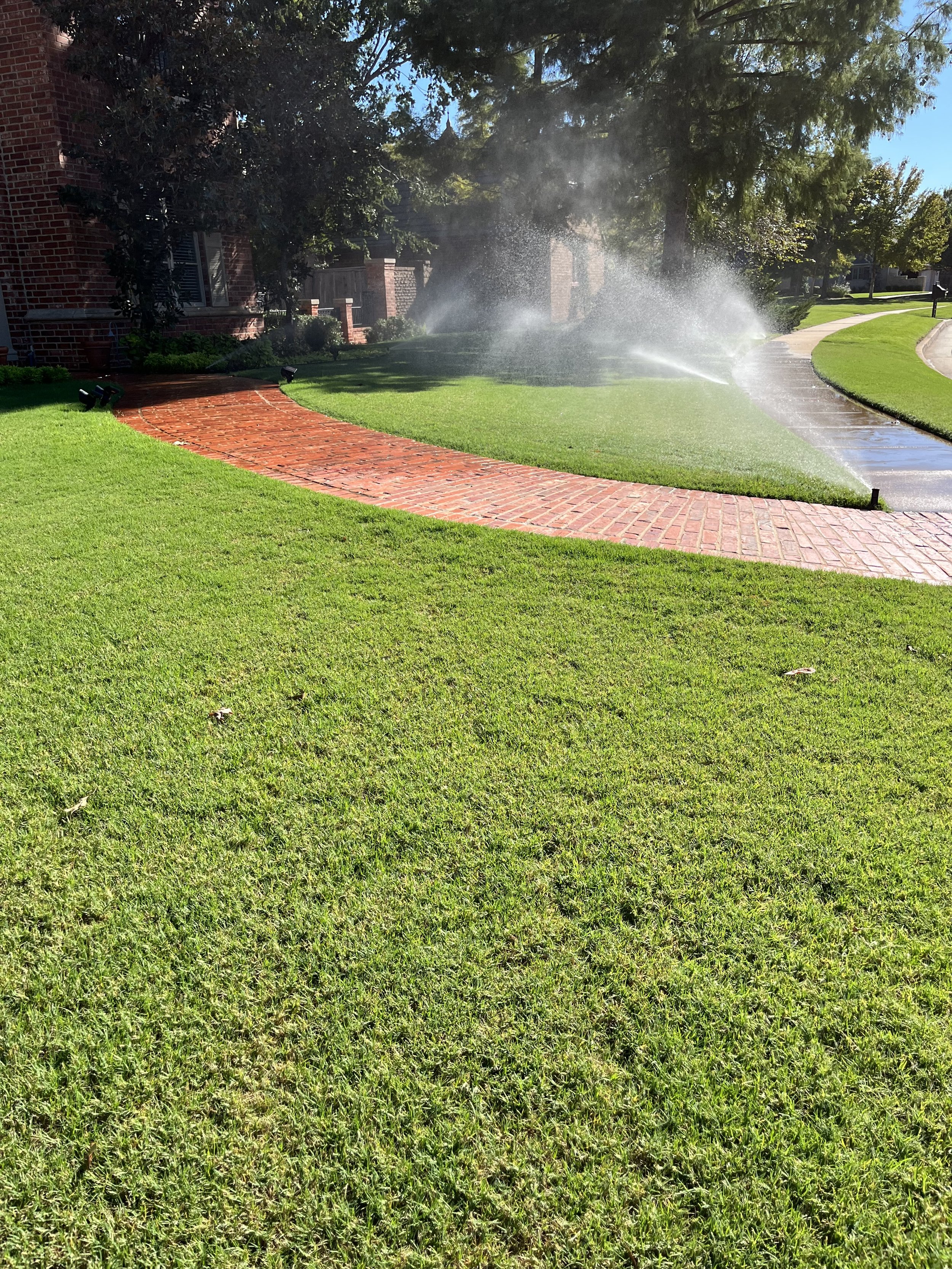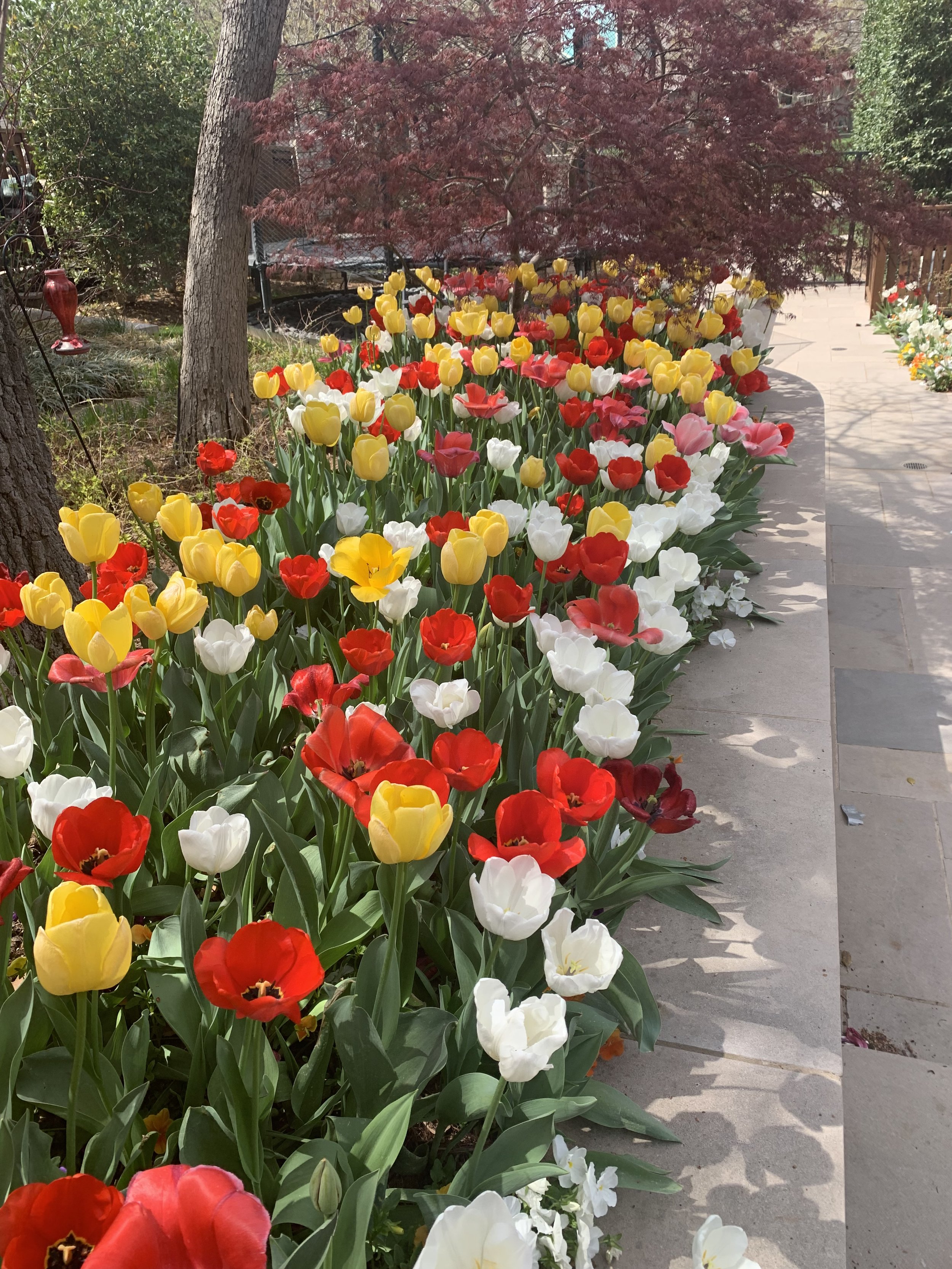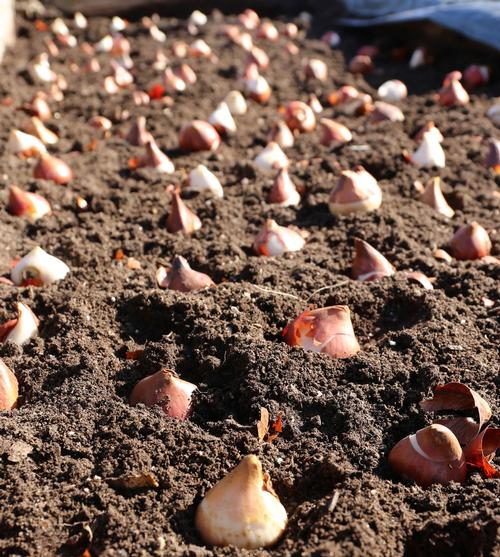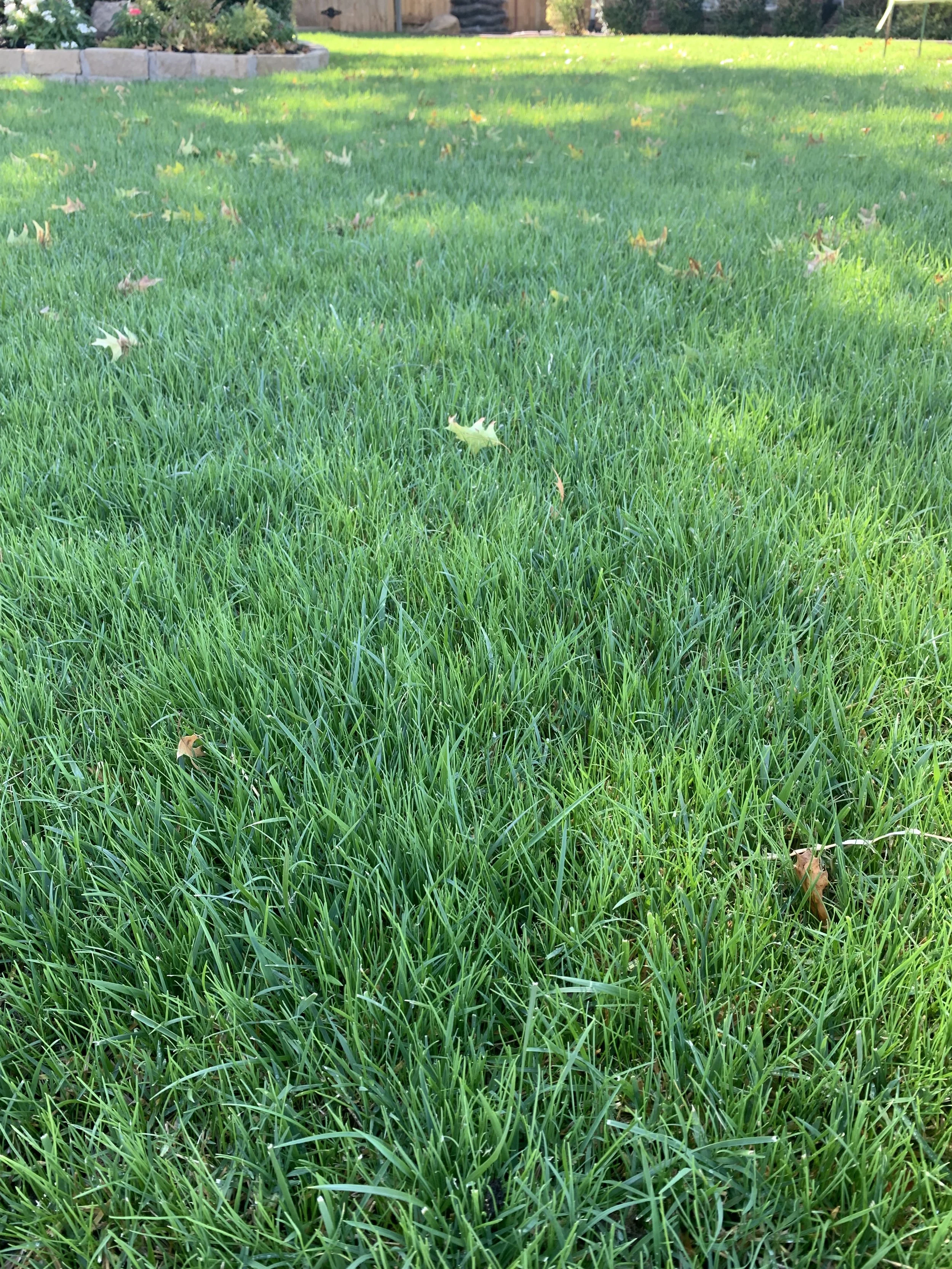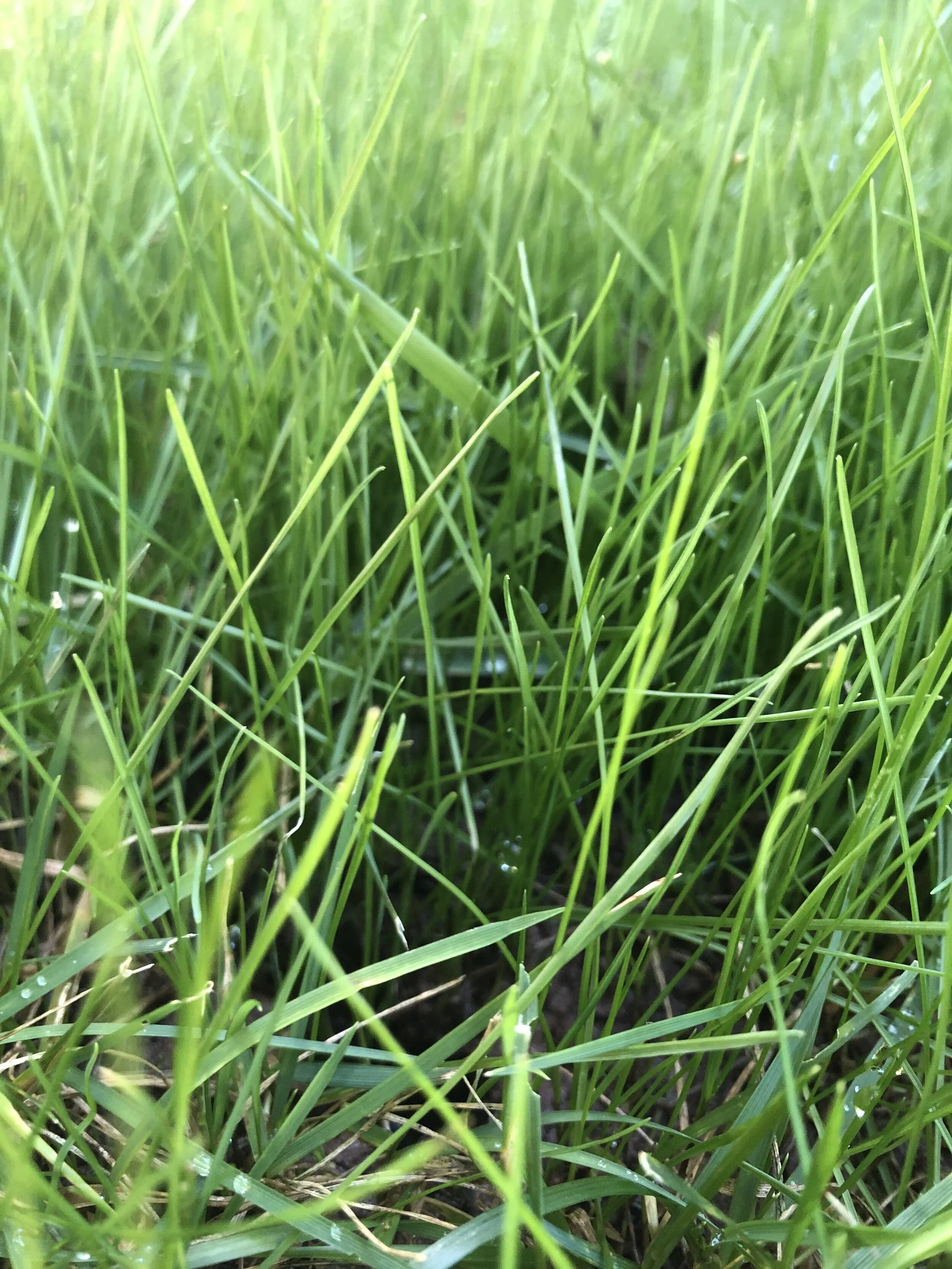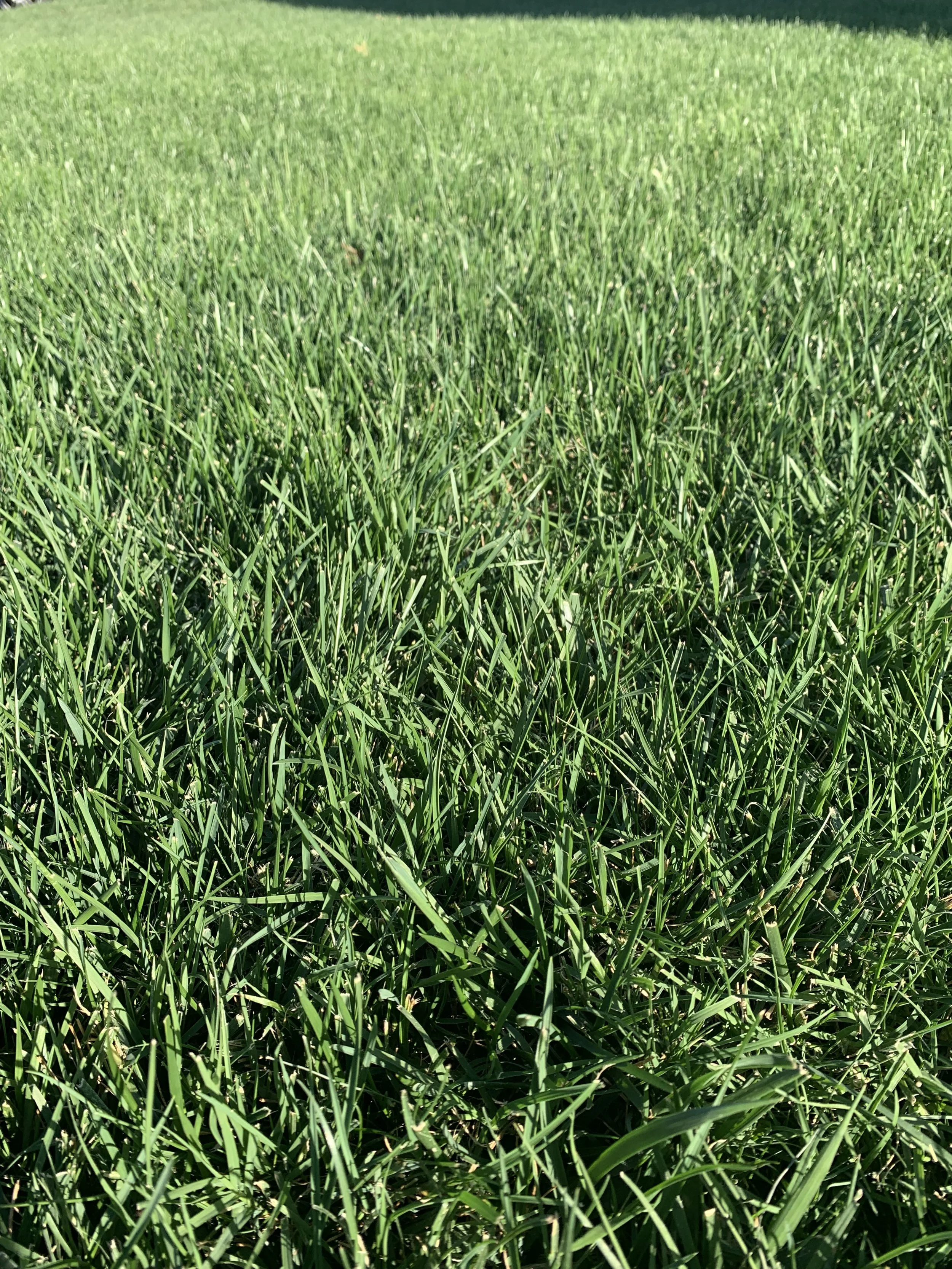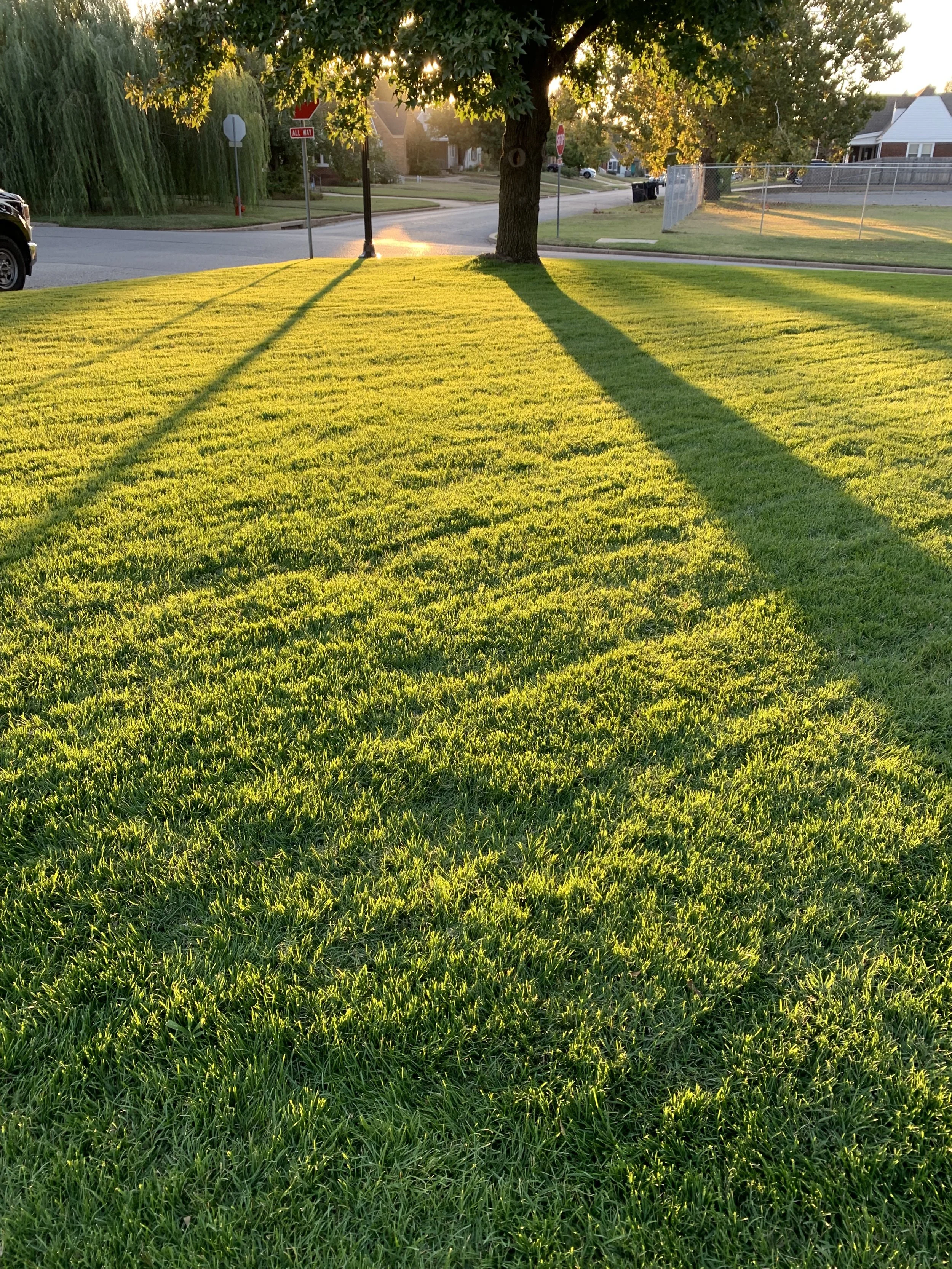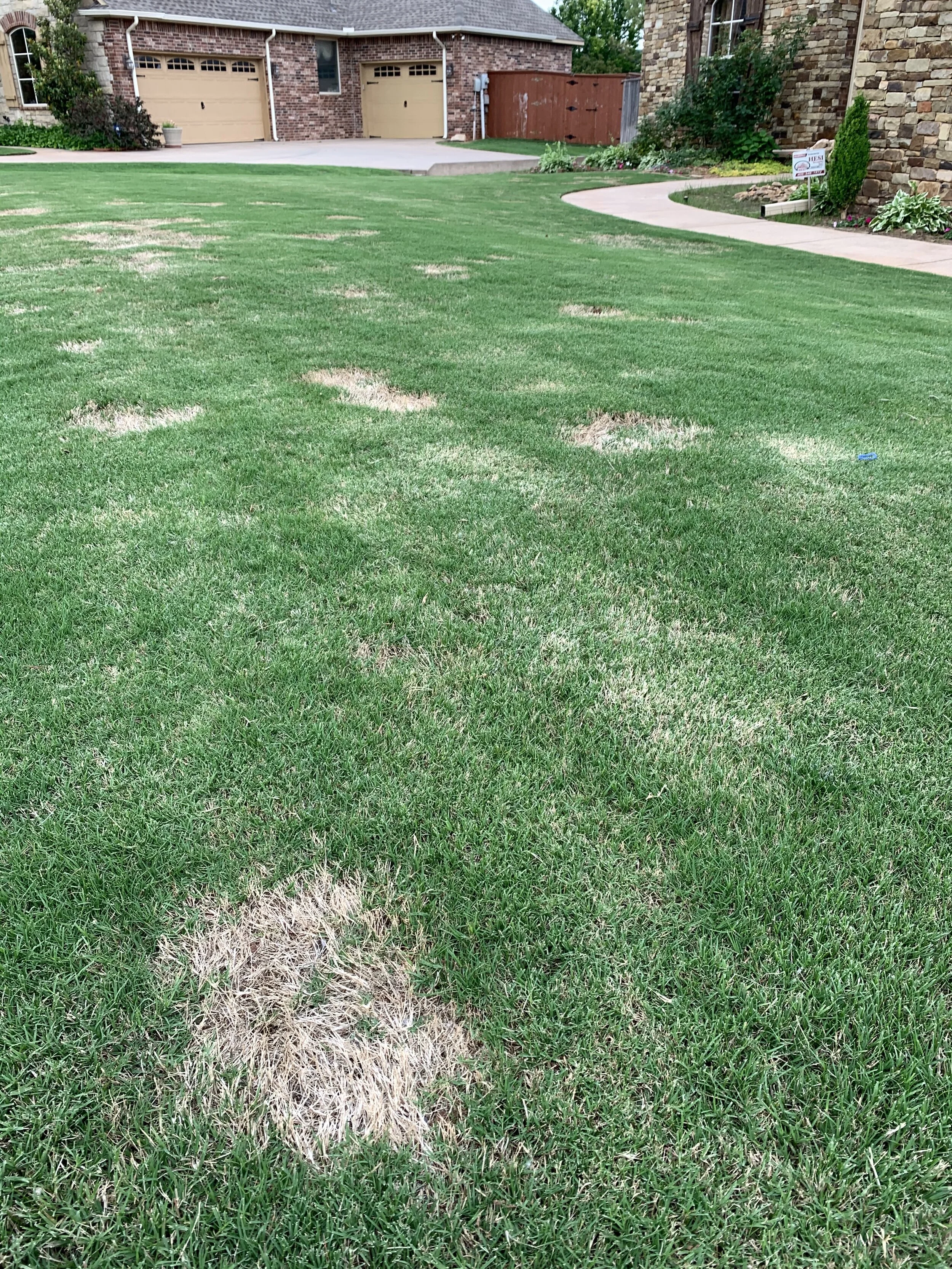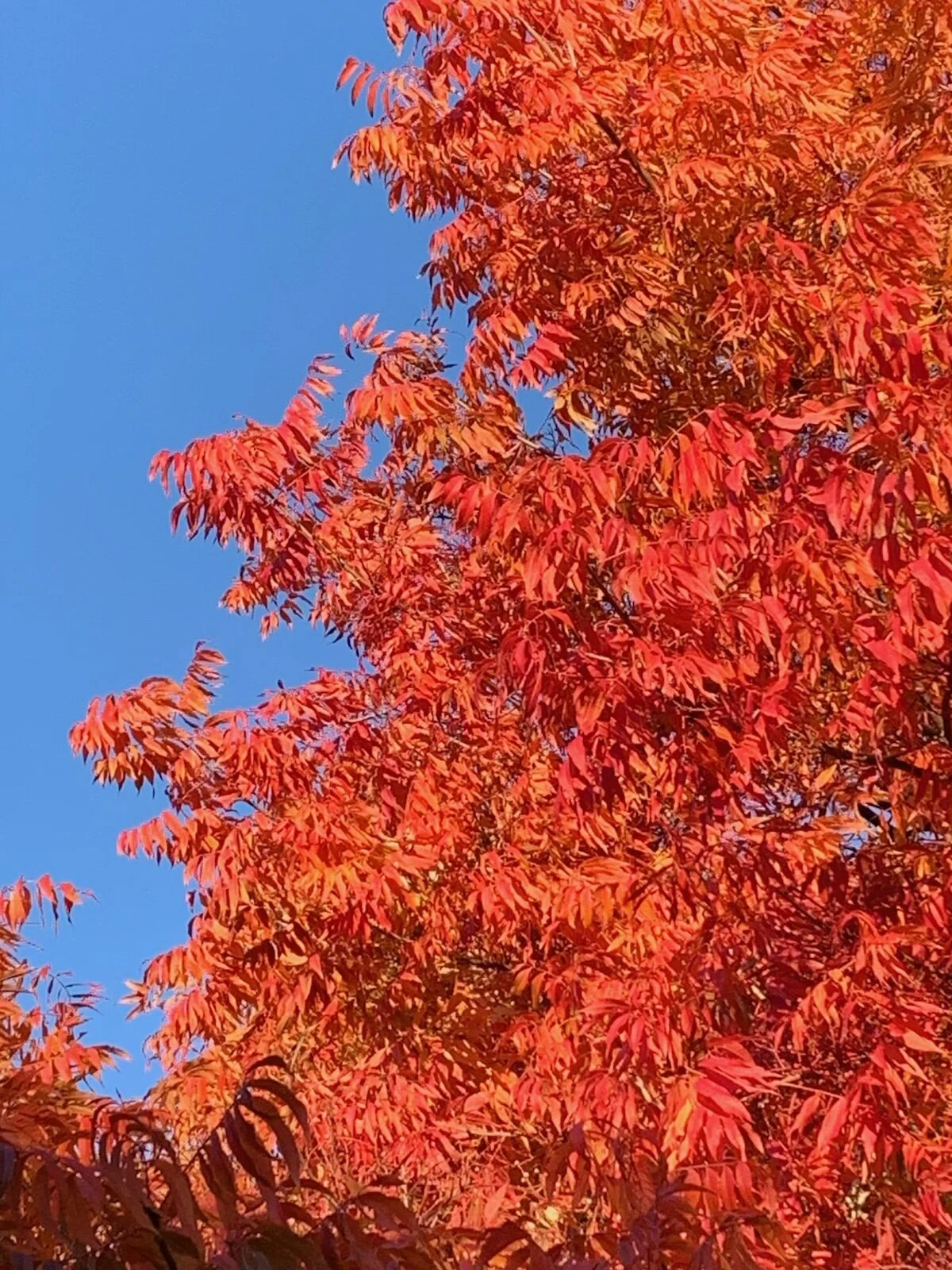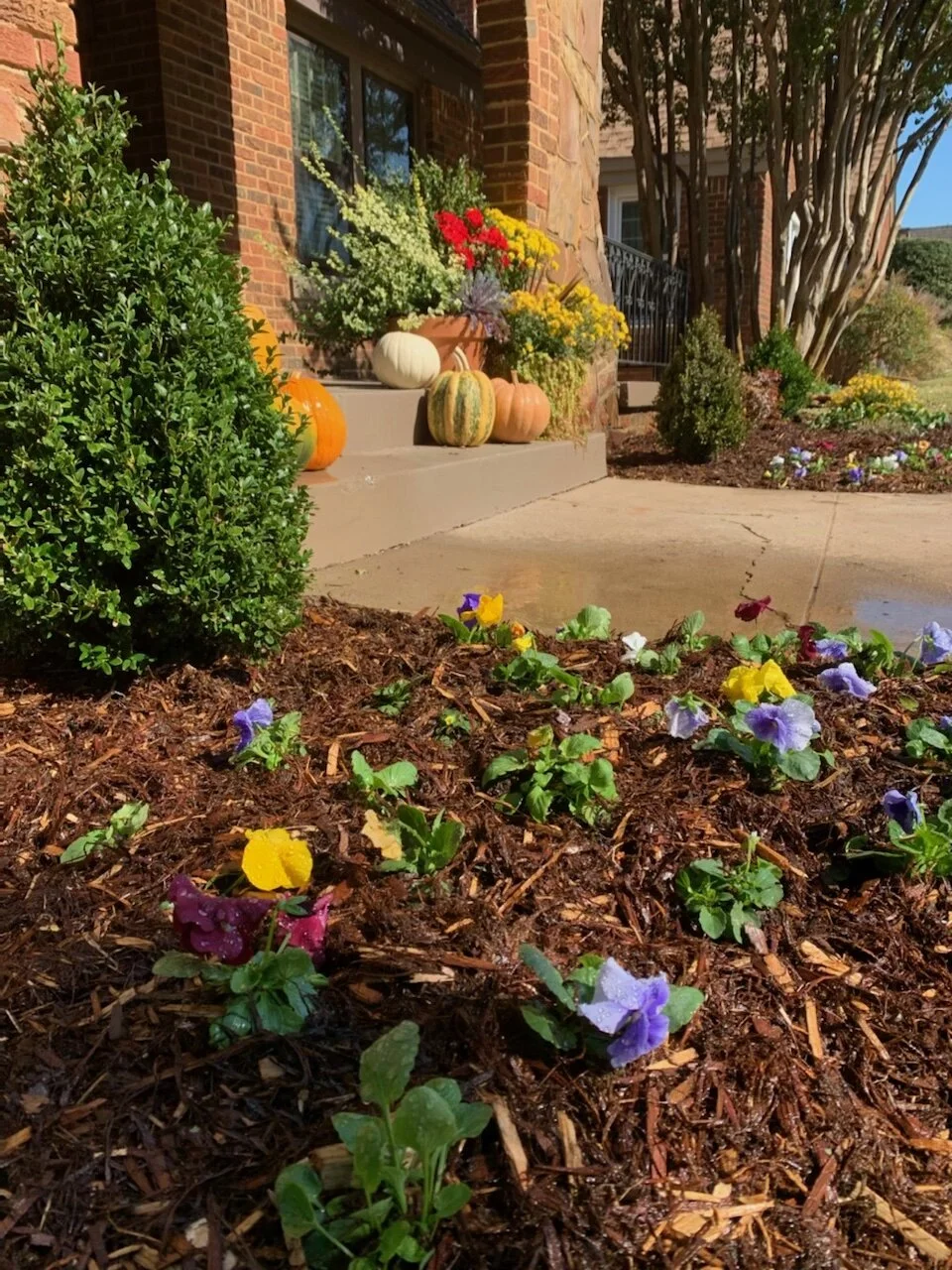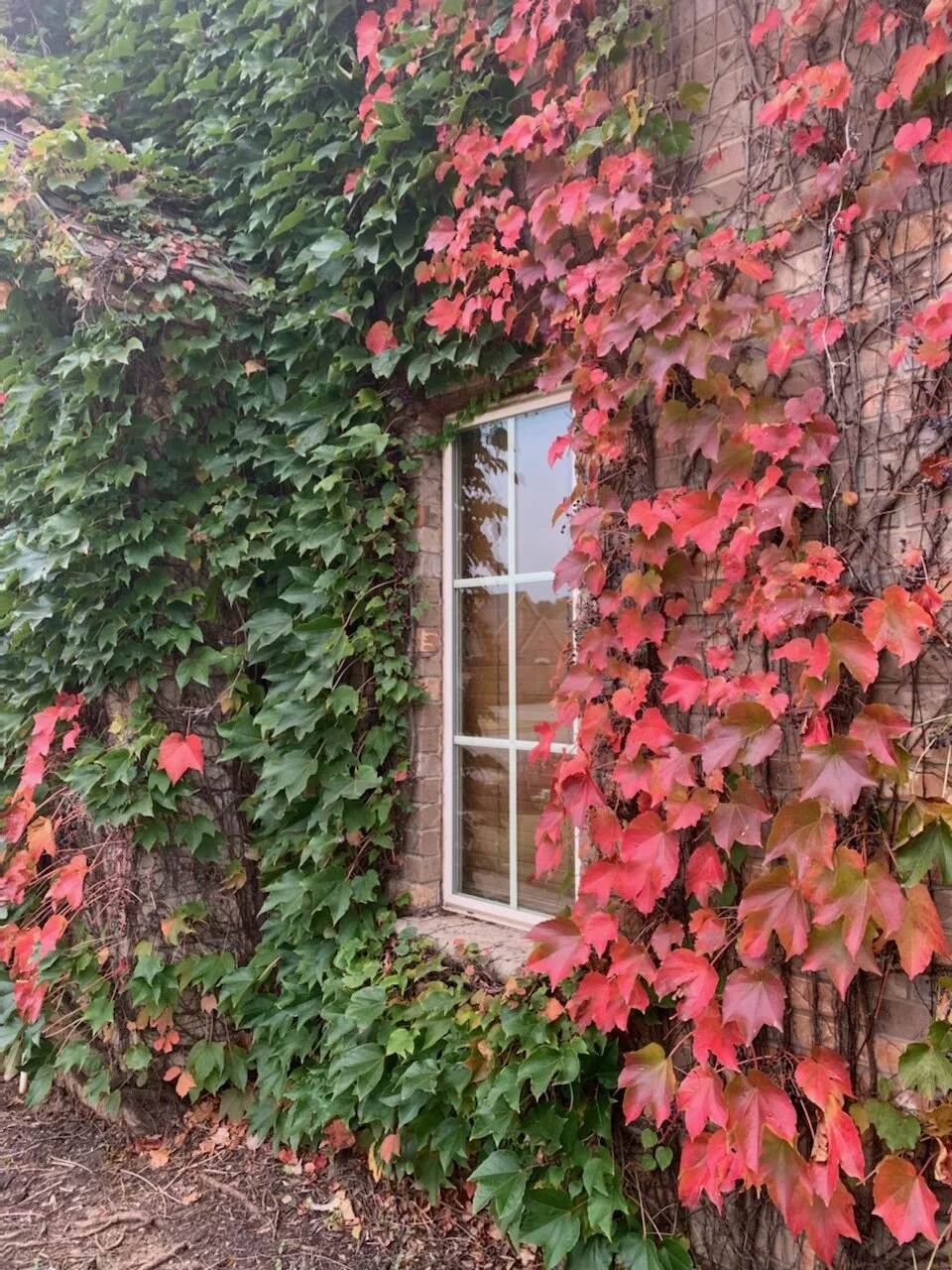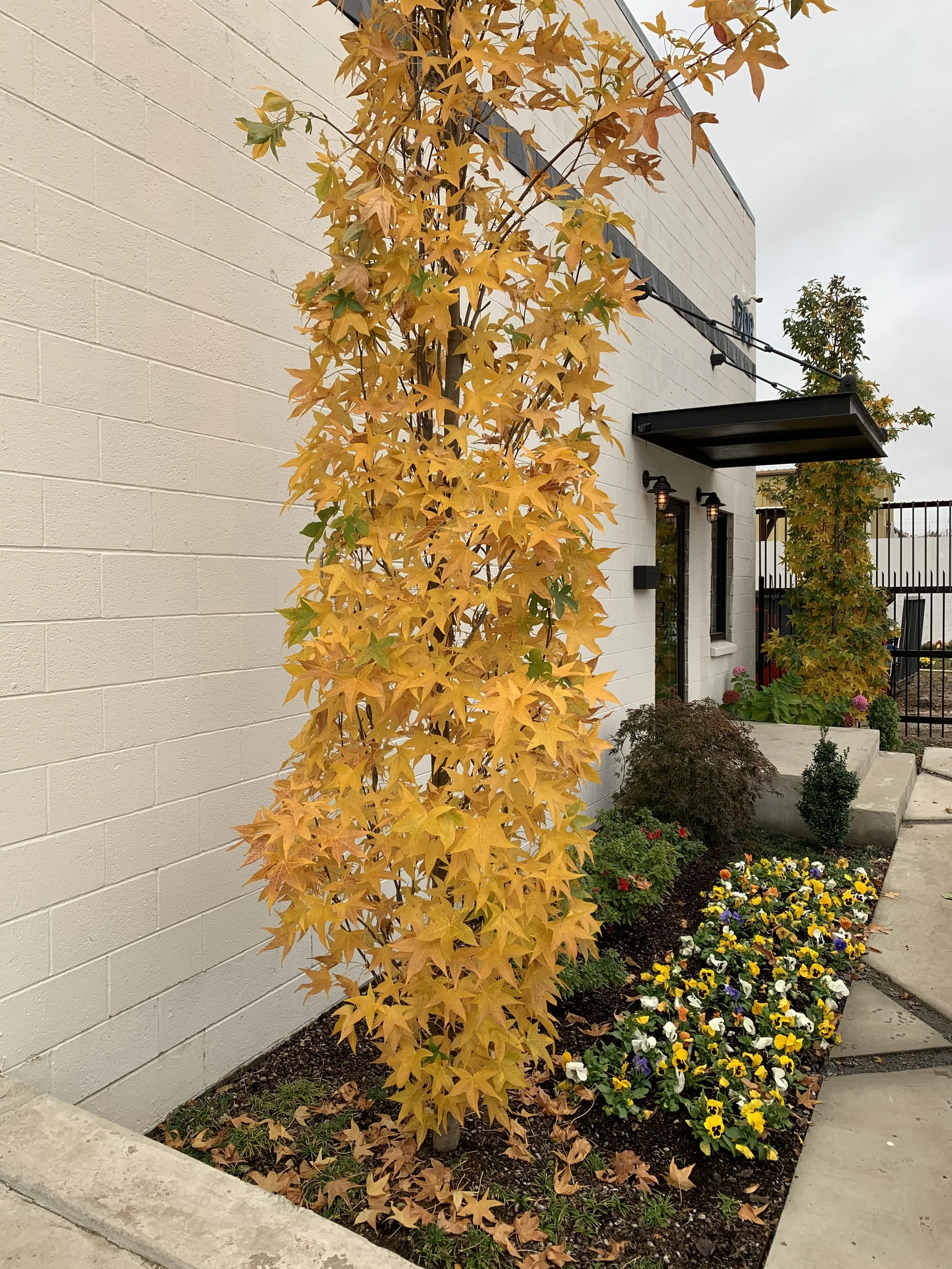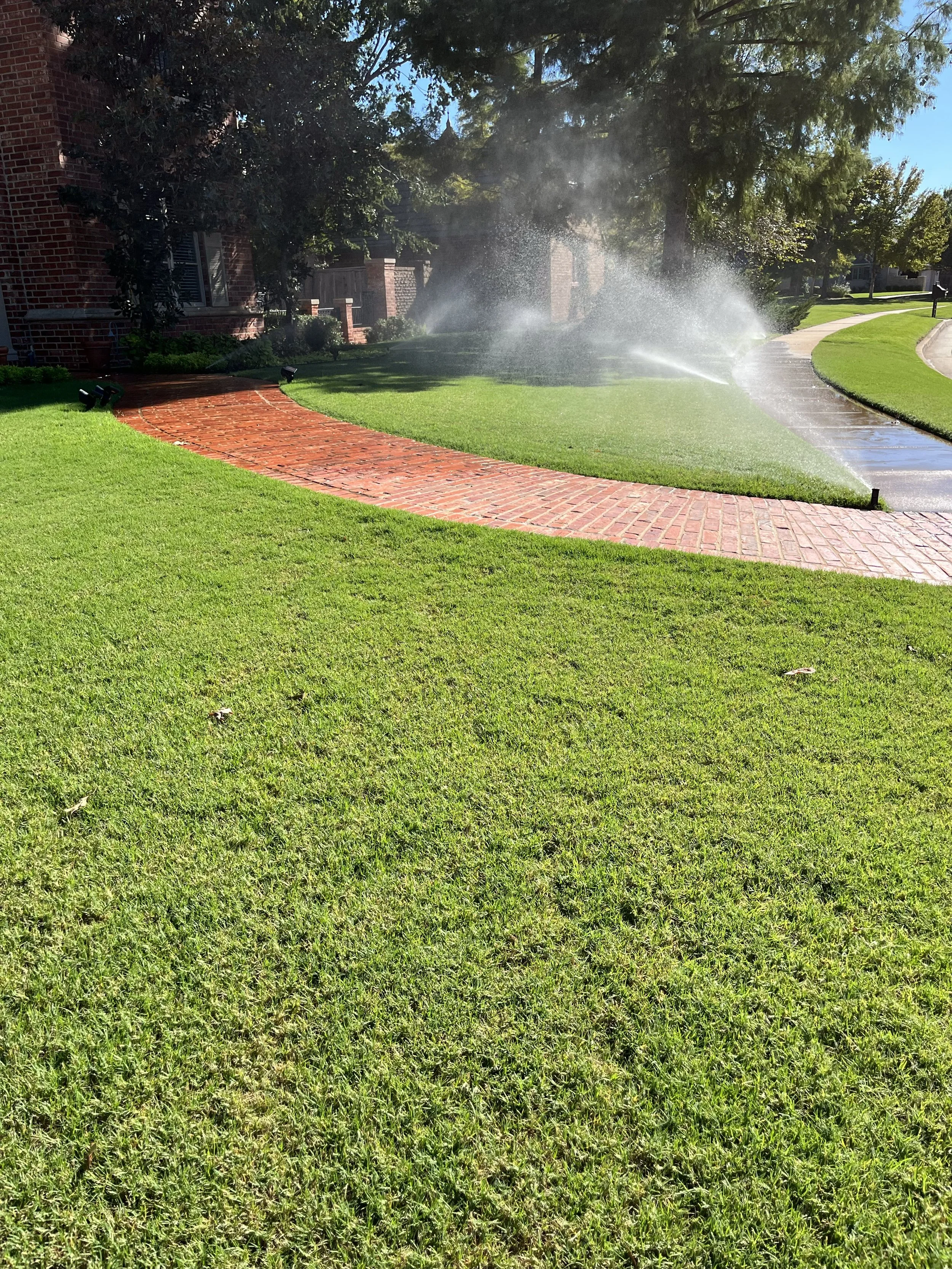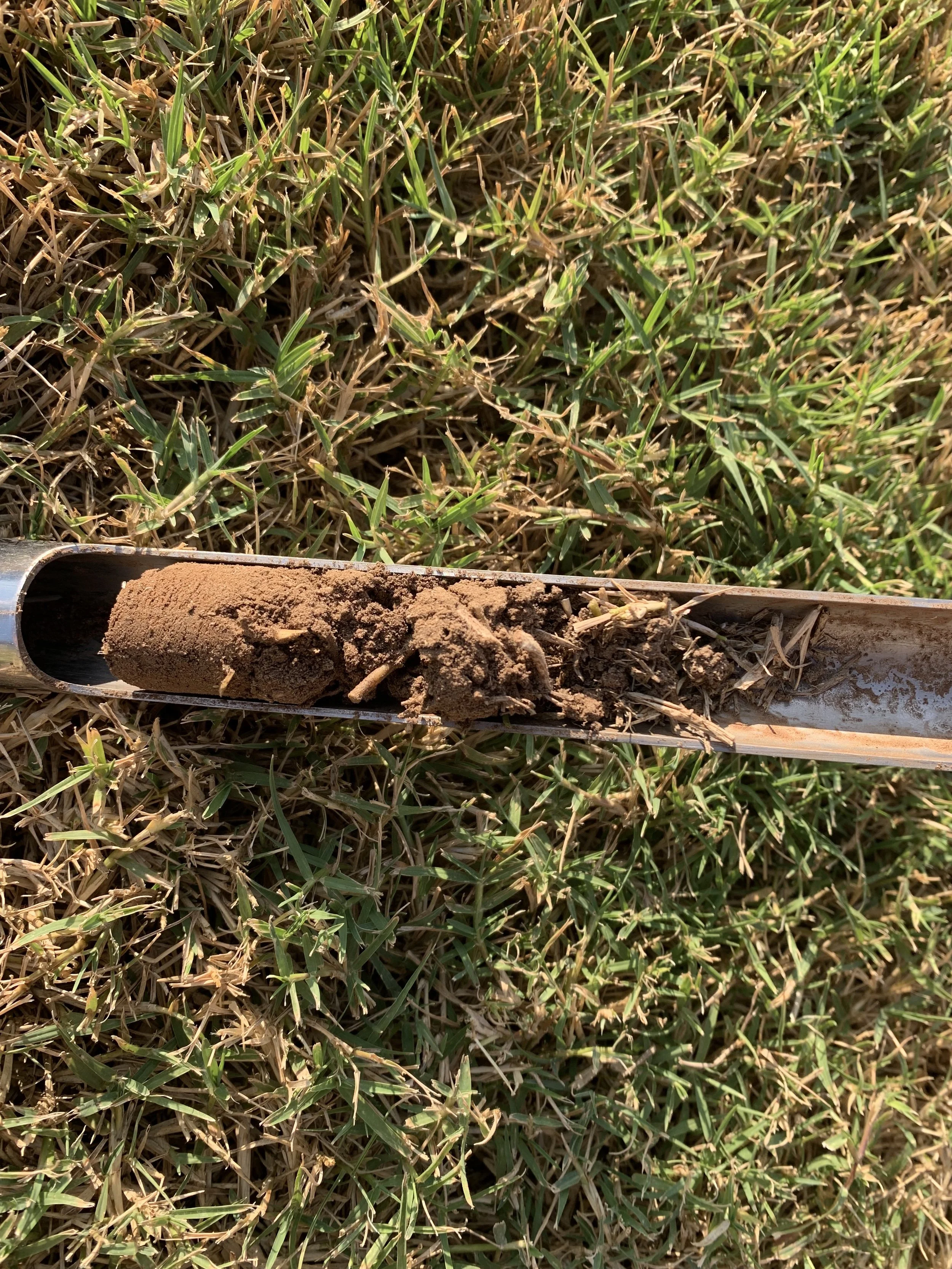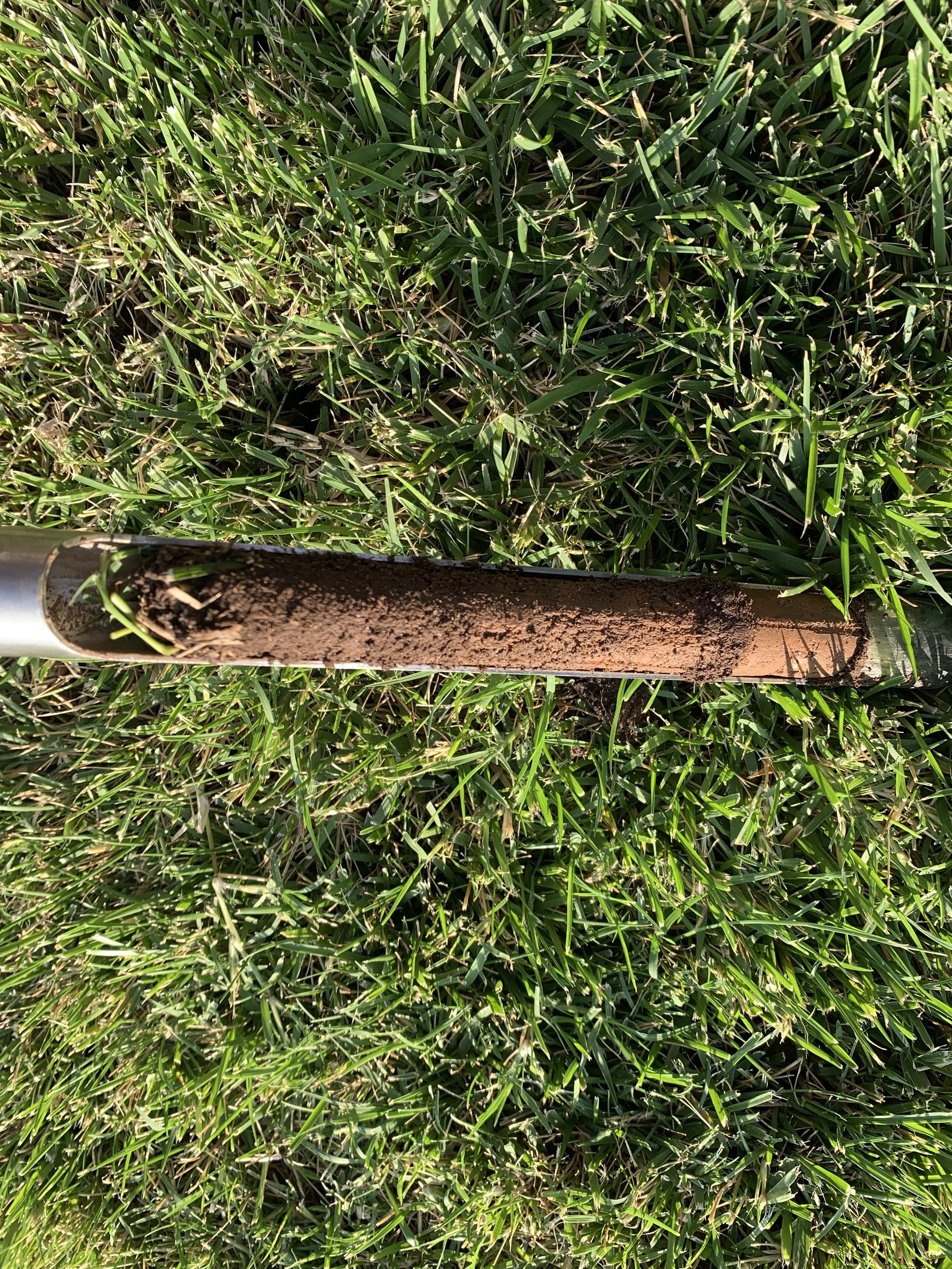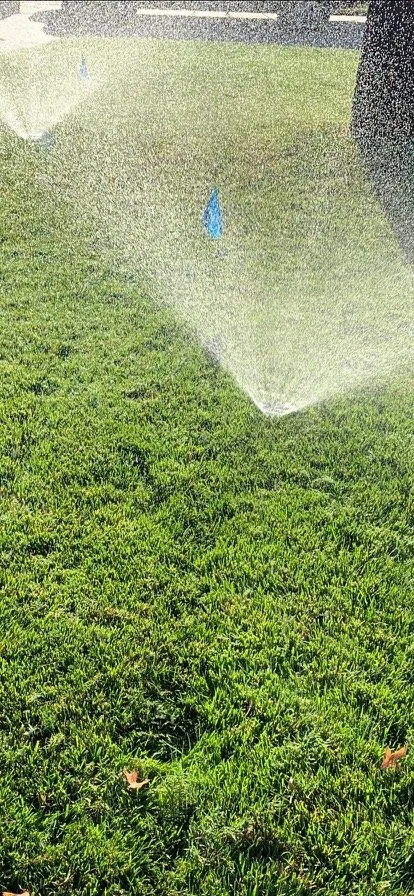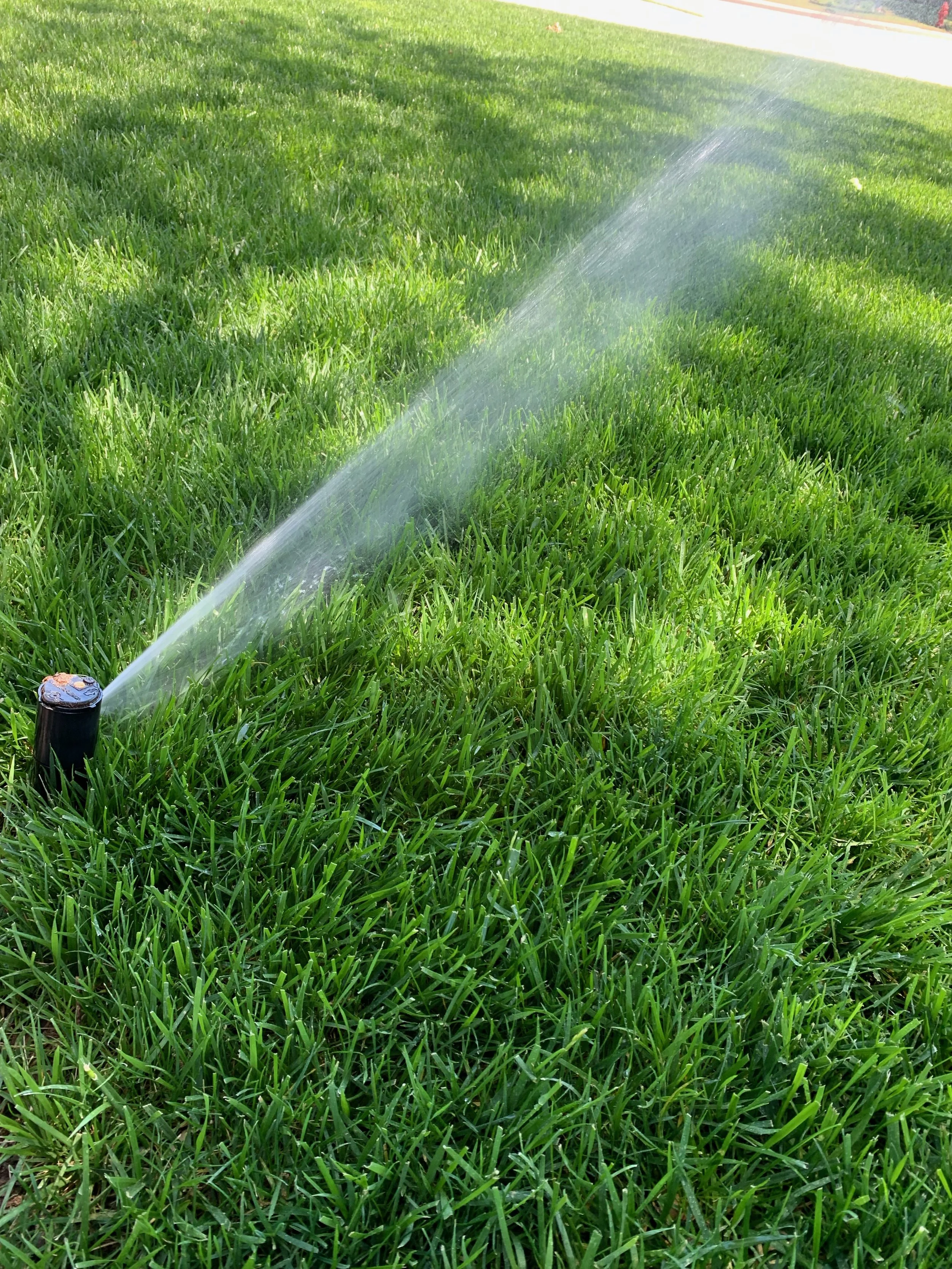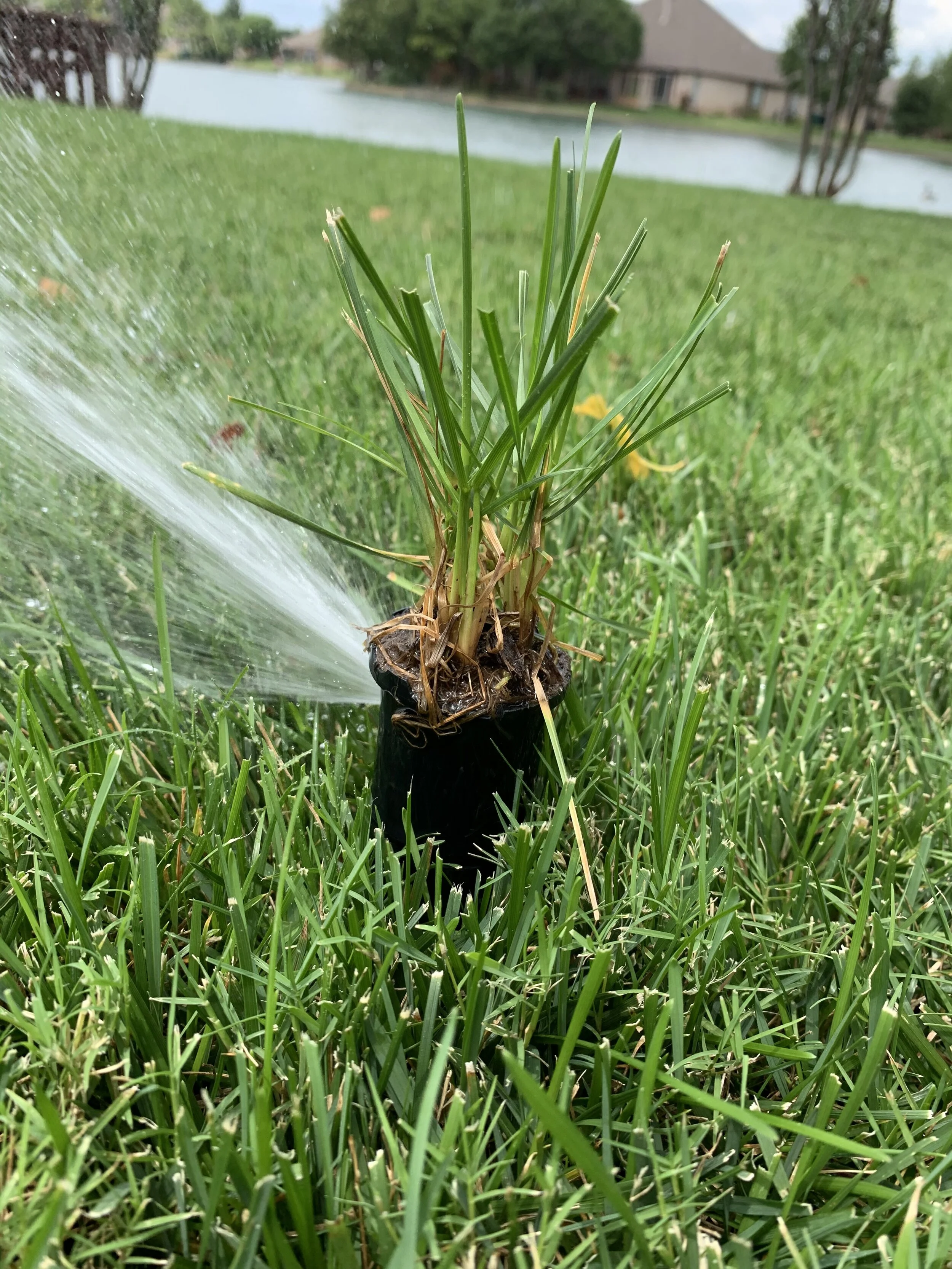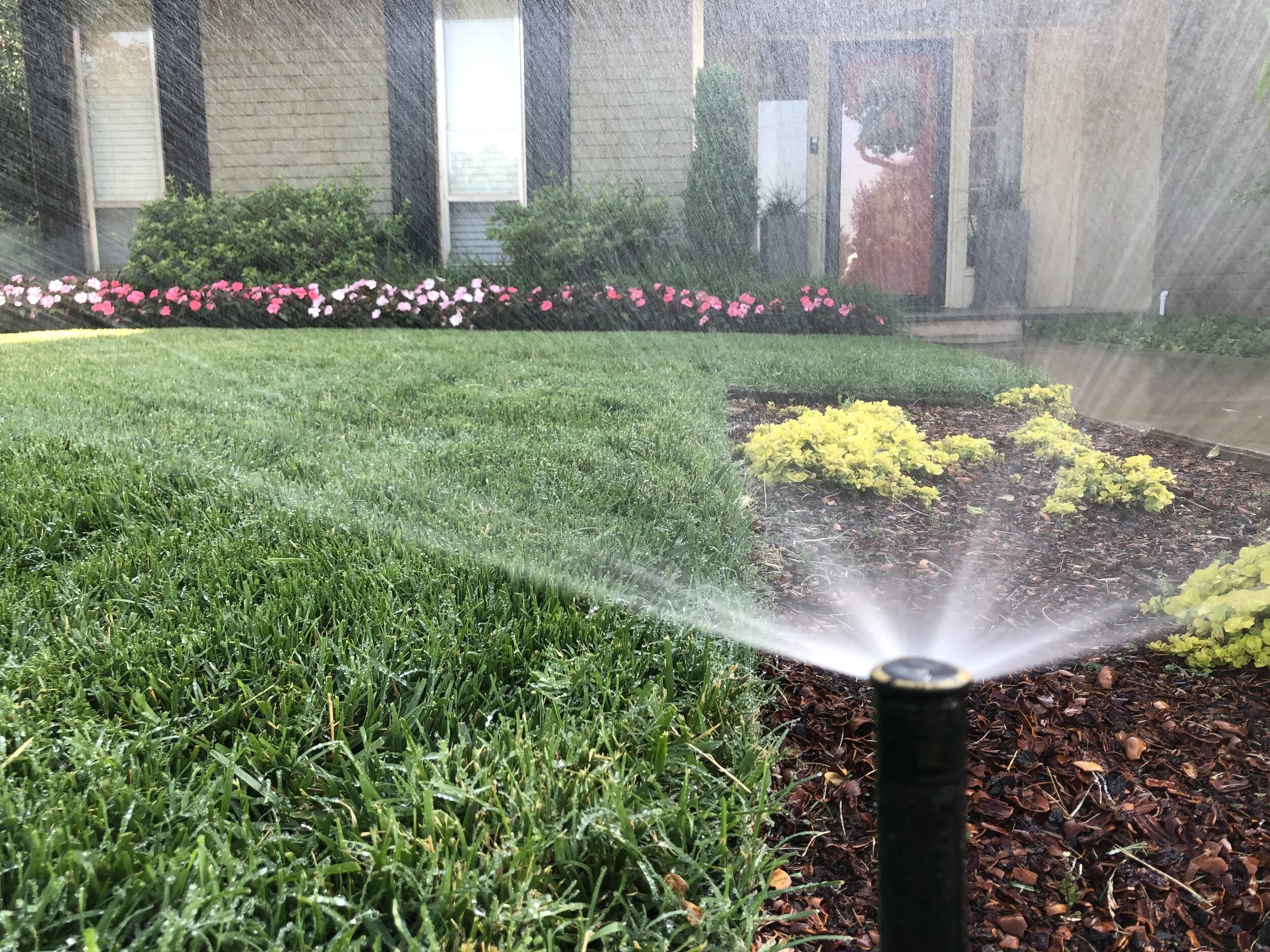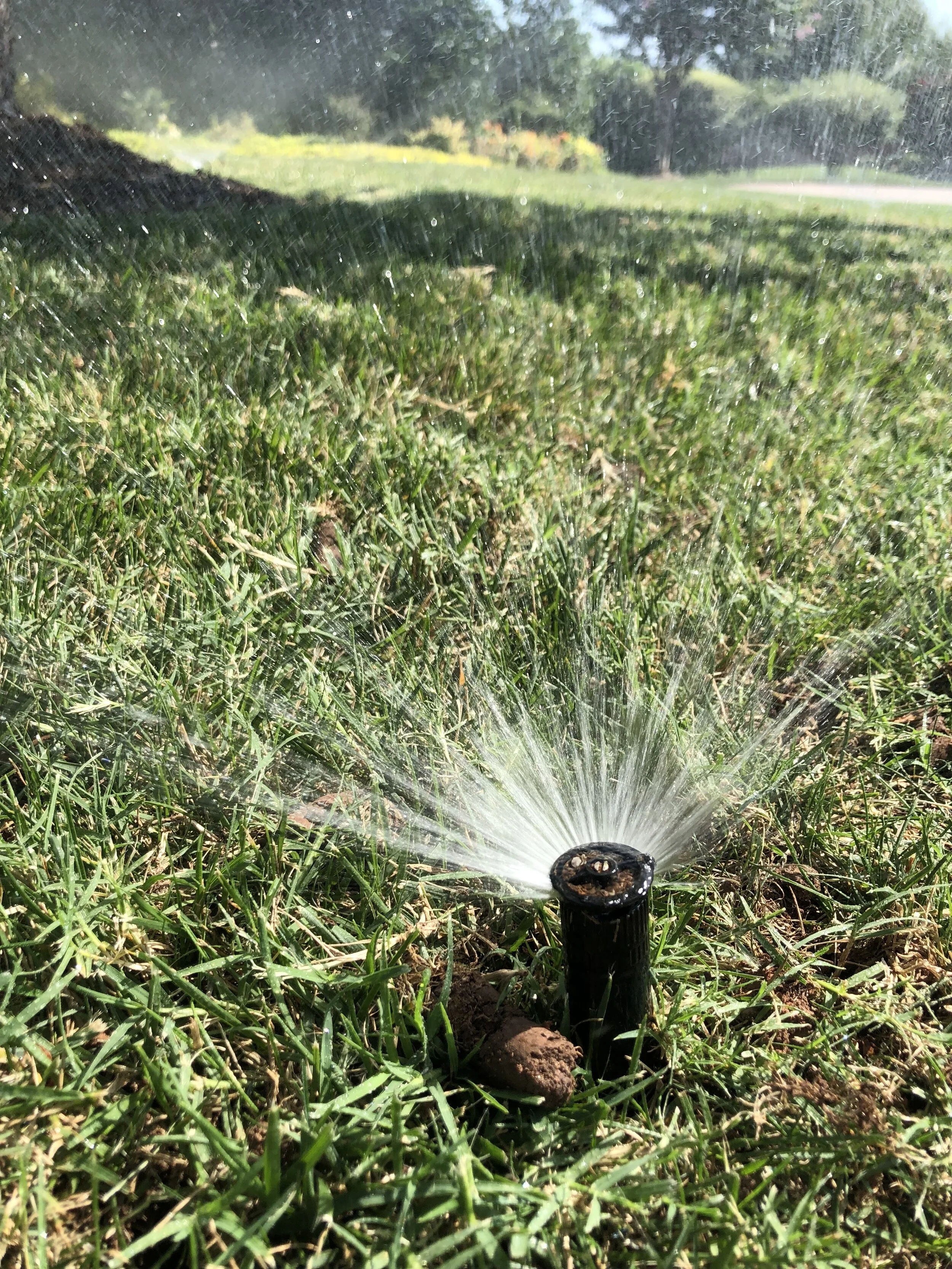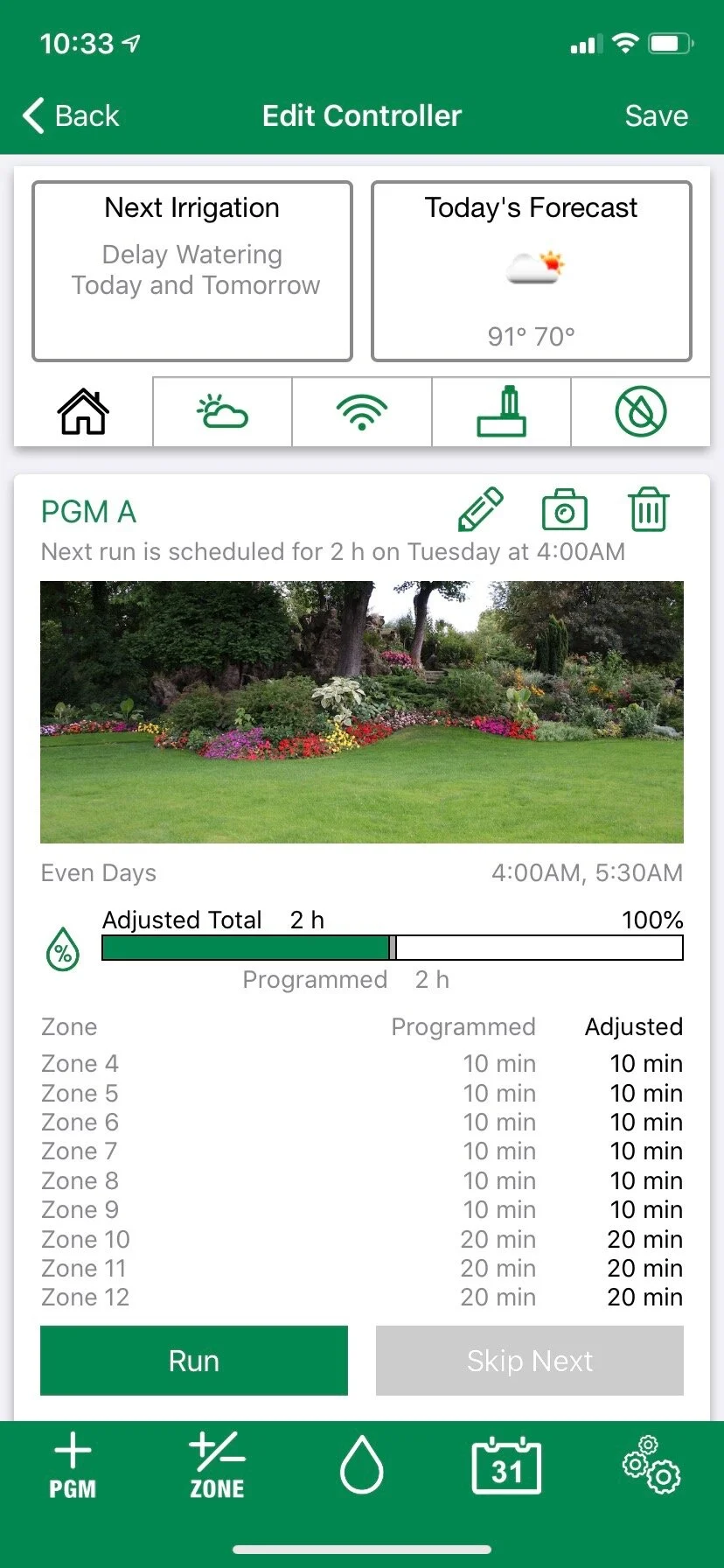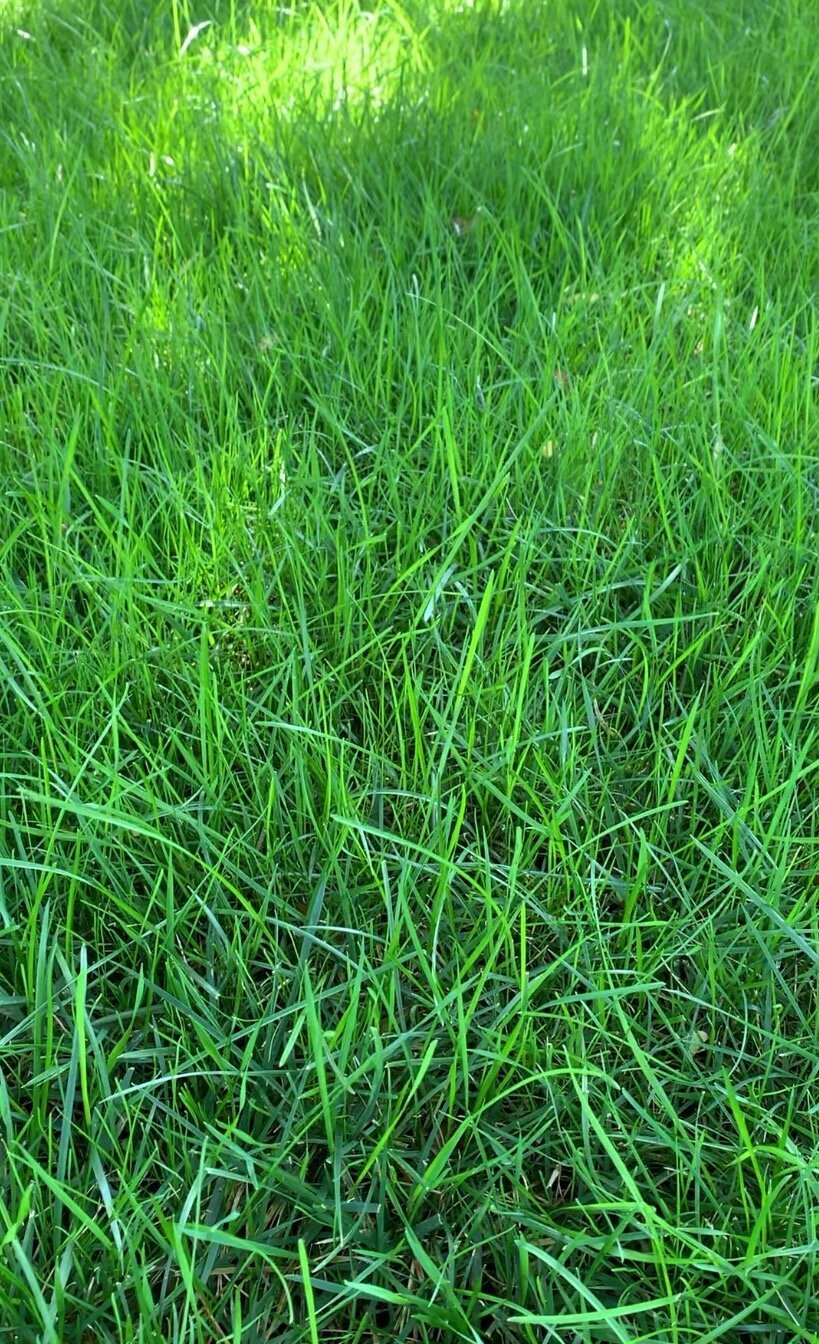
February – Will It Deliver An Early Spring or More Winter? (Copy)
What comes to mind when you think of February?
Do you think of February as the end of winter?
Or, do you think of February as the beginning of spring?
The reality is February can go either way.
Sometimes, February feels like winter is never going to end. Other times, February feels like spring has arrived with flowering bulbs, shrubs and trees bursting to life.
If we receive a snow this February, take time to find to notice the stark red branches of the Red Twig Dogwood against pure white snow.
Either way, February means we are getting closer to the browns of winter being replaced with the colors of spring!
And, no matter which way this February trends, it is time to shake off your winter break from lawn and landscape activities and get focused on setting up your lawn and landscape for your best year yet.
You may have had time to handle some of these tasks during January, if so, you are ahead. But, if not, it is time to get busy. We are down to a few weeks to get your lawn and landscape ready for the coming season.
For your best lawn this season, a pre-emergent application must be put on your lawn before the first of March.
Weed Control – In early January, as weather allowed, we began applying the very important first step of our lawn care program to many of your lawns. For your best lawn this year, it is critical you have a pre-emergent herbicide on your turf to prevent spring and summer weeds before early March. Many summer weeds germinate when soil temperatures reach 55 degrees, which typically occurs sometime during the first two weeks of March in central Oklahoma. Soil temperatures are currently in the low 40’s, but will reach the critical weed germination point within the next 30-40 days. Along with applying the first pre-emergent of the year, now is the perfect time to be more aggressive in controlling existing weeds in bermuda lawns. If you have a fescue lawn, now is also a good time for pre and post-emergent weed control, but if you are applying your own weed control it is critical you read the label first and ensure it is safe for fescue. Never assume that an herbicide is okay on any turf type.
Key Point: For your best lawn this year, your lawn needs a pre-emergent application before soil temperatures reach 55 degrees in early March.
Want to learn more about preventing weeds? Read our article from January 12th, Why is an Early Lawn Care Application So Important?
Because crabgrass is fast growing and spreads quickly, it can have a dominant presence in your lawn by May without a spring pre-emergent.
Dormant Oil – Many insects, such as scale, aphids, mites and leaf hoppers, overwinter on trees and shrubs. Spray with a dormant oil when the temperature is above freezing before the end of the month (before bud break), and you will have less insect issues on your trees and shrubs during the season. Dormant oil can also reduce some fungal pathogens.
Always read and follow the label before spraying. Some plants, such as blue spruce and blue juniper, can experience temporary loss of color if sprayed by Dormant Oils.
Key Point: Dormant oils will reduce, and possibly eliminate, some insects.
For more information on dormant oil applications, read our post from January 26th, Dormant Oils – A Proactive Approach to Insect Control.
Over the past few seasons Crape Myrtles have been problems with white scale. The first step in gaining control of the insect is a dormant oil treatment.
The best time to control and prevent weeds is before warm season lawns come out of dormancy.
An application of a dormant oil this month will smother overwintering insects such as aphids.
Assuming February brings us a gradual warm up we are only 30 days away from daffodil blossoms.
Watering – Winter moisture is important for the health of your lawn and landscape. January is one of our driest months and that proved true this year as well. Through the winter months, anytime we go 7-10 days without moisture, pick a nice day and give your lawn and landscape a deep soaking. The goal in the winter is to get ½” of moisture on your lawn and landscape every 2 weeks.
Key Point: Winter plant damage is more likely to occur when plant roots are dry during an extended cold period.
It is a good practice to wrap the trunks of young Maple trees to prevent trunk damage in February and March. Commonly known as southwest injury, it is caused by sap rising on warm days followed by freezing temperatures at night resulting in damage to the bark.
Fescue lawns will return to a rich dark green sometime between the last week of February and the last week of March when soil temperatures and moisture are just right.
Fescue – Most mature fescue lawns began the new year with better than normal winter color. But, between the early January run of 70 consecutive hours with temperatures below freezing, which included two nights in the low teens, followed by another run of 94 consecutive hours below freezing and a low of 1 degree, fescue lawns lost the color they carried through the holidays and now have a freeze-burn, brown appearance. If there only been just a couple of inches of snow to go with the cold temperatures, fescue would have lost some color but would have maintained an overall green hue.
What can you expect from your fescue in February? It all depends upon temperatures and moisture. Every year there is a turning point when temperatures rise, there is abundant moisture and almost overnight, fescue lawns regain their rich green color. A full recovery can happen as early as mid-February or as late as mid-March.
The extended cold periods in January along with the single digit temperatures without any snow cover have left fescue lawns with brown leaf tips.
Key Point: Hold your judgment on the condition of your fescue lawn for another 4-6 weeks.
What can you do for your fescue lawn? Sometime between late February and early March, remove the freeze-dried leaf blades by cutting the lawn shorter. You don’t have to scalp it. Just cut it enough to remove the brown leaf ends.
Key Point: Cut your fescue a little shorter in a few weeks to remove the brown leaf tips.
We could be only three weeks away from seeing spring color!
Soil Test – If your lawn did not respond as expected to fertilizer last year, you may have a soil problem. It is a good idea to have your soil tested every two to three years to ensure the soil will continue to yield a healthy landscape. A soil analysis will provide you with the pH and levels of nitrogen, phosphorus, and potassium. A pH range of 6.0 to 7.5 is acceptable for most plants.
Using a spade, take 10-12 samples of soil from the top 6”. It is best to test turf soil and landscape planting soil separately. Mix in a bucket and remove roots and debris. Place about 2 cups of soil in a plastic zip lock bag. Take the sample to your local Oklahoma County Extension Center.
The Oklahoma County’s center is located 2500 NE 63rd St, Oklahoma City, OK 73111. For a nominal fee, they will have the soil tested and send you the results along with recommendations in approximately two weeks.
Or, if you would like us to handle this for you, respond to this email or call (405)367-3873. We will gather a sample, deliver it to the lab, call you to discuss the findings, and prescribe a soil amendment plan if needed.
Key Point: For the best lawn and landscape, have your soil tested every two to three years.
One of the first announcements of spring comes from the bright golden yellow of the forsythia. When will it declare spring this year? Before the end of February? Or March?
Later this month Crabapple blossoms will burst to life.
Tree Pruning – Continue to work on tree pruning with the goal of completing maintenance and restorative pruning before trees’ leaf in March.
Want to know the details on tree pruning? Visit our article from December 8th, Winter Tree Pruning.
If you planted daffodil bulbs in November or December, this is less than 30 days away!
Lawn Maintenance – Continue to keep leaves and debris removed from the landscape. Later this month or early in March, cut the lawn for the first time. It is not necessary to scalp the lawn all the way to the soil. We recommend cutting the lawn at or just below the height you desire to maintain it at during the spring and early summer.
Lawn Equipment – If you mow your own lawn, February is a perfect time to get your mower ready for the new season. I am a firm believer in having your lawn mower professionally serviced every winter. Not only will you have less mower headaches during the season, you also can expect a longer mower life. Most shops offer a winter tune-up special where they put in a new spark plug, change the oil and filter, replace the air filter if needed, put in fresh fuel with stabilizer, and sharpen the blade.
We are only 4-5 weeks away from Oklahoma’s State Tree, the Redbud, brightening our days.
Have you noticed the Winterberry? Winterberry is a deciduous holly that adds interest to the winter landscape with a vibrant show of red berries.
No doubt the weather over the next few days will have us all thinking spring has arrived. But, odds are there is still a little more winter yet to come.
Don’t let a spring-like February day pass without spending some time outside.
By the end of the month, we will all be singing….
I see trees of green
Red roses too
I see them bloom
For me and you
And I think to myself
What a wonderful world
I see skies of blue
And clouds of white
The bright blessed day
The dark sacred night
And I think to myself
What a wonderful world
Yes, I think to myself
What a wonderful world!
(Thiele, Bob, and George David Weiss. "What a Wonderful World.")
If you need help with any of these tasks or have questions, please give us a call.
Lorne Hall
Hall | Stewart Lawn + Landscape
(405)367-3873
Dormant Oils – a Proactive Approach to Insect Control
It’s January…
Lawn care professionals and lawn enthusiasts appear to be singularly focused on one thing: Appling pre-emergent herbicides to prevent annual weeds from germinating this spring!
But wait…
Isn’t there something else we should be focused on?
Isn’t there also a way to prevent insects from overtaking your trees and shrubs this spring and summer?
Yes! You should also be applying Dormant Oils to trees and shrubs now.
A Dormant Oil Application now is to insect control what a Pre-emergent Herbicide Application is to weed control.
What is Dormant Oil?
Dormant Oils are an eco-friendly, effective way to control overwintering eggs and insects.
Commonly referred to as Dormant Oils, but technically they are Horticultural Oils. The common name Dormant Oils came about because they are sprayed on trees and shrubs while they are in dormancy before buds open in the spring.
Dormant oils are not poisonous or harmful to humans or pets.
Oak Scale, also known as Soft Scale is a common pest on oaks and cause stunting and twig dieback. A dormant oil application is the first step in controlling the pest.
Aphids are small sap-sucking insects that excretes a large amount of sticky honeydew May through September. A dormant oil application will help smother aphids eggs that overwinter on branches.
How does a Dormant Oil work?
Dormant oils work by suffocating and smothering overwintering insects. Oil blocks the air holes causing the insect to suffocate. In some cases, the oil acts as a poison and at times the oil can interfere with how an insect feeds.
White scale on crape myrtles.
What insects do Dormant Oils control?
Dormant oils typically target two types of insects, sucking and chewing pests.
Dormant oils control scale insects, aphids, some borers, and mites that are overwintering on trees and shrubs. They also can be effective as a fungicide to combat powdery mildew, leaf spot, and rust.
Two pest dormant oils target have become a common problem in our landscapes: scale and aphids.
Scale – White bark scale on crape myrtles is a problem in central Oklahoma. The insect is invasive and results in a black mold along the branches and trunk. Although the scale is rarely fatal to the plant, they are responsible for stunted growth, reduced flowering and decreased aesthetics.
Aphids – A few aphids are not a problem and do not require treatment. But if populations increase, they can cause damage. Application of dormant oil in the late winter or spring is the best preventive step to control aphids and is recommended.
Crape myrtles often struggle with scale and aphids and benefit from an annual dormant oil application.
The first sign of a spider mite problem is a plant that is showing signs of decline and the foliage takes on a yellow cast. Dormant oils can be used to kill mite eggs.
Spider mites are very small pest visible as small pepper sized specs that move on a white sheet of paper. Dormant oils can be used to kill mite eggs.
When should Dormant Oils be applied?
Applications should be made from winter to early spring while trees and shrubs are dormant.
The goal is to make the application while the plants are hardened off over the winter and before new buds or shoots start growing in the spring.
Treatments should be made when temperatures are above 32 degrees and winds are light.
Even coverage of all branches is very important to ensure the oils coat insects.
Do not spray on wet plants.
Always read and follow the label before spraying. Some plants, such as blue spruce and blue juniper, can experience temporary loss of color if sprayed by Dormant Oils.
“Right now, is the perfect time to take care of overwintering pests hiding in your trees and shrubs. Hall | Stewart’s Tree & Shrub Care Program Application #1 includes dormant oils. It is the easiest and most effective way to keep scale, mites, aphids, and other overwintering insects under control before they cause problems this spring and summer.”
Trinity Baird, Hall | Stewart Tree & Shrub Care Specialist
Dormant oil applications are an effective way to control scale on trunks and branches.
White scale on crape myrtle is a problem in central Oklahoma. If you have crape myrtles in your landscape, a dormant oil application is recommended.
Who Should Schedule A Dormant Oil Application Now?
Anyone who has struggled with aphids, mites or scale in the past year.
Anyone desiring an eco-friendlier approach to insect control.
Anyone who wants to reduce insect populations now instead of waiting until the growing season when harsher control methods are required.
Protect your landscape investment with a Dormant Oil Application this winter!
Lorne Hall
Hall | Stewart Lawn + Landscape
(405)367-3873
Boxwood – A Staple in the Landscape
Since I’m pretty confident you will not be spending time outside in your lawn and landscape on this blustery winter day, how about we spend a few minutes discussing one of the most, if not the most, common shrub in the landscape, the boxwood?
With 90 species and over 365 different cultivars of boxwoods, it is easy to see why there is a boxwood for every landscape.
Boxwoods grow naturally in a variety of shapes - rounded, upright, and pyramidal.
Boxwoods also come in a variety of sizes: anywhere from 2’ to 15’ tall and 2’ to 8’ wide.
Boxwoods grow from zone 5 through zone 9. Oh, and in case you are wondering, Oklahoma City is right in the middle, zone 7.
Boxwoods are a landscape staple that have a way of enhancing the garden without competing with other plants. They can be used in a formal garden to add an old-world feel and equally fit in well in a casual landscape setting. In the summertime, they provide a background of green while in the winter the provide structure and color.
Barberry add a splash of red against the backdrop of Boxwood lining a front walk.
Boxwood add green to the winter landscape while the perennials take a break. Without the Boxwood defining the bed the area would be void of interest in the winter.
Boxwoods easily shear — making them a great choice for hedges, borders, and foundation plantings. While at the same time, boxwoods make a great stand-alone shrub bringing attention to their natural growth habit.
Boxwoods are a great choice for height in the center of a container adding a rich green backdrop for seasonal color.
A very traditional use of Boxwoods framing the walk creating a welcoming stroll to the front door.
Boxwoods are an excellent choice for a symmetrical planting to frame the landscape, for foundation plantings, for outlining a patio or outdoor seating area to create a room feel, for pathway edges, as a backdrop in the perennial garden, to soften a fence or a wall, or simply planted in a container.
With so many boxwoods, how do you choose the right one for your landscape?
Nine boxwoods I currently enjoy the most:
Winter Gem Boxwood – As a very hardy small hedge, it is a favorite for borders, hedges, and foundation plantings. The Winter Gem has a natural rounded growth habit but shears well, making it easy to shape into spheres, cones, or hedges. The dark green leaves turn a golden bronze hue in the winter, adding an extra interest to the landscape. Winter Gem reaches 4-6’ tall and wide if left untrimmed.
Sprinter Boxwood – An improved Winter Gem introduced by Proven Winters. It is faster growing and maintains a green color through the winter. Use as a low hedge in a formal garden or as a foundation planting. Sprinter Boxwoods grow to 2-4’ tall and wide.
Winter Green Boxwood – Rich green color through the summer and winter. Commonly used as a hedge or foundation planting. Can also be sheared to maintain desired shape and size. Grows 4’ tall and wide.
Winter Gem Boxwood sheared into a cone shape is a simple way to fill a container.
Winter Gem Boxwood in their winter bronze tone add formality to the area around a fountain.
Baby Gem Boxwood – Compact dense green foliage that retains a green color in the winter. Another perfect choice for a formal hedge along a walk. A slow grower that only reaches 3’ tall and wide.
Newly planted Baby Gem Boxwood creating a formal hedge along a walk with Green Mountain Boxwood adding an accent on each end.
Baby Gem Boxwood used to frame a bed with room for annuals in the summer and larger summer blooming plants behind to create layers in the landscape.
Green Tower Boxwood – With a columnar growth habit it is a classic addition to any landscape. Green Tower has dark green leaves with lighter green on the underside and keeps a green color through the winter. Great used as a hedge, for privacy, around a foundation or as a punctuation to accent the landscape. Reaching 9’ tall while only 2’ wide, Green Tower is a great evergreen hedge for tight spaces.
Green Tower Boxwood planted to screen utilities near an outdoor living space.
Green Tower Boxwood adding an accent of green in the spring amongst azaleas and tulips.
Green Mountain Boxwood – With an upright, naturally cone shaped growth habit very little maintenance is needed for them to add an elegant accent to the landscape. When planted as a hedge, the pyramidal shape of the Green Mountain adds interest to an often-ho-hum hedge. It maintains very good winter color. Green Mountains grow up to 5’ tall and 3’ wide.
Green Mountain Boxwood used to add a punctuation in the landscape.
Green Mountain Boxwood growing in their natural round cone shape used to visually separate a walk from a drive. The contrast of the red Nandina and the green Boxwood add interest to the winter landscape.
Green Velvet Boxwood – A great plant for adding year-round structure to the landscape as a stand-alone rounded shrub or as foundation planting. Green Velvet’s dense low growth also makes a good hedge. Foliage remains rich green throughout winter. Green Velvet maintains a 3-4’ rounded growth habit if not pruned.
Green Velvet Boxwood used as a foundation and allowed to grow in their natural rounded shape.
Green Velvet Boxwood along the edge of a drive. Notice the boxwoods are not sheared growing in their natural round habit.
Dwarf English Boxwood – Small rounded slow grower reaching only 2’ tall and 2’ wide. Great as a small hedge along a pathway or in a container as an accent.
Variegated English Boxwoods – Small dark green leaves with creamy white edges. A slower grower that tops out at 5-6’ tall and wide. Great as a border, hedge, stand-alone accent or foundation planting. Best planted out of the afternoon and evening sun as it prefers a little less sun than green boxwoods.
And that is only 9 of the over 365!
Planting Boxwoods
Boxwoods, like most shrubs, prefer good drainage. They are adaptable to various soils but prefer slightly acidic soils. Good drainage is very important if planted in alkaline soils and they do not do well in heavy, wet soils.
Boxwoods prefer 4-6 hours of direct sunlight per day. They can grow in more shade but tend to have a more open, airy growth habit the less sun they receive.
If possible, avoid overly exposed, windy locations. Dry winter winds can cause tip dieback.
Most boxwoods are slow to moderate growers only putting on 3-6” of growth per year. So, when planting a hedge, plant on centers half the mature width. Example: If the mature width of the boxwood variety you selected is 4’, plant on 2’ centers.
When planting stand-alone boxwoods, select areas where there is space for good airflow and the shrub is not crowded by other plants.
Dig a hole twice the size of the pot and slightly deeper. Mix plenty of organic compost with the soil you removed from the hole and put some of the mix back in the hole. Lightly tamp the soil then position the plant with the top of the root ball approximately 1 to 2” above the soil level. Using your soil mixture, halfway fill the area around the plant, tamp it down, add water, then fill the area to the top of the root ball. Water again to remove air pockets in the soil. Level soil with a slight taper away from the top of the root ball. Finish the planting with 2” of a quality organic mulch to hold moisture and cool the soils in the summer and hold warmth in the winter.
Dig a hole twice the size of the pot and slightly deeper.
Put some of the soil and compost mixture in the bottom of the hole and lightly tamp.
Using your soil mixture partially backfill around the root ball, tamp down the soil, and then add water.
Finish the planting with 2” of a quality organic mulch to hold moisture and moderate soil temperatures.
Mix plenty of organic compost with the soil you removed from the hole you dug.
Position the plant with the top of the root ball approximately 1 to 2” above the soil level.
Finish backfilling and level the soil slightly tapering away from the top of the root ball.
As soon as the weather improves, get outside and go on a boxwood scavenger hunt.
Take a stroll around your neighborhood and see how many different boxwoods you can find and how many different ways they are used in the landscape.
What is your favorite way boxwood?
What is your favorite way to use boxwoods in the landscape: hedge, foundation, stand-alone accent, a punctuation, or in a container?
Lorne Hall
Hall | Stewart Lawn + Landscape
(405)367-3873
Why is an Early Lawn Care Application so important?
Yes, it has been a cold and snowy week in central Oklahoma.
Still yet Hall | Stewart is focused on spring and your lawn.
Why? Because when it comes to having a clean, weed free lawn this year, what you do or don’t do for your lawn between now and the end of February will determine the condition of your lawn this year.
There are many reasons for a weedy lawn:
Weeds are common in unhealthy soil,
Thin turf is an invitation for weeds to fill in the voids,
Weeds thrive in compacted soils,
Drought stressed lawns are a favorite target for weeds,
and the list goes on and on and on….
But, the most common reason for weeds is failure to apply a pre-emergent herbicide at the right time.
The early Spring Pre-Emergent application is the first step, a critical step, in growing a weed free, healthy lawn this year.
Hall | Stewart Lawn + Landscape has started applying the first application containing the early Spring Pre-Emergent to lawns — making sure all our clients receive the critical first step in weed prevention at the right time.
Year round we field a lot of questions about the best way to have a weed free, healthy lawn.
When do we get most questions about weeds? You are right, after a lawn is covered with weeds – when it is hard to gain control without causing damage to the turf.
The right time to have a conversation about weeds is before they germinate. Prevention of weeds is much easier and healthier than controlling them later.
Let’s cover a few key questions about weed prevention:
Why is the early spring pre-emergent so critical?
Summer annual weeds come up every year. An annual weed grows, reseeds, and dies all in one year. There are both grassy and broadleaf annual weeds. A quality pre-emergent herbicide will prevent many types of weeds.
The most aggressive annual grassy weed is crabgrass.
If you had a single crabgrass plant in your lawn last year, or your neighbor’s lawn had crabgrass, or your neighbor’s neighbors had crabgrass, there is a 100% chance you will have crabgrass this summer if you DO NOT apply a pre-emergent to your lawn this spring.
If you have a fescue lawn it is very important to make sure the products you put on your lawn are safe. The first lawn application of the year is one that you have to be careful not to put the wrong herbicide on fescue or you will cause damage.
Dallisgrass is often confused with crabgrass during the summer. Dallisgrass goes dormant in the winter but the rhizomes stay alive. The first application of the year as a good time to gain control and reduce the spread of this difficult weed.
A weed free lawn this summer starts with a pre-emergent application before the end of February.
Why am I so sure you will have crabgrass if you skip the early spring pre-emergent application?
A single crabgrass plant produces thousands of seeds. Because crabgrass is so prolific, even the nicest lawn in your neighborhood last summer can be full of crabgrass this summer if a pre-emergent is not applied this year.
Because crabgrass is an annual grassy weed, without a spring pre-emergent even the best lawns will have crabgrass this summer.
Because crabgrass is fast growing and spreads quickly, it can have a dominant presence in your lawn by May without a spring pre-emergent.
Mid summer lawn that did not have any pre-emergent in the spring.
What is the best timing for the first lawn care application?
With thousands of seeds lying dormant in the soil, as soon as conditions are right, germination will begin. Germination of crabgrass occurs typically in early to mid-March in central Oklahoma.
The key determination is soil temperature. When soil temperatures consistently reach 55 degrees, germination occurs. Currently, soil temperatures in the Oklahoma City area are in the low-40s.
Between now and early March, soil temperatures will go up and down, gradually creeping up until they reach that right temperature for summer weed germination.
Lawns that receive the early spring pre-emergent application sometime between now and the end of February have the best chance to be weed free this year.
Will one pre-emergent application per year be enough?
Crabgrass is one of the first annual weeds to germinate each spring, but it does not germinate all at once. Germination of seeds will continue throughout the summer.
Other summer annual grassy weeds such as goosegrass, foxtail, and sandbur will germinate soon after crabgrass. Knotweed and spurge are summer annual broadleaf weeds that will germinate even later.
Summer annuals germinate from mid-March through the summer.
Pre-emergent herbicides will not provide coverage for the entire summer growing season. A pre-emergent works by creating a blanket over the soil to prevent seeds from germinating. Rain, irrigation, foot traffic, all combine to gradually break down the herbicide.
Full summer control is only obtainable if you repeat the application again between early March and the end of May, 6-12 weeks after the first application.
A lawn care application between now and the end of a February will prevent crabgrass from coming up in March.
Does a pre-emergent need to be applied as a liquid or can it be spread as a granular?
Pre-emergent herbicides come in both forms, and either is effective as long as the product is applied evenly, creating continuous weed barrier. Watering the product in to the root zone is important. Always follow instructions left on your door anytime an application is made to your lawn.
For the do-it-yourselfer, it is important to study and follow the label. Know your grass type and make sure the product you are applying is approved for your lawn.
Don’t over apply. Pre-emergent herbicides work by drying out weed seeds. Too much pre-emergent will stunt root growth and slow spring green-up.
And, for the DIYer, only buy what you need per application to limit the amount of product you have left lying around the garage.
Why are pre-emergent sprays blue-green?
Actually, they are not. Some lawn care companies add dye to their herbicide to use as a marking pattern. We are not a proponent of using dye. Most pre-emergent herbicides have a light coloring that aid the lawn care professional in applying the product evenly to the surface.
We find dyes messy; they give the natural landscape an artificial look and add an unnecessary chemical to your landscape.
For your best lawn this summer an early season pre-emergent must be applied before the end of February.
Most importantly, for the best lawn in 2025, you must apply a pre-emergent to your lawn before the end of February.
If you subscribe to a Hall | Stewart Lawn Care Program, you can count on receiving your application before any chance of summer weed germination begins.
If you are not currently subscribing to a Hall | Stewart Lawn Care Program, give us a call (405)367-3873 or here and we will provide you with a Free Professional Lawn Evaluation.
3 reasons snow is good for your lawn and landscape: Snow insulates plant roots by trapping warm soil temperatures, it waters deep as it slowly melts, and it adds nitrogen to the soil.
Bonus Information
Lorne Hall
Hall | Stewart Lawn + Landscape
(405)367-3873
January Lawn + Landscape Tips
Happy New Year to Your Lawn & Landscape!
One of the best lawn and landscape off-season practices is a review of the highs and lows of last season and creation of a plan for the season to come.
What did you enjoy the most about your lawn and landscape in 2024?
What needs the most improvement in 2025?
If you are not in the habit of taking lawn and landscape pictures and making notes through the seasons, set a goal to start a Lawn and Landscape Journal in 2025. Every season, every year is different. Having good notes helps you adjust to changing conditions from season to season.
Besides reviewing and planning for the season, there are a few critical things to do in January that will make a big difference in the success of your lawn and landscape in 2025:
Moisture – With the coldest temperatures so far this winter forecasted for this week, talking about moisture is at the top of the January list of things to do. One of the most critical aspects of plant winter survival is good soil moisture. Through the winter, keep an eye on rainfall and soil moisture. Anytime we go 7-10 days without any moisture, rain, or snow, be prepared to water. Evergreen plants, both needle and broadleaf, are most susceptible to winter damage when we have a dry winter. Don’t forget to inspect containers, raised plantings, and plantings under the eaves of your house are the first to become too dry.
Irrigation Best Practice – If your system has a rain/freeze sensor and
if your system does not need to be winterized (Backflow has heat protection),
set your system to run through a cycle one time per week in the afternoon.
If it is above freezing and it hasn’t rained, the system will run through a cycle.
Mulch – A great landscape practice for improving survivability of your landscape plantings is a fresh layer of mulch. A 2-3” layer of mulch will provide insulation for your plant roots, retain moisture, and moderate soil temperatures.
Lawn Pre-Emergent – Your best chance to have a weed free lawn this year is to apply a pre-emergent In January or February. The purpose of a pre-emergent is to prevent weed seeds from germinating. The next weeds to germinate in your lawn will be the ones that haunt you all summer. Spring and summer weeds will start growing as soon as soil temperatures start to warm in early March.
A great time to control grassy weeds in dormant Bermuda is January and February .
Nonselective herbicides can be used while the turf is completely dormant to control any weeds that are actively growing.
If you are a subscriber to a Hall | Stewart’s Lawn Care Program, we will be visiting your lawn very soon to apply the critical first application of the year to prevent spring and summer weeds.
Lawn Post-Emergent – If you have a warm season lawn (Bermuda and Zoyia), now that we have received freezing temperatures it is one of the best times to gain control of troublesome grassy and broadleaf weeds. Nonselective weed control (herbicides that control anything that is actively growing) can be used while the turf is completely dormant. Now is also a good time to control broadleaf weeds growing in fescue, but do not use a nonselective herbicide on fescue. Always read the labels, know your turf type, and only apply herbicides labeled for your turf type.
Tree Trim – During winter dormancy, tree trimming is a great practice. Remove low hanging branches, crossing branches, and branches growing into the interior of the tree. Also, remove branches that may compete with the central leader.
For more information on tree trimming, visit our post from December 8th, Winter Tree Pruning – Improve Your Landscape Investment.
Dormant Oil – During January and February one of the best things you can do to prepare your landscape plants for the season is to treat them with a dormant oil. Dormant oils smoother overwintering insects (aphids, scale, mites, etc.) that often are some of the most difficult to control.
Crape myrtle bark scale activity has increased over the past few seasons. Scale is a white insect with a hard shell that appears on the bark. Dormant oils applied in January-February is the first step for controlling the pest. If your landscape includes crape myrtles, you need a dormant oil application every year.
When leaves accumulate in the corners of your lawn during the winter they become a collecting place for insects and disease.
Soil Test – If your lawn, shrubs, or trees struggled this year, now would be a great time to check the soil pH and nutrients. Fill a quart sized plastic bag with soil from at least 6 spots in the area of concern. Take soil from just below the surface. Remove roots from the soil. Use a separate bag for soil from your lawn and landscape areas. Take the soil sample to your local Oklahoma State University County Extension Office. They will test the soil and send you a report for a nominal fee. The Oklahoma County office is located at 2500 NE 63rd St., Oklahoma City, OK 73111. Or, give us a call and we will gather a sample and take it to the lab for you.
Leaf Clean-up – Keep your lawn and landscape clear of leaves through the winter. If you allow leaves to collect on your fescue lawn, in the corners and around objects, you will find the fescue thinner in the spring. Also, leaves are a collecting place for insects and disease over the winter.
Mower Maintenance – During the mowing off season take your lawn equipment in for annual winter service. Most lawn equipment stores offer specials during January on oil changes, lubrication, blade sharpening, and repairs. Annual preventive maintenance often keeps you from experiencing the frustration and hassle of repair issues during the growing season and extends your mower life.
So, what are your lawn and landscape goals for 2025?
Here are a few practices that may be just what you need to take your lawn and landscape from good to great in 2025:
Aeration – Our best lawns, the ones with the healthiest root system, thickest turf, best weed resistance and most drought tolerant are the ones that receive annual aeration.
Soil Test – If your lawn is slow to respond to fertilizer and weed treatments, it could be that you have a soil imbalance. A simple test will tell us what we need to know to create your best lawn.
Fall Overseed – Annual fescue seeding any area of your lawn that does not receive at least 5 hours a full sunlight daily to eliminate thinning and bare areas is an important step in having a great lawn.
Watering Habits – Make it a goal to learn the best way to water your lawn in 2025. A healthy lawn and landscape is watered infrequently and deeply. Frequency and length of watering is different for every lawn. Set aside time early in the season to discover the best way to water your lawn.
Landscape Refresh – From seasonal color plantings to your front landscape to your outdoor living spaces, what needs to be refreshed this year?
Plant Health Care – Your landscape represents an important investment in your property. Annual inspection and treatment of your trees and shrubs is a good practice.
If have any questions, or if you need help making 2025 your best lawn and landscape year, please give us a call (405)367-3873, or simply respond to this email.
One Important Winter Note – Avoid walking on fescue lawns when temperatures are below freezing or there is frost as it will cause damage that will last into the spring.
Lorne Hall
Hall | Stewart Lawn + Landscape
(405)367-3873
Happy New Year!
Unreasonable… Not guided by or based on good sense. “Your attitude is completely unreasonable.” Beyond the limits of acceptability or fairness. “An unreasonable request.” Similar: Uncooperative. Obstructive. Unhelpful. Troublesome. Unaccommodating. Bullheaded.
It’s the week between Christmas Day and New Year’s Day.
The week the team at Hall | Stewart takes a much-needed break.
And, the week my thoughts turn from thinking about lawns and landscapes to reflecting on the year and thinking about the approaching new year. (I hope you have or will take time to reflect and plan for 2025.)
My reflection of 2024 took me back to the fall and a book study of Will Guidara’s Unreasonable Hospitality: The Remarkable Power of Giving People More Than They Expect.
It was my second time reading Unreasonable Hospitality. This trip through the book I teamed up with my daughter, Molly, to lead a book study with leaders and emerging leaders at our family’s restaurants.
If you are assuming Unreasonable Hospitality is only for those in the hospitality industry, it’s not.
The concepts are important in all businesses, homes, families, friendships, churches, communities…ok, let’s just say “everywhere.”
Simon Sinek described Unreasonable Hospitality: “This is a book about how to treat people. How to listen. How to be curious. And how to learn to love the feeling of making others feel welcome. It is a book about how to make people feel like they belong.”
Why is unreasonable hospitality important: The world needs more hospitality, needs to both show more hospitality and feel more hospitality.
As you reflect on 2024, let me share with you a few (ok, maybe too many to call it a “few”) key points that stood out to me from Unreasonable Hospitality:
Unreasonable is a word when used in a sentence is meant to shut down the conversation. But, no one ever changed the game by being reasonable. You have to be unreasonable to see a world that doesn’t yet exist.
Black and white – you are doing your job with competence and efficiency. Color – you make people feel great.
How you serve your clients is as valuable as what your service or product is. When you create a hospitality first culture, everything about your business improves.
“People will forget what you do; they’ll forget what you said. But they’ll never forget how you made them feel.” Maya Angelou
Whatever you do for a living, you can choose to be in the hospitality business.
Intentionality is a way of life. Intention means every decision, from the most obviously significant to the seemingly mundane, matters. To do something with intentionality means to do it thoughtfully, with clear purpose and an eye on the desired result.
All it takes for something extraordinary to happen is one person with enthusiasm.
Danny Meyer, founder of Union Square Hospitality Group, sayings:
“Constant, gentle pressure” was the idea that everyone in the organization should always be improving, getting a little better all the time.
“Athletic hospitality” meant always looking for a win, whether you were playing offense making an already great experience even better, or defense apologizing for and fixing an error.
“Be the swan” reminded them the guest should see a gracefully curved neck and meticulous white feathers sailing across the water surface, not the webbed feet churning furiously below the water driving the glide.
“Make the charitable assumption” a reminder to assume the best of people, even when they weren’t’ behaving particularly well. This applies to both team members and guests.
Run toward what you want, as opposed to away from what you don’t want.
Hospitality is breaking down barriers, not putting them up. The goal is to connect with people.
“It might not work” is a terrible reason not to try. Take a chance. You don’t reach the top by taking “no” for an answer. You need to be willing to fail. “What would you attempt to do if you knew you could not fail?”
When you realize perfection is unattainable you can either give up altogether or try to get as close as you possibly can. It is not possible to do everything perfectly, but it is possible to do many things perfectly.
The definition of excellence is getting as many details right as you can. Chase excellence in every element of what you do.
The aggregation of marginal gains is the idea that if you could improve every detail by 1% you would get a significant increase when they are all put together.
Ambition is an extraordinary thing, a nuclear reactor that provides unlimited amounts of energy. When you have success, you want more. Momentum.
Adversity is a terrible thing to waste.
The opposite of a good idea is another good idea. The opposite of “unreasonable” is “reasonable.” Also, a good idea. But reasonable is not going to get you to the top.
Don’t confuse hospitality with luxury. Luxury is just giving more. Hospitality is being more thoughtful.
Creativity is a process. Creative minds have a process to help them be creative, to hone their ideas. It is an active process, not a passive one. You can’t use up creativity. The more you use it the more you have.
Hospitality, unreasonable hospitality… we have the opportunity, the responsibility,
to make magic in a world that desperately needs more of it.
Don’t miss the opportunity to reflect on 2024 and make plans for a great 2025!
May your 2025 be filled with giving and receiving unreasonable hospitality,
Lorne Hall
Hall | Stewart Lawn + Landscape
(405)367-3873
Merry Christmas!
“O holy night, the stars are brightly shining,
It is the night of the dear Savior’s birth;
Long lay the world in sin and error pining,
'Till he appeared, and the soul felt its worth.
A thrill of hope the weary world rejoices,
For yonder breaks a new and glorious morn;
Fall on your knees, Oh hear the angel voices!
O night divine! O night when Christ was born.
O night, O holy night, O night divine.
Led by the light of Faith serenely beaming;
With glowing hearts by his cradle we stand:
So, led by light of a star sweetly gleaming,
Here come the wise men from Orient land,
The King of Kings lay thus in lowly manger,
In all our trials born to be our friend;
He knows our need, To our weakness no stranger!
Behold your King! Before Him lowly bend!
Behold your King! your King! before him bend!
Truly He taught us to love one another;
His law is Love and His gospel is Peace;
Chains shall he break, for the slave is our brother,
And in his name all oppression shall cease,
Sweet hymns of joy in grateful Chorus raise we;
Let all within us praise his Holy name!
Christ is the Lord, then ever! ever praise we!
His pow'r and glory, evermore proclaim!
His pow'r and glory, evermore proclaim!”
O Holy Night by Adolphe Adam
May this Christmas be filled with love for one another!
Merry Christmas!
Your friends at Hall | Stewart Lawn + Landscape
Michelle, Lorne, Osman, Leo, Jesus, Justin, Cody, Watson, Rigoberto , Alfredo, Brady, Trinity, Keith, Paula, Tom, Marlon
The Year Fall Color Just Keeps On Going and Going
Let’s take a break from the hustle and bustle of the holiday season to celebrate the on going fall color show.
A quick scan through pictures from years past proved what I have been thinking, “This is as late of a fall color show I have witnessed in central Oklahoma!”
It’s mid-December…Why are some trees still so bright with color?
One of the key drivers of fall color is moisture. Late summer and early fall moisture this year was absent. But…November delivered the Oklahoma City area more rainfall than any other month this year. And, when we talk about moisture impacting fall color, rain in the 30 days before color change has the biggest impact.
November’s rainfall set us up for brilliant fall color in December!
Japanese Maples and October Glory Maples are two varieties that are currently on fire with color. Other trees still adding color to the landscape include Oaks and Chinese Pistache.
Japanese Maples
For more information on Japanese Maples, follow these links to previous articles we have posted: Japanese Maples - The Aristocrat of the Landscape and Japanese Maples – Year-Round Interest.
October Glory Maples
As one of the last large Maple trees to turn colors in the fall, this year they have been the big benefactor of November’ rainfall. October Glory Maples are a cross between a Red and Silver Maple and typically have a thicker denser canopy than the Autumn Blaze Maple which is one of the first maples to bring fall color.
If you didn’t get a chance to slow down yesterday and enjoy the extended fall color, grab a few minutes today.
Take a walk.
Go on a bike ride.
Get outside and enjoy.
Lorne Hall
Hall | Stewart Lawn + Landscape
(405)367-3873
Winter Tree Pruning – Improve Your Landscape Investment
Tree pruning is possibly the most important winter landscape activity.
Proper tree pruning during the early years of a tree
is an essential practice for any landscape.
Mature neighborhoods are full of examples of trees that were properly trimmed — resulting in assets to the landscape. In the same neighborhoods, there are trees that were left untouched leaving to chance if they would add value to the landscape someday. And, there are other trees that were improperly pruned destroying their appeal.
Trees are too large of an investment to leave their growth to chance.
Another reason for tree trimming is to correct storm damage. If you live in Oklahoma, it is likely you have had or will have to deal with tree damage due to wind or ice.
Let’s first cover maintenance pruning of younger trees, then tree trimming techniques, and finally we will tackle restorative pruning concepts to continue to return your trees to their former beauty after they experience storm damage.
Things to consider when pruning young trees:
Spend a few minutes studying the shape of the tree before making any cuts. Have a plan of what needs to be accomplished before making your first cut.
Avoid pruning the central leader. If there is competition for the central leader, select the best leader and reduce the size of the competing leaders. When dual central leaders are allowed to grow, there will be two negative outcomes: the tree will not grow as tall and have more of a rounded top, and the tree will develop a weak top more susceptible to storm damage.
Young trees if not properly trimmed will add little value to the landscape as they mature.
Prune branches around the perimeter that extend beyond the desired shape. If it is a species with a central leader, prune the tree to a gentle pyramid shape. If it is an oval topped tree, prune any branches that are out of proportion. If the tree is in a location where southern winds are impacting the shape, reduce the north side of the tree.
Gradually remove lower branches over the years. As a tree begins to reach maturity, it is best to be able to walk under the branches with your arm fully extended without touching branches.
Remove branches that are too close together on the trunk. My rule of thumb is for there to be a minimum of one to two hand widths between all branches.
Remove vigorous vertical branches. Known as waterspouts, these branches grow quickly and are weak wooded. If not removed, they are the first to go during wind and ice storms.
Remove downward growing branches.
Remove any branches that are larger than the trunk. If not, weak branching will be the outcome.
Remove crossing or rubbing branches.
Remove branches that are growing into the center of the tree.
Never remove more than 1/3 of the branching system in a single year. If major pruning is needed to correct a tree, do it over a few years.
A folding hand saw is a great tool for tree pruning.
A good tree cut is located at the branch collar, smooth and straight.
Tree trimming techniques:
When pruning a branch back to the trunk, prune close to the branch collar.
When removing branches over 2” in width use a three-cut method. Make the first cut 18” above the collar on the underneath side of the limb. Make the second cut on the top side of the first cut. Then, remove the remaining stub at the branch collar.
When branch pruning (vs not removing the branch completely at the trunk) make your cut ¼” above a bud. Select a bud facing the direction you want the branch to grow and make the cut on a diagonal.
Should you use tree wound dressing? There is good research for both using dressing on cuts and for not using a wound dressing. Our preference is to not use tree wound dressing when performing maintenance and corrective pruning during dormancy but, use dressing when pruning when there is heavy sap movement.
Most routine tree pruning and minor restorative pruning can be accomplished with these 4 tools.
Lower branches on this Chinese Pistache will be pruned this winter. Goal is to be able to walk around under mature trees and not be able to touch any branches with an outstretched hand.
Good tree pruning removes lower branches in proportion to the size of the tree to avoid lollipop shaped trees.
Before
After
Lower branches were removed. Shape was improved by removing overgrown perimeter branching.
Restorative Tree Pruning After Storm Damage:
Walk around the tree from a distance looking for broken branches and damage to the canopy. If the canopy of the tree is out of balance, make a plan to thin the tree on the heavy side.
Before making any cuts, determine the direction you want the branch to grow. If you need to fill in the middle of the tree, select growth toward the center of the tree. If you need to develop outward growth, select a branch growing outward.
Our Chinese Pistache one year after heavy ice storm damage destroyed the oval canopy. Restoration is a multi-year process when a tree is heavily damaged.
At the point of most restorative cuts, it is best if only one or two branches remain. If selecting more than one, they need to be at least one hand width apart.
For trees that lost a large portion of their canopy two years ago, the disproportionate amount of root system to canopy most likely resulting in an abundance of new branch growth again this year. Thin out and remove excessive branching, crossing branches, and branches growing into the interior of the canopy.
When selecting two branches to remain it is best if they are at least one hand width apart.
With less canopy to support our Chinese Pistache has produced a lot of new branches this year that need to be thinned out.
Four years post-ice storm our Chinese Pistache’s shape has greatly improved after three winters of restorative pruning.
Our Chinese Pistache with a wonderful oval canopy before the ice storm in October of 2020.
If the central leader was damaged in the past and cuts were made to establish a new central leader, notice how the new central leader is developing. Remember, it is important to not allow a cluster of new branches to compete for the central leader. The outcome will not be good in future years in both the health and the appearance of the tree.
After year one of restorative pruning our Chinese Pistache has started to regain its oval canopy.
If clusters of new branches are allowed to remain these areas will be weak and susceptible to future ice and wind damage.
Follow tree trimming techniques listed above.
Restoring a heavily storm damaged tree is a commitment to a 2-to-3-year process of evaluating and shaping. If your trees were damaged in the ice storm three years ago, don’t miss the opportunity to continue restorative pruning this winter.
Experience and knowledge are important for successful tree pruning.
If you need more information, OSU’s Extension Service Fact Sheet HLA-6409.
Or, give us a call. We can help by providing an evaluation of your tree’s health and make a plan for improvement.
Lorne Hall
Hall | Stewart
(405)367-3873
December Lawn & Landscape Tips
The days sandwiched between Thanksgiving and Christmas are full of holiday hustle and bustle…. and a few lawn and landscape activities!
That’s right, there are still lawn and landscape activities. The best lawns and landscapes are always receiving some attention…attention so they not only look their best this month, but also look their best this coming spring.
Lawn Mowing – Yes, warm season lawn (bermuda and zoysia) mowing has come to an end for the season. But, if you have a cool season lawn (fescue and rye) your lawn still needs maintenance.
Depending on weather conditions (primarily nighttime temperatures), you can expect cool season lawns to put on some growth well into December. So, don’t put your mower away just yet. Maintain fescue lawns at approximately 3” through the fall and winter.
Mulch mowing is a great way to manage leaves as long as you do it frequently.
With more and more nights with temperatures in the 20s fescue lawns are slowing down. But, don’t put your mower away too soon. Most Decembers, an occasional mowing is needed to keep them looking their best.
Oak trees are keeping the colors of fall alive with reds and browns.
Leaf Removal – Keeping leaves removed is recommended for all lawns, but critical if you have a cool season lawn. If you remove leaves regularly, you will find mulch mowing them back into the turf is an effective way to handle clean-up. Fescue will completely die out under leaves due to lack of light. If you allow leaves to collect in the corners of a fescue lawn over the winter, those areas will be thin to completely bare next spring.
Remember - fescue lawns need light even in the winter.
Oak trees have been keeping fall color going with red and brown hues.
Fescue will completely die out if you allow leaves to pile up this winter.
Fescue lawns need light. Keep leaves removed regularly.
Monitor rainfall and anytime we receive a 1/2" rain or more. turn your irrigation off for a week.
A best practice is to water as needed throughout the winter. Anytime we go a week without some moisture, pick a nice day and water your lawn and landscape.
The red berries of Nandina add interest to the winter landscape.
Mulch – Another great landscape practice for improving survivability of your landscape plantings is a fresh layer of mulch. A 2-3” layer of mulch will provide insulation for your plant roots, retain moisture, and moderate soil temperatures. We recommend adding a layer of fresh cedar, pine, cypress, or pecan mulch.
Irrigation – Through the winter, we recommend watering once per week anytime we go a week without ½” of rainfall.
If you have a rain/freeze sensor on your irrigation system and your system is equipped with freeze protection on the backflow, we recommend setting your system to run one time per week through the winter. If the temperature is below 35, the sensor will not allow the system to run and if there has been a recent rain, the system will remain off. If you do not have a rain/freeze sensor, pick a nice day once per week and run your system through a manual cycle.
Soil moisture is a critical ingredient for your landscape’s winter survival. Soil moisture is currently good in the Oklahoma City area thanks to the rain we have received in November, but with no rain in the last 10 days, soil moisture is starting to dry up.
How can you know the soil moisture? www.mesonet.org is Oklahoma’s industry leading website for weather and climate information. The 1-day Average 2” Fractional Water Index is a good guide to watering decisions.
Most importantly, if your soil is dry, and the forecast has days below freezing, it is recommended you water thoroughly before the cold weather arrives.
Winter damage to our lawn and landscape occurs when the top 3” of soil is dry and temperatures are below freezing.
With the later than normal fall, many trees such as this Gingko is continuing to add bright colors to the early December landscape.
Winter is the best time to for corrective tree pruning. As leaves drop, inspect your tree canopies and make a plan to prune this winter.
Tree Trim – During winter dormancy, tree trimming is a great practice. As leaves fall and tree canopies are more visible, spend a few minutes analyzing the structure of your trees and start making plans for the next step of corrective pruning. We will cover tree pruning techniques in detail in the next few weeks.
With so many varieties of Japanese Maples they add color throughout the fall and into December.
Spring Bulbs – Mid-November through mid-December is the perfect time to plant spring flowering bulbs (daffodils, hyacinths, tulips). Spring bulbs require extended cold temperatures to produce. If you procrastinate, you run the chance of not having a good color show next spring.
For a good spring color show bulbs need to be planted in the next couple of weeks.
Oak trees are one of the last trees to change color and then loose their leaves. Most falls you can count on them to add color to the landscape well into December.
Weed Control – If you have not applied the second fall/winter pre-emergent and broadleaf weed control to your lawn yet, it is not too late to do so. The goal with this application is to extend the prevention of weeds until the spring pre-emergent is applied.
Lawns that did not receive two fall pre-emergent applications are starting to see poa annua, the most prolific winter annual weed, start to germinate in thin turf areas. Fall pre-emergent applications are as equally important as spring pre-emergent applications.
Tree Planting – Tree farms are harvesting freshly dug trees now. Trees that are dug and replanted during dormancy have the best chance of survival. If you are thinking about adding trees to your landscape anytime in the next year, don’t wait till spring or summer, plant this winter.
Soil Test – If your lawn, shrubs, or trees often look a little off color and lack vigor, now would be a great time to check the soil pH and nutrients. Fill a quart sized plastic bag with soil from at least six spots in the area of concern. Take soil from just below the surface. Remove roots from the soil. Use a separate bag for soil from your lawn and landscape areas. Take the soil sample to your local Oklahoma State University County Extension Office. They will test the soil and send you a report for a nominal fee. The Oklahoma County office is located at 2500 NE 63rd St., Oklahoma City, OK 73111.
The late fall pre-emergent application is timed to keep your lawn clean through the winter.
Even though fescue lawn growth has slowed, as a cool season grass, it typically keep great color through December.
Trees that are dug and replanted during dormancy have the best chance of survival.
Foot Traffic – Avoid walking on frozen grass. It is particularly damaging to fescue. Turf areas with winter foot traffic are slow to recover in the spring.
Hall | Stewart Lawn + Landscape has enjoyed being a part of your lawn and landscape this year.
Anytime you need assistance with a lawn or landscape issue, we would love the opportunity to help.
Our goal, as always, is to help you have your best lawn and landscape!
Lorne Hall
Hall | Stewart Lawn + Landscape
(405)367-3873
Thanksgiving!
"I would maintain that thanks are the highest form of thought; and that gratitude is happiness doubled by wonder."
G.K. Chesterton
Thanksgiving!
Yes, Thanksgiving comes with an exclamation point! How can it not? It is by far the best holiday. It is a break from the normal hurried lives we lead to reflect on what we are thankful for and spend time with friends and family.
Last year, we took a break at Thanksgiving from our normal lawn and landscape writings to ponder the difference between being “thankful” and being “grateful.” So, a year later, on the week of Thanksgiving, we again deviate from our normal discussion to again reflect on thought of thankfulness.
Our conclusion from last year’s Thanksgiving post:
Thankful is recognition of a transaction.
Grateful is a deeper, stronger, more emotional version of thankful.
Grateful is recognition, acknowledgement of the difference others make in our lives.
Seth Godin said it well in a Thanksgiving Day post, “The magic of gratitude is that it improves everything it touches.”
Gratitude is a state of being. A position of gratitude changes your perspective.
Thanksgiving…the week to slow your pace and ponder both the things you are thankful for and the things you are grateful for.
But, is it as simple as that… just being more thankful and grateful?
Could there more?
What if you add “rejoice” to the equation?
Be thankful when someone does something for you. A gift. A helpful hand. A kind word. Acknowledge benefits received with a kind word of thanks.
Recognize the difference others have made in your life with a heart of gratefulness.
And then, rejoice for the blessings in your life.
Thanksgiving…a week of thankfulness, a week of heartfelt gratitude, and a week of rejoicing for the many ways we have been blessed.
Yes, we all have worries. There are relationship worries, financial worries, health worries, career worries, social worries, political worries -- the list could go on and on. We all have worries.
But, we all have so many blessings too.
I bet, if we spend Thanksgiving week reflecting on our blessings, we will find we have far more blessings to rejoice about than worries.
And maybe, just maybe, if we spend the next few days being thankful, with a heart full of gratitude, while rejoicing for our blessings, maybe, just maybe, we will find our worries a little less worrisome.
Thank you for allowing Hall | Stewart to help you with your lawn and landscape this season. We are so grateful for every opportunity we have to visit your site. And, we rejoice as we see your lawn and landscape become your best lawn.
May your week be filled with thankfulness, gratitude and rejoicing!
Your friends… Alfredo, Brady, Cody, Emily, Jesus, Justin, Keith, Leo, Marlon, Michelle, Morgan, Osman, Paula, Rigoberto, Trinity, Watson, Tom and Lorne
Hall | Stewart
(405)367-3873
Oh, the Colors of Fall!
Plan a walk through a neighborhood with mature trees full of fall color this week.
Everything about this fall has felt a couple of weeks behind — even fall color is running is running behind.
But, it’s here. It is officially time to get outdoors and enjoy the fall show!
Plan a color walk through your favorite neighborhood or park, take a leisurely bike ride through a neighborhood full of mature trees, or take an afternoon drive around the metro area.
Fall color depends upon a few key elements:
1. Abundant moisture during the growing season.
The best fall color follows a summer of consistent moisture. When we have a below normal, dry summer, you can expect to see a slightly less dynamic fall color.
Yellow leafed Japanese Maples add bright pots of yellow to the fall landscape.
2. Average to late freeze.
The average first freeze in central Oklahoma occurs during the first few days of November. Some areas of the metro experienced an early light freeze on October 16th, but for most of the area, and officially, we have not had a freeze yet this year. When it comes to the first fall freeze, the best fall color occurs when the first freeze comes late, and it is a light freeze.
3. Cool fall nights with plenty of sunshine.
The more average cool fall nights, nights above freezing, the better the fall color. Also, the more sunny days versus cloudy days, the more dynamic the colors will be.
4. Low winds.
Once the leaves make the change to brilliant yellows, oranges and reds, the last thing we want is a gusty day stripping the trees. Once leaves start to turn, low to no wind days will extend the color.
Based on these four elements, I would say we are experiencing a late and less than average fall color display this year. The biggest impact on fall color this year was the dry late summer and fall.
Just a reminder to keep the leaves cleaned up often. Fescue needs light!
I always look forward to seeing this maple in Mesta Park every fall.
Nandina is an old time plant that showers us with large berry clusters followed by bright orange, red leaves as the fall progresses.
Japanese Maple
Typically, peak fall color for central Oklahoma starts the last week of October and extends through the first two weeks of November.
This year, peak fall color is happening now, in mid-November.
Pyracantha
What is your favorite fall tree or shrub?
What is mine? Any and all! Everyday I have a new favorite.
Here are a few that I always look forward to seeing in the fall landscape:
Boston Ivy is a deciduous vine that turns bright red in the fall.
Autumn Blaze Maples are the first maples to announce it is fall.
Looking for a place to take leisurely fall color bike ride? Start on NW 14th in Heritage Hills and discover this Autumn Blaze Maple.
Autumn Blaze Maple. This was the first bright red tree I saw this fall.
Autumn Blaze Maple – One of the first trees to start the show with bright orange to red foliage. I’m sure you have noticed them. Often the heat of late summer will leave Maples with tattered leaves and less fall color, which is the case this year. Maples do best when they have protection from late evening, radiant heat. This explains why you will find some of the brightest reds on maples are on the trees planted amongst other large trees.
Chinese Pistache is a dependable medium sized tree that is tolerate of a wide range of planting locations.
Chinese Pistache
The Chinese Pistache at NW 18th and Shartel Ave are typically put on a brilliant show.
Chinese Pistache – A round top, medium sized tree, with incredible colors of yellow, orange, and red in the fall. The best Chinese Pistache are so electric you would think they are plugged in. The only downside to a Chinese Pistache is inconsistency. Not everyone will have dynamic color. We have one in our front lawn, the color is good, but not as brilliant as others. The Oklahoma City National Memorial has several large and colorful Chinese Pistache.
There is something about the way the late afternoon fall sun hits the changing leaves of a bald cypress that makes you stop and pause.
Bald Cypress – Known for being the only deciduous needle tree, bald cypress has a brilliant rusty red color in the fall. It is a large tree, too large for the typical city sized yard, but if you have a large area, it will not disappoint in the fall. We have one planted near the water, and we can count on it consistently putting on a good fall show. There is something about how the late evening sun hits the color changing foliage in the fall that causes me to pause for a minute and stare every evening.
Lacebark Elm – A large tree with mottled bark that is not as disease and pest prone as the traditional elms. You can expect bright yellow leaves for the fall. A favorite variety is the Allee with its vase shape.
October Glory Maple is similar to the Autumn Blaze in growth and color but puts on a color show a couple weeks after the Autumn Blaze
October Glory Maple adds orange-red to red color to the landscape just a little latter than the Autumn Blaze Maple.
October Glory Maple – Another large Maple like the Autumn Blaze in growth and fall color. One difference is the October Glory’s peak color usually comes a couple of weeks later than the Autumn Blaze. While Autumn Blaze is one of the first trees to turn red in the fall, October Glory is one of the last. Maybe every landscape should have one of each.
Shantung Maple
Shantung Maple is a smaller tree with brilliant golden yellow to orange fall color.
Shantung Maple – A smaller, 20-25’ Maple with yellow to orange to red color. This tree is ideal for planting near power lines, in smaller lawns, or as an accent tree in a larger landscape.
I enjoy the view of our neighbor’s maple trees every fall and I’m so thankful they added them to their landscape!
Shumard Oak – There are so many great oaks, but this is my favorite. A large, 50-75’ tree with good red fall color. One advantage to the Shumard Oak is it’s more tolerant of our alkaline soils.
The reddish browns of Shumard Oak rarely disappoint.
Shumard Oak
Redbud – A smaller tree, famous for being one of the first to flower in the spring, but often overlooked for its bright yellow fall color. The native Eastern Redbud has better fall color than the improved Oklahoma Redbud but can disappoint if the summer has left the leaves tattered.
Ginkgo
Ginkgo
Ginkgo
Ginkgo – An underused, 40-60’ tree that does very well in street plantings. The Ginkgo has a distinct, fan shaped, irregularly notched leaf that could lay claim to the best yellow fall color.
Silhouette Sweetgum are a great tree for adding bright fall color to small spaces.
Sweetgum may be the most perfect tree with star-shaped dark green leaves that turn wonderful shades of yellow, orange, red, and purple lasting late into the fall. (Perfect except for those annoying spiky seed balls that litter your lawn.)
Slender Sihouette Sweetgum is columnar shaped and great for tight spaces and crest a wonderful vertical accent.
Sweet Gum
Sweet Gum – If it weren’t for the spiny, 1-1.5” seed balls that litter a lawn, this tree would be on every landscape enthusiast’s wish list. When you see a sweetgum in the fall, it immediately gets your attention because of the multicolored leaves. The star-shaped leaves turn shades of yellow, orange, red, and purple often persisting late into the fall. The tree performs well in both wet and dry soils and reaches 50-60’. The Slender Silhouette variety is a columnar shaped Sweetgum that reaches 40-50’ but is only 4’ wide. It is great for tight spaces, small gardens, and anyplace you want to create a striking vertical accent. Just like the full-sized tree, it is common for there to be several rich colors on the same tree.
This allee of single trunk Crape Myrtles at the Myriad Gardens is a great example of the fall color Crape Myrtles add to the landscape when we allow them grow to their natural size as trees instead of excessively pruning them every spring into large shrubs.
Ash
Ash – Marshall’s Seedless Ash is a proven variety with dark green foliage and bright yellow fall color. Ash is known for its tolerance of hot, dry winds and both wet and dry soils, making them well suited for our climate.
Crape Myrtles – Our longest blooming landscape plant is too often overlooked for the orange to red fall colors it brings to the landscape. Incorrectly, Crape Myrtle are pruned into large shrubs, and we rarely get to experience their splendor in the fall as a tree. When allowed to grow naturally, you find their addition to the fall landscape stunning.
Ash
Crape Myrtle
A Dogwood growing in a native area in eastern Oklahoma.
Dogwoods – A rarely planted tree in central Oklahoma that makes a great understory tree in shady areas with dark red fall color. If you have mature trees in your landscape, consider adding a dogwood as an accent. The Tulsa area is blessed with an abundance of fall color from dogwoods.
Euonymus Burning Bush
Burning Bush looks great on groupings or as a single specimen.
Euonymus Burning Bush
Euonymus Burning Bush – A medium to large shrub with bright red fall color. Like the Chinese Pistache, they can be inconsistent. Also known as, Winged Euonymus. When it is over pruned, it doesn’t reach its full potential. When it is left to grow to its natural shape and height, and it has received sufficient moisture through the summer, the fall color is intense and more consistent than any other plant. It is a great planted as a single specimen, in a grouping or as a natural hedge. For smaller landscapes, plant the ‘Compactus’ variety.
Oakleaf Hydrangea are know for their white flowers in early summer, but with their large burgundy colored leaves also put on a great fall show.
Oakleaf Hydrangeas are often overlooked for their rich red fall color.
Oakleaf Hydrangea
Oakleaf Hydrangea - One of the most underutilized, showy plants available. Known for magnificent white flowers in the early summer, but it is often overlooked for the rich burgundy color of the large, lobed leaves in the fall. It prefers moist, rich, well-drained soil and best planted in shade to partial shade.
Ornamental grasses can also add brilliant colors to the fall landscape. One of my favorites is Pink Muhly.
Pink Muhly Grass - An upright, slightly arching ornamental grass that produces a soft, airy pink to purple bloom in late September to early November. Great planted as a single specimen or as a mass planting.
Autumn Sage is a perennial that adds bright pinks to the fall landscape.
Autumn Sage
Autumn Sage - A showy perennial that adds prolific hot pink color to the fall landscape. Great for hot, sunny locations.
There are several varieties of Sumac each with their own dynamic fall color.
Sumac
Sumac
Sumac - Used as a large shrub or a specimen small tree with great tolerance for dry, poor soils. Sumac has a bright red fall color. It is best known for the bright red color it adds to the native landscape, but it deserves to be planted in more landscapes as an understory.
Did you notice the list of great fall color includes more than trees?
Don’t overlook all the color shrubs, vines and perennials that can add to your fall landscape.
Get outside!
Maybe you will find a tree or shrub you need to add to your landscape!
We would love to see pictures of your favorite fall colors!
Lorne Hall
Hall | Stewart Lawn + Landscape
(405)367-3873
Goldmound Spirea
Leaf Clean-up is a Matter of Lawn Health
Don’t you love trees!
Trees announce the end of winter and celebrate spring with bursts of colors as they come to life with fresh buds and colorful blossoms.
In the summer, we enjoy the coolness of their shade.
Now in the fall, we enjoy the bright shades of red, yellow, orange, and brown that trees add to our world.
Lawn and landscape enthusiasts just can’t imagine a world without the enjoyment of trees.
But, it is starting…the not so enjoyable side of trees…falling leaves!
Let’s face it, for all the wonderful attributes of trees, trees can be a love-hate relationship.
Maybe “hate” is too strong for a tree lover. It is really a love-love-love-followed by an inconvenient relationship.
It is just so unfortunate that leaf clean-up is a necessary evil of being a tree lover.
Weekly mulch mowing leaves is a best practice for keeping your healthy through the fall.
We love the spectacular red maple leaves on our trees. But, as soon as they clutter the lawn, we can’t stand them.
The old yellow Cottonwood leaves look great towering over this Edmond neighborhood, but soon frequent mulch mowing of leaves will be a best practice in this neighborhood.
Shumard Oak trees are one of the last trees to add color to the fall landscape and also one of the last trees to drop leaves.
Why is leaf clean UP important?
Can’t I just leave the leaves on the lawn and landscape until an Oklahoma wind pushes them down the street?
Why is it important to clean up leaves when the lawn isn’t growing much and will soon be dormant?
Is the only reason we clean up leaves is to have a neat and tidy landscape?
Actually, leaf clean-up is a particularly important part of lawn health. Why?
For fescue lawns…
Fescue lawns are thriving right now. Gradually, fescue growth will slow but root development will continue.
Light and air are two critical elements needed for the turf to build strong roots. Strong roots equal a better lawn next spring.
Best practices for fescue lawns are all about developing a strong root system for next summer. The best practices include fall fertilizer applications, overseeding to thicken the turf, proper water management, and ensuring the turf receives light and air by removing leaves frequently.
For cool season lawns, allowing leaves to accumulate for more than a week results in thinner turf. Allowing leaves to become matted on cool season lawns will result in completely bare areas. This is important for mature fescue lawns, but especially critical for newly seeded fescue.
Fescue Lawn Recommendation – Continue to maintain fescue lawns weekly as long as leaves are falling and accumulating.
Oak trees are one of the last trees to drop their leaves. Some varieties of oaks actually hold their leaves until new buds emerge in the spring.
The incredible colors of fall are gradually fading into the stress of leaf cleanup.
Unfortunately, soon the brilliant rusty reds and yellows of my Bald Cypress will cover the lawn and patio.
Due to the smallness of the leaf, Elm leaves will create a thick mat if not cleaned up frequently.
When you make leaf clean up a weekly practice, most of the time it is as simple as using your lawn mower to mulch mow the leaves back into the lawn. Studies show mulch mowing leaves returns nutrients and organic matter back to the soil.
My current practice is to mulch mow my fescue lawn every 4-5 days.
When leaf drop is heavy, raking, and removal may be needed. The goal is to return your lawn condition to the point where air and light can reach the turf blades. If mulch mowing only results in a heavy layer of smaller leaves, it is time to rake and bag.
When a large leaf drop occurs, and it typically happens once or twice every fall, my practice is to blow the majority of leaves into piles, bag them and then mulch mow the lawn.
Yes, leaf clean-up necessary:
Leaf removal is a matter of lawn health, not just tidiness.
All lawns need air and light to thrive, even in the fall and winter.
Resist the urge to wait until all your leaves have dropped before you clean them up!
Mulch mowing often is a beneficial way to keep leaves cleaned up.
Bald Cypress needles are notorious for creating a dense blanket robbing your lawn of light and air.
For bermuda lawns…
It is tempting to let leaves build up on dormant warm season lawn. But, dormant bermuda also needs air and light. Piled up leaves trap moisture and are prime breeding grounds for disease. Moist leaves can result in fungal problems. It is common to find thin and sometimes bare areas in bermuda lawns where leaves have been left for extended periods of time.
Bermuda Lawn Recommendation – Even though warm seasons lawns have stopped growing and are going dormant for the season, keeping leaves cleaned up and not allowing them to accumulate around edges and in corners is the best practice.
Leaves piled up in corners are a breeding ground for disease.
Mulching leaves with your mower is very beneficial to your soil.
Allowing leaves to accumulate on your lawn can result in a thinner turf.
A leaf covered lawn will reduce the effectiveness of the last lawn application of the year by limiting the weed preventing herbicide from reaching the soil surface.
Another reason for regular leaf removal is the timing of the last lawn care application of the season – Fall is a critical time to prevent and control weeds and set your lawn up for a great start next spring. Application effectiveness is reduced when the herbicide can’t reach the target because there is a layer of leaves.
Some the the most dynamic yellow leaves in the metro can be found on the Ginkgo Trees on NW 1st and Classen in front of the old Sunshine Cleaners building.
Don’t allow leaves to accumulate on your lawn edges for days and days. If you do the result will be think edges next spring.
Frequent leaf clean-up this fall will give you a better looking, healthier lawn next spring and, more importantly, it could prevent you from spending time and money repairing a thin lawn.
Lorne Hall
Hall | Stewart Lawn + Landscape
(405)367-3873
November Lawn & Landscape Tips
Finally, it is starting to feel and look like fall!
Nights are cool. Days are pleasant. Trees are starting to add reds and yellows to the landscape. Who doesn’t love fall!
Warm season lawns are gradually losing the last of their summer color. At the same time, cool season lawns are adding rich greens to the landscape. Fescue and rye lawns will continue to flourish through November and into December as long as nighttime temperatures stay in the 40s and daytimes are in the 50-70s.
Yes, the change of seasons means lawn and landscape tasks are becoming less frequent, but there are still important activities that need attention in November:
Seasonal Color Planting – If you have not removed your summer color and replaced them with pansies and kale, now is the time to do it. Soon, as nighttime temperatures continue to cool, any remaining summer color will be done for the season. Because soil temperatures stay warm through November, you still have time to plant pansies. Coming Soon to A Landscape Near You – Fall Seasonal Color! September 15, 2024
Now is the perfect time to add pansies to your fall landscape.
Plants that produce berries, such as nandina, add bright colors and interest to the fall and winter landscape.
The bright colors of summer loving annuals...as soon as we receive a killing freeze.
Perennial Tip: If you have mums in pots this fall, don’t throw them away when they are finished. Instead, add them to your landscape. These mums, used as a perennial, where in pots last fall.
Pyracantha is another fall berrying plant. There are varieties with orange, yellow or red berries.
The blue berries of Hollywood Junipers add interest to the fall and winter landscape.
Spring Bulbs – November through early December is the best time to plant spring flowering bulbs such as daffodils, hyacinths, and tulips. I have never heard anyone in March say they wish they hadn’t planted bulbs last fall. But, every year I hear someone say how much they wish they would have taken the time to plant bulbs last fall. Plan Now. Plant Next Month. Enjoy Next Spring! October 13, 2024
Lawn Mowing – Warm season lawns, bermuda and zoysia, most likely have had their last mowing or will very soon. But, cool season lawns, fescue and rye, will continue to grow and flourish. Continue to mow fescue and rye on a regular schedule. The best height to maintain your cool season lawn in the fall is 3” to 3 ½”.
A common appearance of bermuda lawns is a spotty pattern after a heavy frost.
Autumn Blaze Maples have started adding dynamic reds to the landscape. It is one of the first maples to turn in the fall while the October Glory Maple is one of the last.
Ash trees add bright yellows to the early fall landscape.
Leaf Removal – It is important to keep leaves cleaned up. Allowing them to decay on the lawn promotes fungus and disease. If you have a cool season lawn, it is critical to keep the leaves removed. Fescue and rye need light. Allowing leaves to remain on the lawn for extended periods of time will kill areas of your lawn. My favorite way to remove leaves from my fescue lawn is to mulch mow every 5-7 days. I find that mulching small amounts of leaves back into the lawn improves my soil structure. I only rake and bag leaves when they are too thick to mulch mow.
A great way to manage leaf clean up is to mulch mow the leaves every 4-5 days.
Weed Control – This month is a good month to control broadleaf weeds in your warm season and established cool season lawns. Dandelions and other broadleaves are typically small at this point and easier to kill. If you overseeded your lawn with fescue or rye this fall, do not apply any weed control products until the new grass is well established and has been mowed a few times.
If you have not applied a pre-emergent to your lawn this fall, please do so as soon as possible. And, if you applied a fall pre-emergent in August or September, a second pre-emergent should be applied in October to early December for best prevention of winter weeds. A clean start next spring is the result of two timely fall applications. Why A Second Fall Pre-Emergent Is Important. October 6, 2024
Autumn Blaze Maples, one of the first maples to turn in the fall, started adding bright reds to the landscape this week.
Irrigation – With the unusually dry late summer and fall many lawns and landscapes are not where they need to be heading into winter. It doesn’t help that November is typically one of the driest months of the year.
Lack of moisture is a major cause of winter damage to trees and shrubs. Particularly, your evergreens need moisture even when the landscape is dormant.
With cooler temperatures and shorter days, you may not need to water as often. But, it is too early to stop watering all together.
This time of year, I will either set my irrigation to run every 4 days or leave it on every other day and turn it off for a few days when we receive at least a ½” rainfall.
If your irrigation backflow device is located below ground, inside your garage/house, or has winter protection (heat tape, insulated bag, and cover) you do not need to winterize your system for the winter. Continue to use the system as needed on nice days throughout the winter.
If your system’s backflow is not protected from freezing temperatures, consider adding heat tape, an insulated bag and cover. This will allow you to protect your landscape investment by watering as needed this winter. You can also take it one step further and install a rain/freeze system that will shut the system off when it is too cold, or we have had rain.
Key Point – Most landscape winter damage occurs when the top few inches of soil are dry when temperatures are below freezing.
Irrigation systems are required to have a backflow device installed to prevent irrigation water from re-entering the city water supply. Without freeze protection, your system needs to be shut down for the winter.
The traditional way to protect your backflow from freezing is to wrap it with heat tape and cover with an insulated bag and mock rock. With freeze protection you can continue to use your system as needed through the winter.
Lawn Fertilizer – Fescue and rye lawns need their second fall fertilizer application in late October through November. Fall is the best time of the year to fertilize cool season lawns. Bermuda lawns do not need any more fertilizer this year. A good lawn care program will fertilize cool season and warm season turf on a different schedule making sure they each receive fertilizer at the correct times of the season.
If you didn’t prune the spent blooms off your reblooming hydrangeas after they faded, the dried out, spent blooms of late summer turn bright pinkish-red colors in the fall.
Autumn Sage is a perennial that is great for adding reds and pinks to your fall landscape.
Fertilizing Trees and Shrubs – Once your area has received a freeze it is time to apply a good balanced fertilizer to your trees and shrubs. Our soil temperatures remain above 40 degrees most of the winter and plant roots remain active. Because nitrogen leaches from the soil, it needs to be replaced. My experience has found that a late fertilizer application to feed the roots will aid the health and beauty of your plants next spring.
Seeding Fescue – The best time to overseed fescue is September through October. If you have not seeded this year and need to, even though we are into November, you can still have success seeding in early November. Remember the keys are, good seed to soil contact and keeping the seed moist until it comes up. With cooler temperatures, you can expect it to take a little longer to see results than the typical two weeks, and depending on temperatures in November and December, the results may not be seen until spring.
If you overseeded your lawn with fescue in September or October, keep the seed consistently moist, and followed up with a fertilizer application in the last month, your fescue is most likely looking its best headed into November. If you need to do any touch up seeding, with the extended warm soil temperatures, you still have time to add more seed.
If you have a fescue lawn it is very important to remove leaves at least weekly. Fescue needs light and will fade away if leaves are allowed to accumulate on the grass.
One of the great colors of fall comes from an unexpected plant, an ornamental grass - Pink Muhly Grass.
Ginkgo trees will add a bright yellow to the landscape this month.
Oak trees will grace our environment with reds and browns before the end of November.
Pyracantha berries add color to the fall landscape.
Chinese Pistache trees are starting to add yellows, oranges and reds to the landscape.
Sumac is a great midsized plant, perfect for planting under large trees, that will add splashes of color through the fall.
So, as you can see, your lawn and landscape still need attention through November.
Your best lawn and landscape next spring is the result of how well you finish the season this fall.
If you have questions or need help, send us an email, or give us a call.
Lorne Hall
Hall|Stewart Lawn + Landscape
(405)367-3873
Late Summer to Fall Drought & the Impact on your Landscape
Drought is a meteorological event defined as the absence of sufficient rainfall over a period of time resulting in a depletion of soil moisture.
Most of Oklahoma is currently in a severe to extreme drought condition.
Officially, Oklahoma City is 5” below normal rainfall amounts for the year.
“Normal” can be misleading. Since late May, most of the metro area rainfall has come from a couple heavy rainfall events. And, since the last heavy rainfall event 5 weeks ago, we have been void of any rainfall.
When it comes to your lawn and landscape, the frequency of rainfall is more important than the total amount of rainfall year to date.
Long before the local weathermen started talking about drought conditions in our area, we were seeing the symptoms of drought on lawns and landscapes because the occasional rainfalls of the summer and fall were missing this year.
Without an occasional rainfall every deficiency in an irrigation system is noticeable. In this picture a tree is preventing a strip from receiving the much needed head to head irrigation coverage for seed to germinate.
What You Need to Know… Water is Very Important
Water is the lifeblood of all living organisms.
Without water there is no plant life.
Most often we are overly focused on the visible and not focused enough on the invisible. We worry about leaves and needles turning brown and falling off, while the real concern is the condition of the roots.
The root system of all plants (trees, shrubs, groundcovers, flowers, and lawns) is affected by drought before we see the visible signs of drought.
Water is primarily used by a plant to uptake and transport nutrients. Lack of water limits the plant’s ability to move food and minerals around.
Feeder roots are responsible for water uptake and are primarily located in the top 12-15” of the soil. When the available moisture declines to the point that there isn’t any available for the feeder roots, root damage occurs and if conditions persist feeder roots begin to die back.
Root loss leads to stress and dramatic increase in susceptibility to insects and disease.
Broadleaf evergreen plants are the first to be damaged in a drought. It is common for evergreens to appear to be surviving well until they suddenly die.
Many responses to a drought will not appear until the year following a drought. Spring flowering shrubs and trees may have reduced flowering the following year after a drought.
A drought can start a cycle of decline that a plant may never recover from resulting in plant loss months or even years after the drought.
It can take multiple years of normal precipitation for trees to regain their full health following a drought.
In periods of drought, it is not uncommon for an evergreen to appear healthy and then die suddenly. Often a quick death is the result of a cycle of decline from previous drought periods from which the plant never fully recovered.
Why You Need to Know… The Effects of Drought on Your Lawn and Landscape
The result is less growth, poor color in leaves, leaf drop, and a thinning or dying top.
On smaller, newer trees and shrubs, the impact of a drought is evident with yellowing, wilting and then finally the plant dies.
Newly planted trees and shrubs suffer more during a drought because they already have a reduced root system.
Mature plants with extensive root systems may not show signs of drought stress, but damage is still occurring.
Pest and diseases increase during drought. Plants produce defensive compounds when they are healthy, as they become stressed, they struggle to defend themselves. Borers are common in drought stressed plants.
Throughout the late summer and fall lawns that have not been watered or have poor irrigation coverage have gone prematurely dormant. It’s easy to tell if a lawn is loosing color due to lack of moisture, the cores we pull are powdery dry several inches below the surface.
Signs of Drought Stress
These signs apply primarily to trees, but in some form or another, these signs will be visible in all plants including lawns.
Temporary Wilting. Wilting will occur during the day. Leaves will recover and appear normal in the morning.
Permanent Wilting. As the drought continues leaves remain wilted all the time.
Yellowing Leaves. Leaves turn yellow and can exhibit fall color out of season.
Leaf Scorch. Leaf margins will have a brown or burned appearance.
Defoliating Trees. Tress will lose leaves from the top and ends of branches.
Bark Cracks. During prolonged droughts trees may develop cracks in the bark, especially in thin-barked species.
Dead Branches. The top and outer tips will begin to die.
Thinning Foliage. The canopy will appear sparse.
Small Leaves. New leaves will be unusually small.
Slowed Growth. Growth will slow and nearly stop
Increased Susceptibility to Pests. Borers or fungal disease will develop.
A visual sign of severe drought for a tree is permanent wilting followed by loss of leaves.
Yellowing leaves are a sign of drought stress. By the time a tree reaches this point the feeder roots are under stress and may be to the point of dying.
Another sign of drought stress for a tree is leaf scorch. Leaf margins have a burned appearance. In this picture taken in August the tree is exhibiting fall color out of season.
A Bald Cypress tree that is in the process of defoliating in the late summer due to lack of moisture.
Landscape Winter Hardiness
Few plants planted in the correct USDA hardiness zone die directly from cold weather. Winterkill is commonly a result of an unhealthy plant.
Lack of adequate soil moisture is often a major cause of winter damage.
All plants, especially evergreens, use water during winter.
When you pull a dry core from a lawn in the fall you know there is a chance the lawn may not have the stored nutrients required to overwinter well.
What You Need to Do…Best Practices to Prevent Drought Damage
Fall and winter irrigation is very important, especially with this year’s conditions.
Lawns and landscapes should be watered thoroughly in the fall to prepare them for the winter months.
Through the fall, lawns and landscapes need 1” of water per week. This applies for both fescue and fescue lawns, as well as trees and shrubs. Whenever we receive ½” of rain or more you can delay watering for a few days.
How long do you need to water to get 1” of water? Place a Hall | Stewart Rain Gauge or any small container in your lawn or landscape, run your irrigation through a cycle, and then check the amount of water. If you have ½” of water, you need to water 2 times per week through the fall.
Water deep. If you can get 1” of water on your lawn without excessive runoff in one event, water once per week. Deep watering creates deep roots and a more drought tolerant lawn and landscape.
Adding mulch around trees and shrubs improves the soil’s ability to hold moisture. Apply 2” to 4” of an organic mulch. Pull mulch away from the plant trunk 2”. Our preferred mulch is a grade A, all bark, shredded cedar.
Remember, even mature, healthy trees need supplemental watering to help them through a drought. Focus on watering around the dripline and a little beyond. Roots extend 2 to 3 times the trees dripline. The dripline is the circumference of the tree's canopy, where the water drips onto the ground.
Fall and winter watering is especially important for trees and shrubs planted in the last 2 years. Until the roots grow into the surrounding soil the plant has limited roots for supplying moisture.
During the winter, your lawn and landscape requires 1” of water every two weeks. Whenever we go a week without any rain or snowfall, pick a nice day and give the landscape a good soaking.
You can test soil moisture with a long screwdriver. If the screwdriver goes into the soil easily, watering may not be needed. If getting the screwdriver into the soil is difficult, your landscape needs water.
A gator bag is a great tool for slow and deep watering a tree.
At Hall | Stewart our goal is to help you have your best lawn and landscape and provide you with the information you need.
The lack of rainfall this summer and fall has become a major concern for our customers. We hope you did not give up on watering your lawn and landscape too early this fall.
If you did, please resume best watering practices. Your investment in your lawn and landscape is significant.
If you have questions about the impact of drought on your lawn and landscape, please call or respond to this email. We would love to hear from you.
Lorne Hall
Hall | Stewart
(405)367-3873
Fall…Does My Lawn & Landscape Still Need Fertilizer?
Finally, the feeling of fall is in the air.
Cool crisp mornings followed by pleasant afternoons?
Does fall mean the fertilizer season is done for the year?
Short answer: “Yes” and “No”
A little longer answer: “Yes, the fertilizer season is over for warm season turf (bermuda & zoysia).” “No, the fertilizer season is not over for fescue. And, no, the fertilizer season is not over for trees and shrubs.”
On this wonderful fall morning, let’s explore the long answer on why fertilizing cool season turf and trees and shrubs is important this fall.
Fescue –
Fall is the beginning of a new season for fescue.
I’m sure you have noticed as temperatures began to cool, fescue lawns started regaining color and growing.
For fescue, fall is the same as spring is for bermuda.
A fertilizer application with a higher nitrogen fertilizer, the first number on the fertilizer bag, applied in the fall as temperatures cool thickens fescue, encourages new growth and adds a deep rich color to the lawn.
Fall fertilizer applications on fescue will result in a healthier, thicker lawn. And don’t forget, a dense healthy lawn is the best defense against weeds.
Two fertilizer applications with at least 25% nitrogen in the fall, 4-6 weeks apart, is recommended for the best fescue lawn.
Newly seeded fescue lawns benefit from a fertilizer application anytime within the first 4 weeks after seeding.
Fescue lawns are start a new season every fall. A high nitrogen fertilizer application now will increase color and turf density.
If you have a overseeded fescue or are planning to this fall, don’t skip a fertilizer application. New seed grows rapidly and needs plenty of nutrition.
Fescue can be grown in full sun but it requires a very different fertilizer schedule compared to bermuda.
A healthy, thick and deep green fescue lawn next spring is easier to achieve with when a lawn receives the correct fall fertilizer applications.
The challenge for lawns with both warm season and cool season turf is they require the exact opposite timing of fertilizer applications for them both to thrive.
Why is fertilizer not recommended for Bermuda and Zoysia (Warm Season) now?
Wouldn’t fertilizer keep a Bermuda lawn green longer?
Warm season grasses are at the end of their growing season. In October and November, warm season lawns don’t require nitrogen. With shorter days, cooler days and nights, and the decrease in soil temperature, growth slows, and turf color fades.
Heavy nitrogen fertilizer during October in an effort to maintain color longer into the fall is harmful for bermuda and a catalyst for Spring Dead Spot Disease.
The chances of having Spring Dead Spot Disease next year increases when nitrogen fertilizer is applied to a bermuda lawn in the last 4-5 weeks before the first freeze, which in central Oklahoma is typically the first week of November.
So, if you are thinking your bermuda lawn needs one more shot of nitrogen before the end of the season, don’t do it. There is a good chance you are doing more harm than good.
Bermuda lawns are ending their season and should not have another application of a high nitrogen fertilizer this year.
Spring Dead Spot is a disease that impacts bermuda lawns in the spring as the lawn is coming out of dormancy. One of the catalyst is heavy nitrogen applications in October applied in an effort to keep a warm season lawn green and active late into the fall.
Bermuda, a warm season turfgrass,, performs best when fertilized with higher nitrogen during the summer month and low nitrogen fertilizer in the fall.
With cooler night time temperatures and shorter days, Bermuda lawns are slowing down. Resist the urgent to try keep them green and growing with high nitrogen fertilizer this month.
Because bermuda starts to thin out when it receives less than 6 hours of direct sunlight it is common to see lawns with both bermuda and fescue. The problem is you try to fertilize them the same, one will flourish and the other will struggle.
Problem - Fescue won’t thrive, it will actually struggle to survive, if it is fertilized like bermuda. And the same is true for bermuda. Fertilize bermuda like fescue and the result will be a thin, weak lawn.
For a successful, fescue lawn, you have to think backward from a bermuda lawn.
For a successful bermuda lawn, you must think backward from a fescue lawn.
You can’t fertilize them both the same way and expect them both to respond the same way.
The Good News –
If you subscribe to Hall | Stewart’s 7-Step Lawn Care Program, whether you have bermuda, zoyia, fescue or a combination of turfgrasses, we will make sure each type is receiving the correct fertilizer based on the current season and growing conditions. Our program recognizes that warm season grasses and cool season grasses have very different fertilization timing and needs.
Trees and Shrubs –
Plants need nutrients to grow and stay healthy just like your lawn does. Signs of low nutrient levels in your landscape plants are lack of growth, dead or dying twigs and branches, off color leaves, and early fall leaf drop.
Fertilizer applications improve the appearance of trees and shrubs, increase their vigor and help plants increase resistance to disease and insects.
An application of a complete fertilizer containing nitrogen, phosphorus, potassium and micronutrients is recommended.
The best times to fertilize trees and shrubs is after a heavy frost or freeze in the fall, and in the spring between March and May.
It is important to avoid fertilizing trees and shrubs in late summer to early fall because it may result in a flush of tender new growth that may not have time to mature and will be susceptible to winter injury.
Fall fertilizer applications are good for root development and stored nutrients become available next spring for new growth. Developing stronger root systems is important. Strong roots give the plant the ability to withstand stress during the season from drought, excess moisture, and heat.
Protect your investment in your landscape trees and shrubs with a fall fertilizer application this year.
The Good News –
If you subscribe to the Hall | Stewart Tree & Shrub Care Program you will receive the important fall fertilization application for your landscape plants. The program includes four regularly scheduled plant health care visits to keep your trees and shrubs healthy throughout the year:
Dormant oil application to smother overwintering insects.
2 spring to summer applications to minimize insect and disease population during the growing season.
Fall fertilizer application.
All applications are tailored to your specific plant species.
If you need have questions or need help understanding the fertilizer needs of your lawn and landscape, we would love to help.
Lorne Hall
Hall | Stewart Lawn + Landscape
(405)367-3873
Plan now. Plant next month. Enjoy next spring!
What requires planning now, planting next month, but you don’t get to enjoy until next spring?
Spring Flowering Bulbs!
Instant gratification is a part of our everyday world.
Common belief is that if you want it now, you can have it now.
You can order something online this evening with a good chance it will be on your doorstep tomorrow evening.
If you have problems with deer eating your flowers, plant daffodil bulbs. Daffodils contain a bitter substance that deer won’t eat.
Does delayed gratification still exist?
There may not be a better example of delayed gratification than spring blooming bulbs.
If you don’t plan for and plant spring flowering bulbs this fall, Amazon can’t fix it for you next spring!
The wonderful blooms of tulips, daffodils, and hyacinth cannot be added to the landscape in the spring on a whim.
The most vibrant colors you will enjoy next spring require planning now and action next month to experience them.
Let’s answer a few questions so you can have dynamic color next spring:
When to plant? Spring blooming bulbs need to be planted from early November through mid-December. They are best planted after the first freeze, which in central Oklahoma is typically November 2nd. And, because spring bulbs require winter chilling for successful blooming, it is best to plant them within 6 to 8 weeks after the first freeze. Planting later may greatly diminish your success.
Tulips at the Myriad Gardens.
Daffodils are a spring blooming bulb that is very forgiving of our tight clay soils and are perennials in our area (meaning they will come back year after year).
Where to plant? Bulbs require well drained, rich, organic soil. They do not perform well in the native, tight clay soils that dominate central Oklahoma. All spring blooming bulbs prefer full sun, but because they grow and bloom while trees are mostly dormant, you can have success planting under trees. Tulips perform best as far south as USDA Hardiness Zone 6. If you live in southern Oklahoma, daffodils and hyacinths are a better choice for spring blooming bulbs.
How to plant? Bulbs should be planted at a depth of two times their height, or approximately 3-4”. Shallow planting exposes cool season bulbs to summer heat. Plant with the rounded end down and the pointed end up. Bulbs do not need to be fertilized when they are planted. But, if your soil is not rich in organic material, I recommend mixing in compost when planting.
Tulip colors are nearly limitless. A great local show of tulip colors is the Myriad Gardens. Pencil in a date on your calendar for next spring to check them out.
Spring bulbs have a dynamic impact when planted in mass.
Are spring blooming bulbs annuals or perennials? Tulips in central Oklahoma are best used as an annual - meaning you will want to replant them every fall. You will have some repeat blooming the first year or two, but they diminish in results each year. If you don’t replant every fall, plan on replanting at least every two to three years. Our tight soils and warm summer soils are not ideal for bulbs to act as perennials. Daffodils and hyacinths are much more forgiving of our soils and can perform well as perennials. One key to improving the perennial nature of bulbs is to never plant over the bulbs. This creates problems for me as I typically use bulbs in my annual color areas. I always treat bulbs as annuals and replant each year.
One of the best tulip displays every spring is the Myriad Gardens. Go ahead and set a reminder in your phone to take a tulip walk in March 2025.
Can I dig and store bulbs over the summer? Yes. Lift the bulbs from the soil after the foliage has completely turned brown using a pitchfork. Dust off as much soil as possible. Store in a cool, dry place for the summer.
Hyacinths are known for their adding a burst of purple, blue and pink tones to the late winter and early spring landscape.
When do they bloom? Hyacinths will bloom first in late winter to early spring. Daffodils bloom next in early spring. Tulips come in three bloom periods – early, mid and late spring. Early spring tulips bloom the same time as daffodils. The danger with early spring bloomers is the chance their delicate pedals will be short lived due to a late freeze. Late blooming tulips also run the risk of a short bloom period because a few windy and warm days will put an early end to the show. I try to use mid-spring blooming varieties as much as possible, or if the area I am planting is large, I will plant tulips from each bloom period to extend the color show.
What colors are available? Hyacinth come in bluish-purple, white, buttery-yellow, soft blue and fuchsia. Daffodils are traditionally white and yellow, but you will find shades of orange, pink and cream. For tulips, the varieties and colors are nearly endless with new kinds arriving every year. I have tried many varieties and colors over the years, but I’m a traditionalist when it comes to tulips. It is really hard to beat a Darwin Hybrid tulip. Darwin Hybrids are mid-spring bloomers that come in many colors and are known for big blooms. They also are one of the best at returning in year two and three if you want to use them as a perennial.
Are bulbs deer and rodent proof? If you have problems with deer munching on your flowers, consider planting daffodil bulbs. Daffodils are deer and rodent proof because they contain a bitter substance called lycorine that mammals won’t eat.
A great site to view all the colors of hyacinths, daffodils, and tulips is www.colorblends.com. They are strictly a wholesale supplier, but their website is an endless source for bulb information, planting tips and design ideas.
Start planning now.
Be ready to plant in November.
Enjoy next spring!
You will never regret planning ahead and planting spring flowering bulbs!
Lorne Hall
Hall | Stewart Lawn + Landscape
405.367.3873
Why a second Fall Pre-emergent is important
Calling Fall…. Hello! Hello! Hello! Fall, where are you?
If anyone sees fall, could you tell them OKC is waiting on them?
Well, while we are waiting on fall, let’s spend the morning visiting about something very fall….
Fall Pre-Emergent Applications
More specifically…Why your lawn needs a second fall pre-emergent!
What is the goal of fall pre-emergent herbicides?
Goal - Prevent winter annual weeds from germinating in your lawn this fall and over the winter.
Goal - A clean lawn throughout the winter and spring.
The most common winter annual weeds include henbit, chickweed and poa annua. Each one of these have the ability to ruin the appearance of your lawn this winter and next spring if you skip fall pre-emergent applications.
Of the three most common winter annual weeds, poa annua is the most problematic.
Poa annua, commonly known as annual bluegrass, is the world’s most widespread weed.
Henbit is a winter annual broadleaf weed that germinates in the fall. Without fall pre-emergent applications you will have a carpet of weeds with purple flowers next March.
Annual bluegrass, poa annua, is a low growing, lime green, clumping, grassy weed with small white flowers. It is very noticeable in dormant bermuda grass from late winter through spring.
Poa annua begins to germinate when we have our first fall cool spell and there is an abundance of moisture. When nighttime temperatures drop into the 60s and daytime temperatures stay under 85, annual bluegrass begins to germinate (typically, late September to early October). Optimal germination occurs once soil temperatures stay below 70 degrees for 4 consecutive days (commonly occurs by mid-October). The rest of the fall, winter and spring, germination will continue making poa annua a several month-long battle.
Best Practices:
Apply the first round of fall pre-emergent herbicide between mid-August and early October.
Apply a second round of fall pre-emergent herbicide 6-8 weeks after the first application.
Poa annua thrives in thin turf. The best defense for prevention is to develop a healthy turf.
Poa Annua in Warm Season Turf (Bermuda & Zoysia) is most troublesome during the winter when poa annua is growing and seeding heavily, and turf is dormant. During the winter it does not have to compete with warm-season turf for light, water and nutrients which allows it to spread quickly in untreated lawns.
Poa Annua in Cool Season Turf (Fescue & Rye) is not as prolific since the turf is growing and thick in the cool season, but poa annua can still distract from a beautiful turf in the spring when it is producing seed heads. Maintaining a thick and healthy fescue lawn is important in the prevention of poa annua. For this reason, overseeding fescue in the fall is an important step in creating a thick turf and eliminating thin spaces ripe for weed germination.
Most concerning is poa annua has been developing an increasing tolerance for many pre and post emergent herbicides.
Tolerance is the plant’s ability to survive and reproduce even though it has been treated with a herbicide.
Herbicide resistance in poa annua first developed in Japan in the 1980s with the first occurrence in the US in Mississippi and Tennessee in 2004.
Poa annua is a clumping grassy weed with small white flowers.
Here are a few recommendations on how to best overcome annual bluegrass in your lawn:
Problem - A single fall application of a herbicide is not enough for the prevention of poa annua because germination can occur from September to March. Also, repeated use of the same herbicide will result in herbicide resistance.
First Solution – Our application #7, in October through November, is critical in the control of poa annua. This application contains a different fall pre-emergent herbicide than one applied in from mid-August through September. Additionally, we use a herbicide in Application #7 that has post-emergent abilities on poa annua.
Second Solution – Application #1 in January and February contains herbicides for control of poa annua that can only be used on dormant warm season turf grasses. Once we reach March, control of annual bluegrass is more difficult.
Poa annua will thrive in thin dormant turf during January and February without effective fall prevention.
Problem – Lawn care application effectiveness is reduced when the pre-emergent herbicide is not watered into the top 1” of the soil.
Solution – Always follow the watering instructions when we do a lawn care application, but especially when the application includes a pre-emergent. Pre-emergent herbicides are not effective at preventing germination when they remain on the soil surface. Effectiveness increases if the pre-emergent is watered into the soil. If you are applying your own pre-emergent herbicides, it is very important to read and follow label directions.
Problem – Unhealthy, thin turf is a breeding ground for poa annua and many other weeds. Therefore, annual bluegrass is more of a problem in dormant warm season turf. Annual bluegrass also prefers compacted soil.
First Solution – Applications during the growing season for warm season turf contain fertilizer that thickens the turf reducing area for poa annua seeds to germinate and develop in the fall.
Second Solution – Do not cut warm season turf short for the winter. Maintaining a healthy amount of top growth will inhibit some seeds from reaching the soil surface. Annual bluegrass is much more troublesome in short cut, warm season turf during dormancy.
Third Solution – Aeration in the early summer on warm season turf and in the fall on cool season turf will result in a thicker, healthier turf. Aeration will reduce the compaction and strengthen the root system of your lawn by allowing air, nutrients, and water to reach the root system.
A second fall pre-emergent is an important step in making sure your lawn isn’t full of weeds in the late winter/early spring when the bermuda is dormant.
Maintaining a thick, healthy, properly maintained turf is a critical step in the prevention of weeds.
Heavy reliance on herbicides to control poa annua increases the likelihood that it will develop herbicide resistance particularly if you are relying on a single fall pre-emergent application of the same herbicide year after year.
Effective prevention of poa annua is the result of two differing fall pre-emergent applications and a healthy turf.
The steps to having a weed free fescue lawn next spring is overseeding this fall and fertilizer applications in the fall to create a thick lawn in the spring.
In the spring after lawns have greened up, controlling poa annua can be very difficult without damaging the turf.
Without two fall pre-emergent herbicide applications, poa annua will be prolific the next spring when the turf is coming out of dormancy.
The secret to a feed free Bermuda lawn next spring is two fall pre-emergent applications this fall, a pre & post emergent application next January through February, and good mowing, fertilizing, watering practices through the summer growing season to create a thick, healthy turf.
Our goal is to do all we can to strengthen your lawn and prevent winter annual weeds from littering your dormant lawn this winter.
We need your help in following:
Always follow watering instructions when applications are made to on your lawn.
Always maintain the proper mowing height based on time of season and turf type.
Always take both fall pre-emergent applications on bermuda or zoysia lawns.
Always fertilize on a regular schedule based on turf type to maintain a thick turf.
Add aeration to your annual services.
Add overseeding fescue in the fall to create a thick more weed resistant shady turf.
Lorne Hall
Hall | Stewart Lawn + Landscape
(405) 367-3873
October Lawn & Landscape Tips
Excuse me, but did we miss September?
I can’t be the only one who feels like we had seven weeks of August and only one week of September!
If you don’t agree with me, ask your lawn and landscape, I’m sure they will agree!
Finally, we are seeing cooler nights and pleasant days. Oh, I hope the feeling of fall lasts a while.
Fall is an important time in the landscape. Much of your lawn and landscape success next season is dependent on what you do this fall.
Here are a few things to stay focused on during October:
With the abnormally dry September, take time to inspect shrubs. Shrubs planted this year, such as this Little Limelight Hydrangea, may need an extra deep soaking.
Watering – If you have completely stopped watering, you stopped too early. Your lawn and landscape require at least 1” of moisture every week through the fall.
Moisture is important for plants as we head into the winter. Don’t allow your landscape to experience drought stress now.
Because day length is shorter, the sun angle is lower, and temperatures are cooler in October, deep soaking every 4 days for established lawns and landscapes is the best practice. Newly planted fall seasonal color or new landscape plantings will need to be watered more often.
If you need more information on watering see our article from last Sunday, September 22, Fall Irrigation Changes Coming Soon!
One of the best practices for your lawn and landscape this fall is to continue to water for long periods just like you do in the summer but reduce how often you water. Shallow rooted landscapes are often the result of shallow, frequent watering. Healthy, deep-rooted landscapes are the result of deep, infrequent watering.
Overseeding – September and October are the best time of the year to establish fescue from seed. This year, due to warmer temperatures, many have waited to seed their fescue. Even if temperatures are above normal, if you have not overseeded your fescue areas yet, now is the time to get it done. October seeded fescue will have time to germinate and mature before we receive our first freeze in late November or early December.
Remember, the keys to successful seeding are good seed-soil contact and keeping the seed consistently moist until it germinates.
Most disappointments with overseeding are due to not keeping the seed consistently moist for two weeks until it germinates. The worse thing for new seed is for the seed to be moist, then dry out, then moist, and then dry out again. Pay extra attention to lawn edges where the soil dries quicker, and water coverage may not be perfect.
Lawns that have already been overseeded and have been kept consistently moist for at least two weeks are flourishing, even though it was warmer than normal. But, lawns that have not been kept moist or have uneven water distribution have areas that are lagging. If you have areas that are struggling to germinate, supplemental watering in those areas will get the seed germinating.
For more information on overseeding, visit our article from September 8, Best Practices For Successfully Establishing Fescue.
This fescue lawn was overseeded 2 weeks ago. The lawn was kept consistently moist resulting in successful germination. The lawn is watered with rotor-type heads on 25-30’ spacing which ran for approximately 10 mins 3x per day since seeding.
Newly seeded fescue 14 days after germination.
This fescue lawn was overseeded the first week of September. The area is watered with spray-type heads on 12-15’ centers. The system was set to run at 4:00 AM, 10:00 AM & 4:00 PM, 4 minutes per zone, daily for two weeks. Successful seeding in early September is less about the afternoon temperature and more about consistent moisture.
As I have been making our customary two-to-three-week follow-up visits after overseeding,
I have witnessed the impact of not keeping the seed consistently moist.
Results on lawns seeded the same day in the same neighborhoods vary greatly
depending on if they are kept moist or allowed to dry out between watering.
Bermuda Lawn Maintenance – As cooler nights arrive, and days continue to get shorter, warm season lawn growth will slow in October resulting in fewer cuttings in October.
Avoid scalping the lawn short to finish off the season. Anytime grass is scalped the plant uses nutrients stored in the roots to produce new leaf blades. Scalping in the fall will result in a weaker root system going into winter. Leaving your bermuda lawn at 2” to 2.5” during the dormant season gives your lawn a layer of protection against extreme cold temperatures and weed germination.
It’s hard to beat the deep rich greens of fescue in October!
Japanese Maples return to bright red this month.
Fall is the best time to add shrubs. Consider adding shrubs that add color to the fall landscape, such as Burning Bush.
Fescue Lawn Maintenance – Fescue thrives when nighttime temperatures are cooler, and day length is shorter.
Have you noticed the recovery of fescue lawns after only one week of cooler temperatures?
The beauty of fescue in the fall is unsurpassed by any other turf grass. Mow regularly. Avoid cutting more than 1/3 of the leaf blade off each time you mow.
Lawn Fertilizer – Fertilize cool season lawns with a high nitrogen fertilizer this month. Fall is the best time to feed fescue.
If you have a bermuda lawn, put away the high nitrogen fertilizer for the season. Even though soil temperatures are still warm enough to promote growth and add color for bermuda lawns, late nitrogen applications are considered a causal agent in the promotion of spring dead spot.
Bald Cypress turn a beautiful rusty red in October.
Turf Weed Control – Lawns need two fall pre-emergent applications. If you have not applied the first fall pre-emergent yet, please do so as soon as possible. For the best prevention of fall and winter weeds the first application before soil temperatures consistently drop below 70. The current 3-day average soil temperature in the Oklahoma City metro is 71.
October through early December, a second, winter pre-emergent needs to be applied to keep your lawn weed free until next spring.
Fall is also a great time to control many broadleaf weeds in warm season turf and established cool season turf.
If you seeded your fescue this fall, wait until the new grass is up, actively growing, and has been mowed a few times before you apply any pre-emergent herbicides.
The best way to have a clean lawn next spring is to apply two fall pre-emergent applications this fall, one early and one late.
Spring Dead Spot – A common disease of bermuda lawns that is visible in the spring, but infection of the disease starts in the fall when soil temperatures drop below 70 degrees. Bermuda lawns that receive late season applications of nitrogen to extend color are more prone to the development of Spring Dead Spot. Effective fungicides for control are not available for homeowner use, but certified lawn care technicians have fungicides in the Fungicide Resistance Action Group available to treat for Spring Dead Spot. Two fall applications are required for the best results. The first application should be made when soil temperatures are in the low 70s with the second application 30 days later.
Spring dead spot damage is noticeable in the spring. If you have experienced this disease, now is the time to treat with a fungicide to stop the spread of the disease.
Maples are one of the first trees to celebrate fall.
Tree and Shrub Fertilizer – Do not fertilize trees and shrubs in October. Fertilizing now can encourage new growth that will not have an opportunity to harden off before the first freeze, which may result in plant damage. Wait to fertilizer after we have received our first heavy frost or light freeze.
Seasonal Color – Remove your summer annuals and replace with pansies, kale, and mums for great fall color this month. Pansies love the cool weather. Not only will they provide great color this fall, but if they are not allowed to dry out during the coldest periods of winter, they will offer a wonderful blast of color next March and April.
We covered fall seasonal color in more detail in our September 15, article, Coming Soon to a Landscape Near You – Fall Seasonal Color.
October is the month to remove your summer annual color color and replace with pansies.
Nandina and many other shrubs add bright red berries to the landscape during the fall.
I’m looking forward to the bright October red of Boston Ivy.
Shillouette Sweetgum, a great tree for small spaces, will put on a great show late in October.
The last few days nearly every lawn in an area with native areas close by has damage from an armadillo, possum or skunk. Their native areas are void of food due to the drought. A healthy lawn is the perfect place for them to forage for food.
Fall seasonal color change.
An unexpected fall color is the bright plumes of Pink Muhly Grass.
This has been a great summer for lantana. Hot & dry!
Landscape Plantings – Fall is the best time to plant most container grown trees and shrubs. Because soil temperatures remain warm long after the days turn cooler, materials planted in the fall develop strong roots before the following summer heat arrives.
Often late spring and summer planted container materials don’t develop roots till the following summer.
Fall planted materials can gain an entire year of development over plants installed in the spring and summer. Wait to plant ball and burlapped trees until after the first freeze if possible.
Armadillo Turf Damage – Whenever we have an extended warm and dry late summer damage caused by animals foraging for food increases. This year we are again seeing turf damage caused armadillos, skunks, and possums. If you live near wooded areas, creeks, or lakes, there is a chance you or your neighbors have experienced damage.
Armadillos are attracted to lawns because the soil is moist, easy to forage in and contains food. Grubs, worms, and almost any insect is a food source. Once they find a good place to find food, they return time and time again.
The damage is mostly aesthetic and a nuisance. Bermuda lawns recover quickly. But, for fescue lawns recovery is slow.
If you are experiencing turf damage, the primary control is trapping. You can treat your lawn with an insecticide to remove their food source, but you are also removing beneficial insects. If you have a history of grub activity or are seeing signs of grub damage, then a treatment is recommended. But, because armadillos return to areas where they have found food, if you apply an insecticide after they have damaged your lawn, there is a good chance they will come foraging again.
Home remedy treatments include cloves of crushed garlic or cayenne powder. Armadillos have a strong sense of smell and are repelled by strong smells. There are also armadillo repellents available. Home remedies and repellents require you treat the area frequently, if not nightly, for them to be effective.
For more information, see this Fact Sheet Publication from Oklahoma State University, Dealing with Armadillos | Oklahoma State University (okstate.edu)
THE COLORS OF OCTOBER
Over the next few weeks Bald Cypress will add rusty orange shades to the landscape.
Autumn Blaze Maples will be one of the first trees to burst with color this month.
Pyracantha will add color to the landscape this month with bright reddish-orange berries.
Mums are the perennial stars of October.
If you leave your faded blooms on your Endless Summer Hydrangeas they will turn a vibrant pink this month.
Purple Muhly Grass is a cool season ornamental grass that graces October with purple feathery plumes.
Mums
Oak Leak Hydrangeas are also known to brighten the October landscape with hues of red.
Pansies will replace the colors of summer this month in your seasonal color plantings.
Burr Oak
Autumn Blaze Maple
Euonymus Burning Bush will be an eye catcher in late October.
Don’t lose your focus on good lawn and landscape practices as the season slows down. Your efforts this month will not only reward you now, but will also set your lawn and landscape up for a great spring.
Now, head outside and enjoy fall!
If you have questions or need help with any lawn and landscape needs, simply respond to this email or give us a call at (405)367-3873.
Lorne Hall
Hall | Stewart Lawn + Landscape
(405)367-3873
Fall Irrigation Changes Coming Soon!
IT’S THE FIRST DAY OF FALL!
I felt like I needed to declare it after a week filled with temps in the upper 90s.
Fall still seems so far away.
Dry and hot just seems to keep going on and on and on this year. Most of the metro has now gone over 41 days without measurable rainfall. Nearly 6 weeks without rain!
You don’t need to look at the weather data to know that. All you have to do is look at any lawn, tree, shrub, groundcover, or seasonal color that isn’t irrigated to know we are on a long stretch of dry and hot.
Lawns and landscapes need to be watered thoroughly in the fall to prepare them for winter. Landscapes in poor health will be the first to suffer during stressful weather periods this coming winter. A key to avoiding winter damage is to ensure your landscape receives adequate moisture this fall.
One of the most important things you can do to have a healthy lawn and landscape is to align your watering habits with weather patterns.
Healthy irrigation is watering based on need.
Healthy irrigation is infrequent, deep watering.
Unhealthy irrigation is shallow, frequent watering.
Unhealthy irrigation is setting your irrigation in the spring on an ODD or EVEN setting and leaving it the same until you shut it off in the winter.
From lawns that are not irrigated, cores are shallow with bone dry soil. Sadly, we are finding similar cores in irrigated lawns with watering habits that are only keeping the top 1/4-1/2” moist.
From lawns that have been watered deeply over the last 6-8 weeks, we are able to easily pull deep cores that have adequate soil moisture to withstand the summer heat.
We have visited too many lawns and landscapes over the past few weeks as the heat and dryness lingered that were being watered, but yet they still showed signs of drought stress. Lawns that when you pulled a soil core, you found soil moist only for the top ¼” to ½” and completely dry soil below. Lawns with roots only ½” deep. Lawns that were dependent on daily watering.
If you want the best lawn and landscape, learning to water based on need is a critical element.
Soon temperatures will cool, day length will become shorter and shorter, and occasional rains will return… and your lawn and landscape will need less moisture. But for now, they still needing 1 ½” of moisture to be healthy.
Follow these irrigation tips through the Fall:
Water Less Often – Don’t reduce the length of time each zone runs. Instead, water less often. Set your irrigation to run every 4 days instead of every other day.
Common question: “Should I reduce how long my system runs by 50% now?”
Answer: “No. Keep the run time the same and water less often.”
This fall instead of reducing how long a zone runs, water less often for the same amount of time you watered during the summer heat.
Water Deep Not Shallow – Deep watering is important in every season. Shallow, frequent watering promotes shallow roots, increases weed content, promotes diseases, and reduces cold hardiness. If you can get 1” of water on your lawn in a single watering without causing excessive runoff, water just one time per week. But, for most of our soils you should plan on watering ½” twice per week. It is best to saturate the soil each time you water and then allow it time to dry before watering again.
Deep soaking, infrequent watering is an important best practice in developing a healthier, deep rooted lawn even in the fall.
Know How Long You Need To Water – One piece of information that will make a big difference in your watering decisions is knowing how much water your lawn and landscape is receiving each time you run your system. Place your Hall | Stewart Rain Gauge or any small container in your lawn. Run your system through a cycle and measure the amount of water in the container. If your system puts out ½” of water, watering every 4 days this fall is perfect. If it puts out less, don’t increase how often you water, instead increase the amount of time each zone runs until your containers receive ½”.
If you have areas of your lawn that have lost color this month, checking the amount of water the area is receiving should be your first step. There is a good chance the area needs a head or nozzle adjustment.
Don’t assume that the way you have always set your irrigation is best. Do the work. Find out if your lawn is actually receiving the amount of water it needs to be healthy.
Water Based on Need – The perfect situation would be to inspect your lawn every few days and make watering decisions based on need. If the grass doesn’t spring back up after walking on it, it is time to water. If plant leaves start showing signs of wilt, it is time to water. Another easy test is to take a long screwdriver, if it slides easily into the soil you don’t need to water. Remember, plants and turf will spring back quickly from slight wilt. They don’t recover quickly from being over watered.
One of the best gifts you can give your lawn and landscape is to take a moment to inspect it each week.
Just a few minutes looking and asking yourself if everything looks healthy.
Just a few minutes of being proactive instead of reactive.
Water Based on Weather – Over the next 90 days, the average rainfall in the Oklahoma City area totals 8.5”. Your lawn and landscape will need approximately 12” over the next 90 days. There is a good chance your irrigation system will be in the off position some over the next 90 days.
https://mesonet.org/ is a great weather resource for making water decisions.
https://www.mesonet.org/index.php/weather/map/2-inch_fractional_water_index/soil_moisture will give you the amount of moisture in the top 2” of the soil. A reading of 1.0 tells you the soil contains all the moisture it can absorb, and any additional water will run off, a big waste of money and water.
A rain/freeze sensor will interrupt the watering cycle anytime it rains or if temperatures are below freezing.
A key to successful overseeding this fall is keeping the area tacky moist until the seed germinates.
Tools to Improve Watering Efficiency:
Add A Rain/Freeze Sensor – A sensor will interrupt a run cycle when we have had enough rainfall. A rain/freeze sensor will pay for itself in water savings.
Add a Wi-Fi Link – Several of our customers have installed the Rainbird Wi-Fi Link and allowed us the ability to monitor their irrigation systems. Daily we survey the Mesonet site for key weather data, make moisture need decisions and adjust systems. A rain sensor will stop a cycle, but with the Wi-Fi Link we can remotely adjust your system based on current weather data.
With the Rainbird Wi-Fi Link system, we are able to make adjustments to your system based on actual rainfall and moisture readings in your area.
Overseeding is the Exception to the Rule – If you are overseeding with fescue this fall, one of the keys to success is keeping the seeded area tacky moist until the seed germinates. Typically, this takes 10-14 days. We recommend setting the zones in the seeded areas to run three short cycles (3-5 minutes) per day: 4:00 AM, 10:00 AM, and 4:00 PM.
Tree Watering Tip – Trees planted in the last few years often need more water during periods of heat and drought than your irrigation system will supply. The goal is to give them 10 gallons per week. A simple way to insure they are receiving enough water is to take a 5-gallon bucket and drill 3-5 small holes in the bottom. Place the bucket near the base of the tree, fill with water and allow the water to slowly soak into the soil. Repeat twice per week. (If you are concerned about the way it looks, use this trick overnight.)
Irrigation systems are great tools for maintaining great lawns and landscapes.
But irrigation systems are not an asset when they are “set and left”
with the same program in all seasons and weather conditions.
If you need help with watering issues, let us know. We would enjoy helping you manage your landscape’s water needs in the most economical and efficient ways.
Lorne Hall
Hall | Stewart Lawn + Landscape
(405)367-3873




































